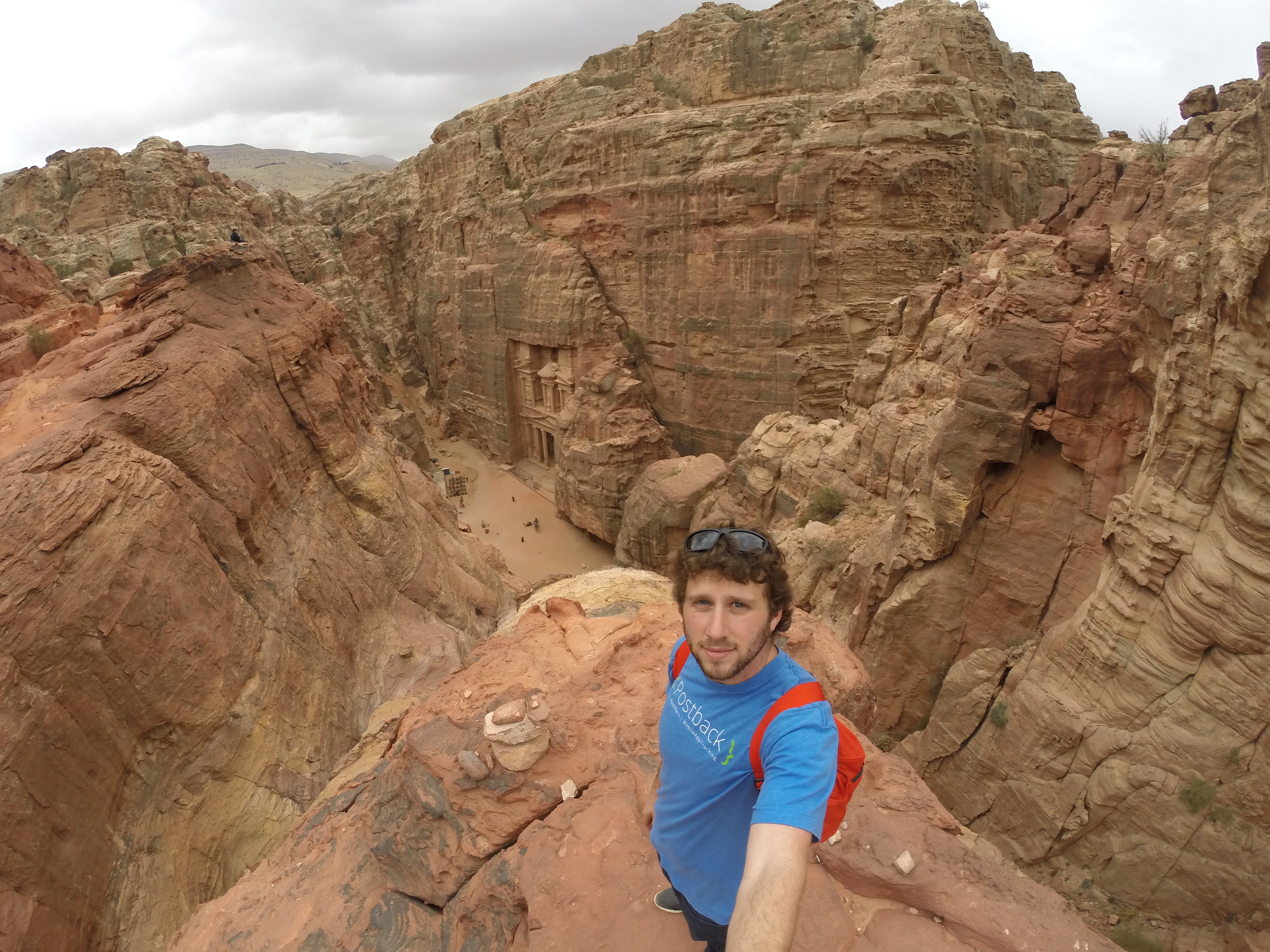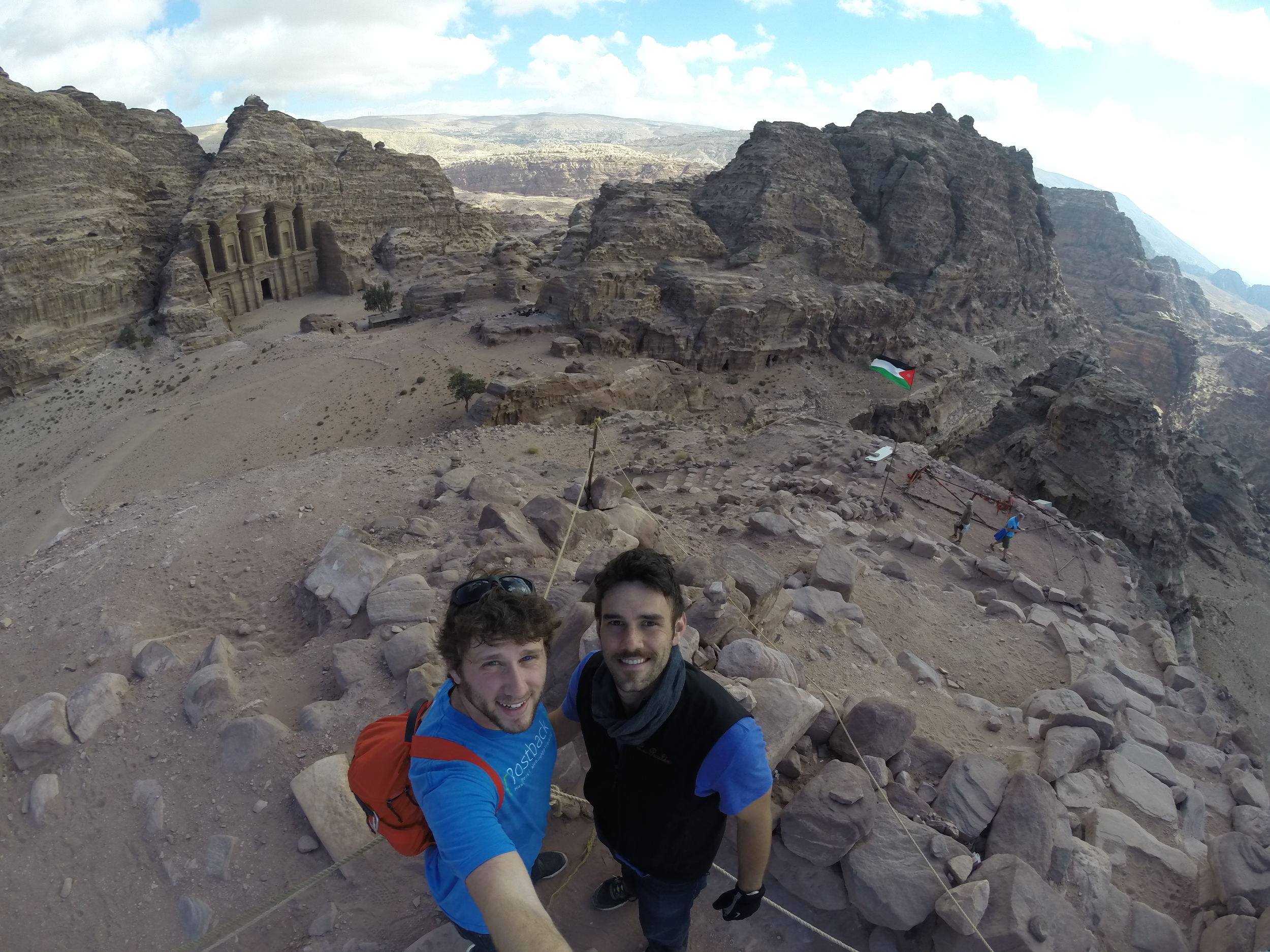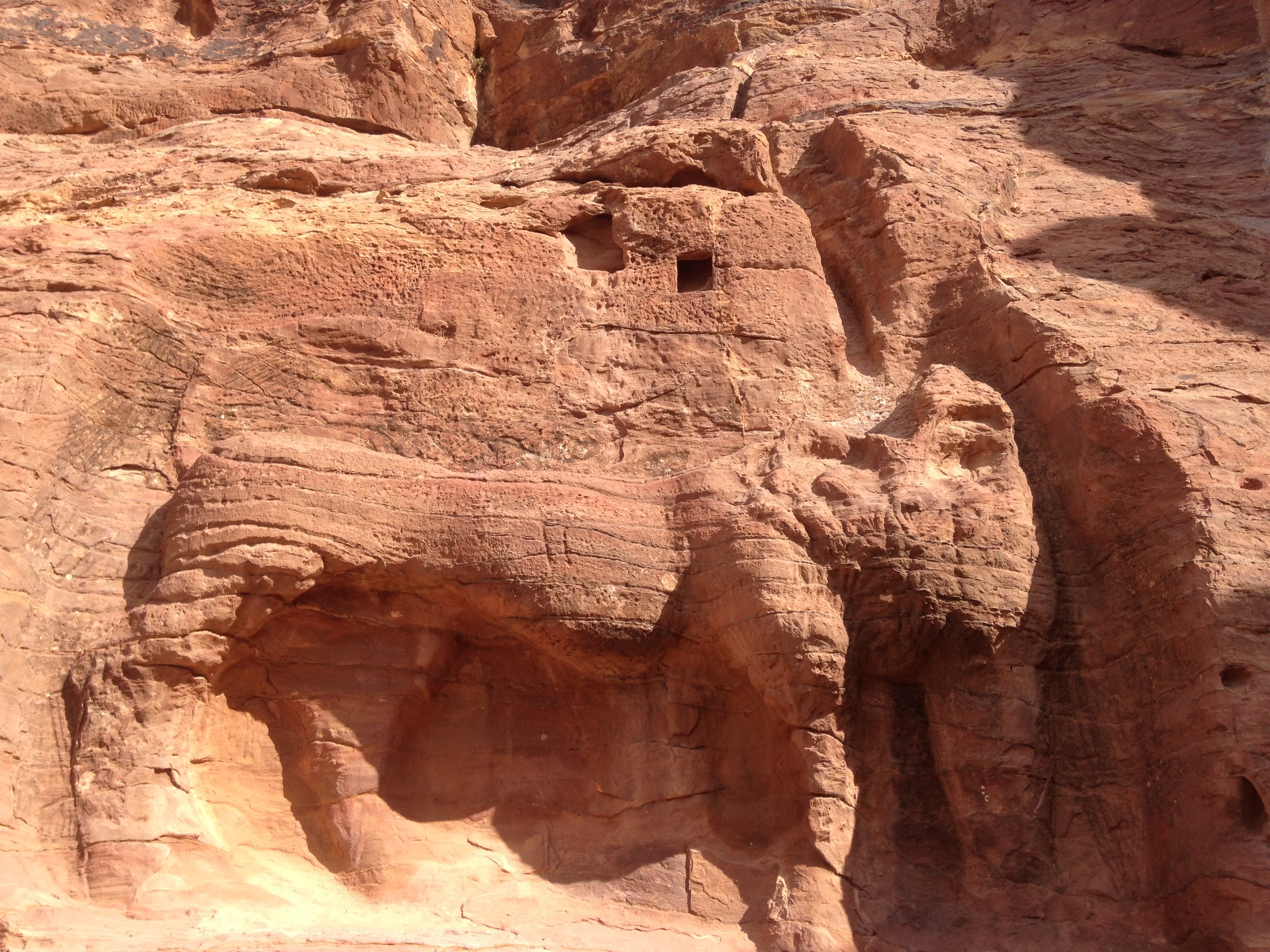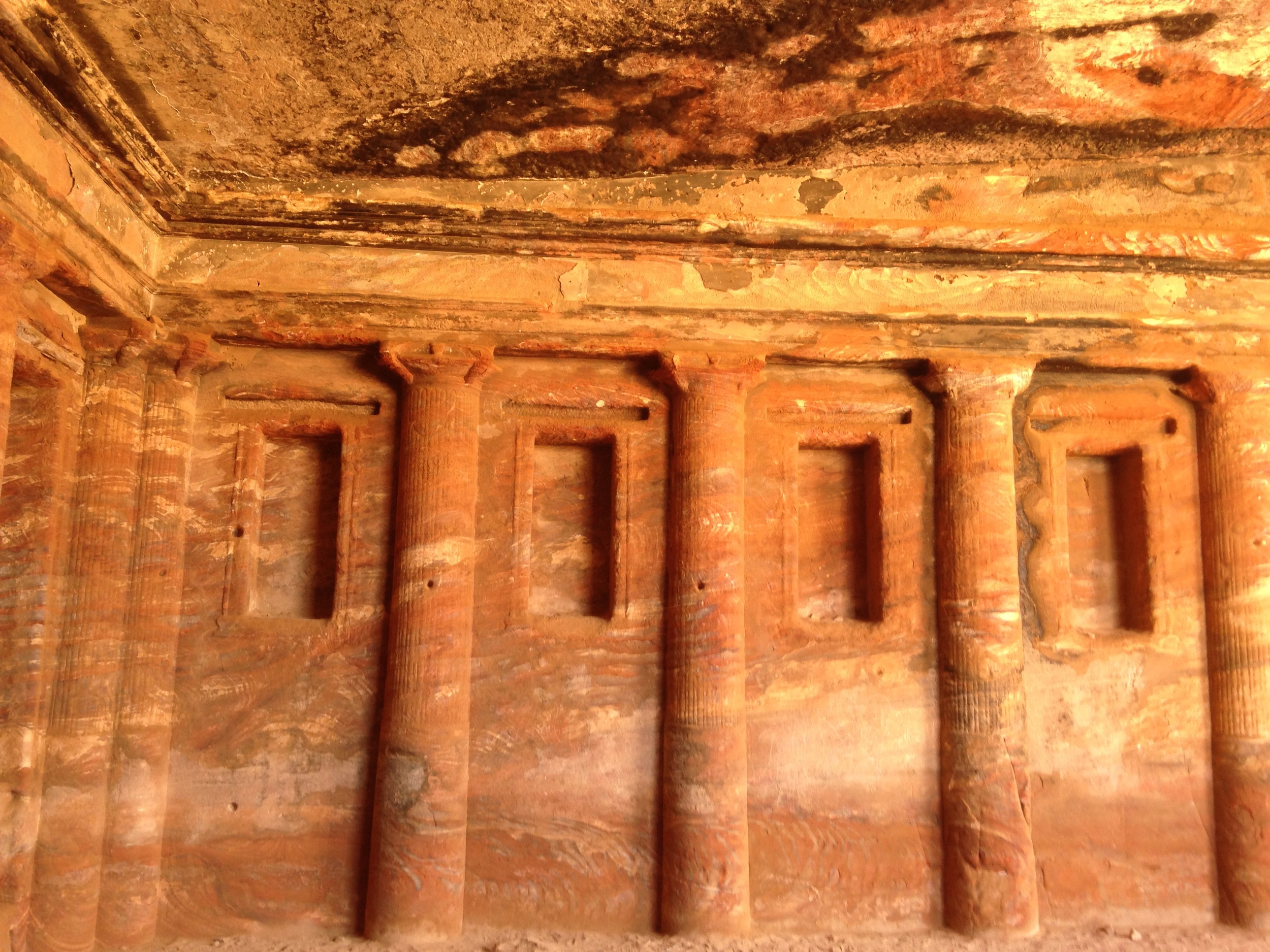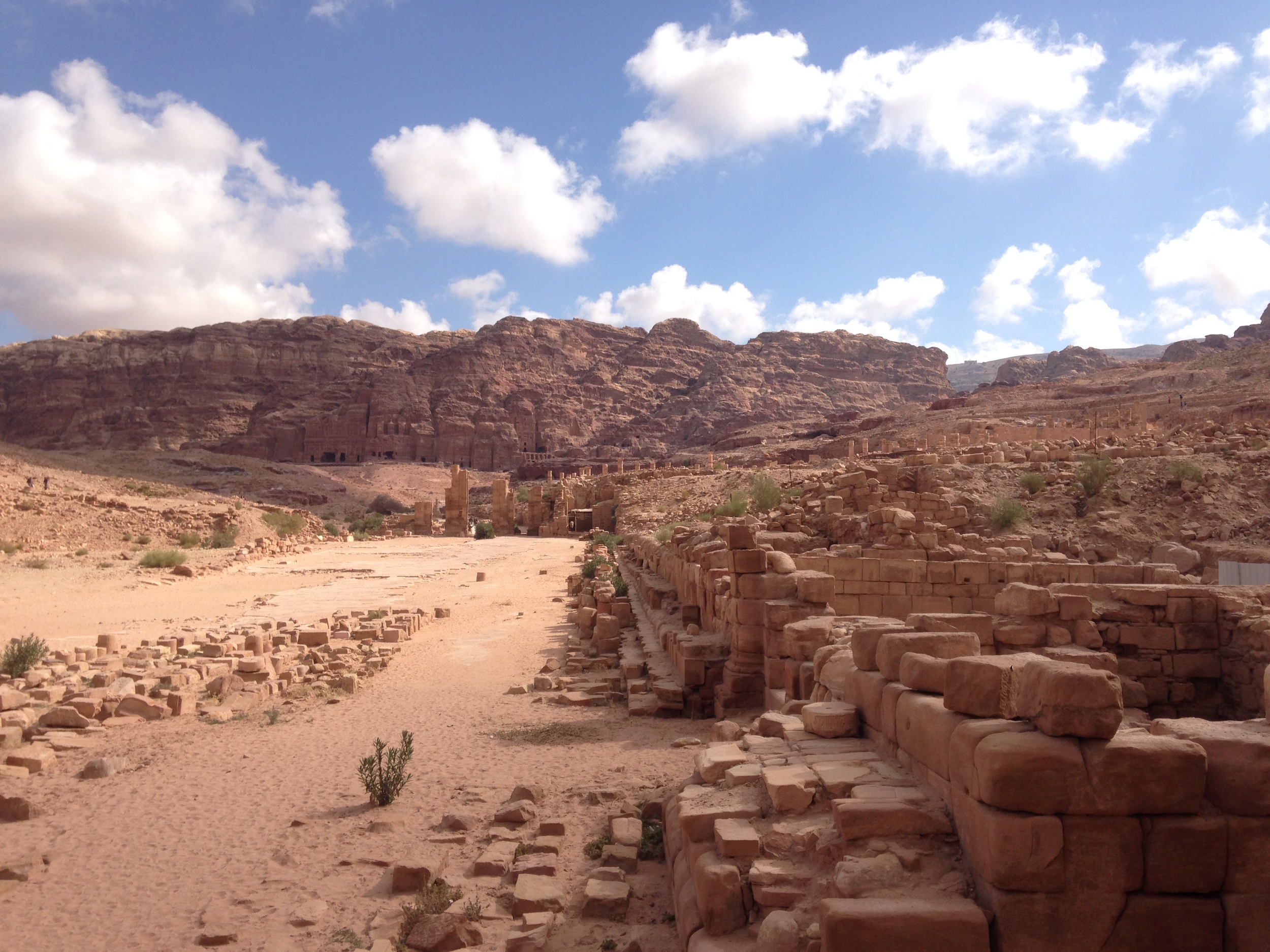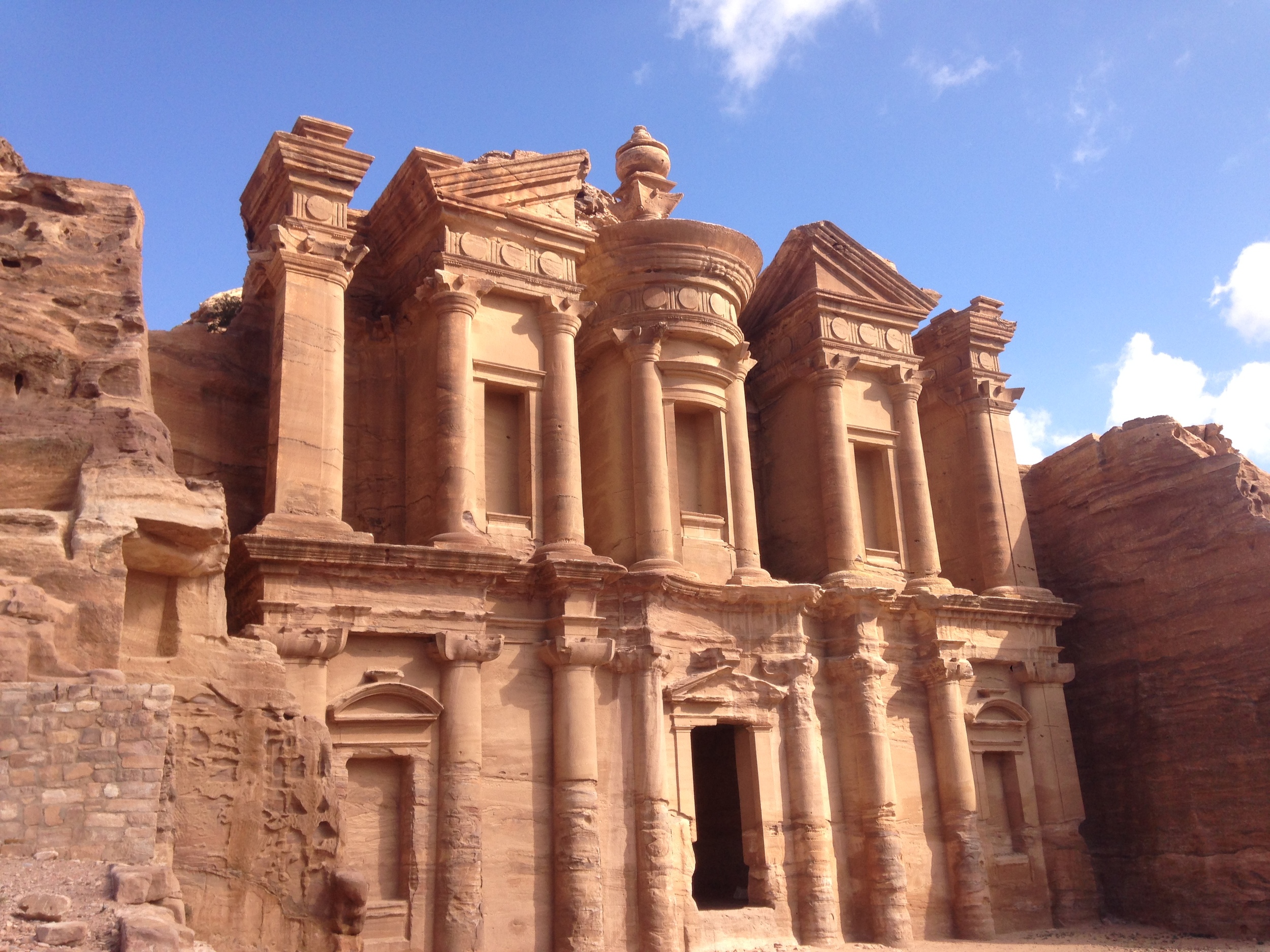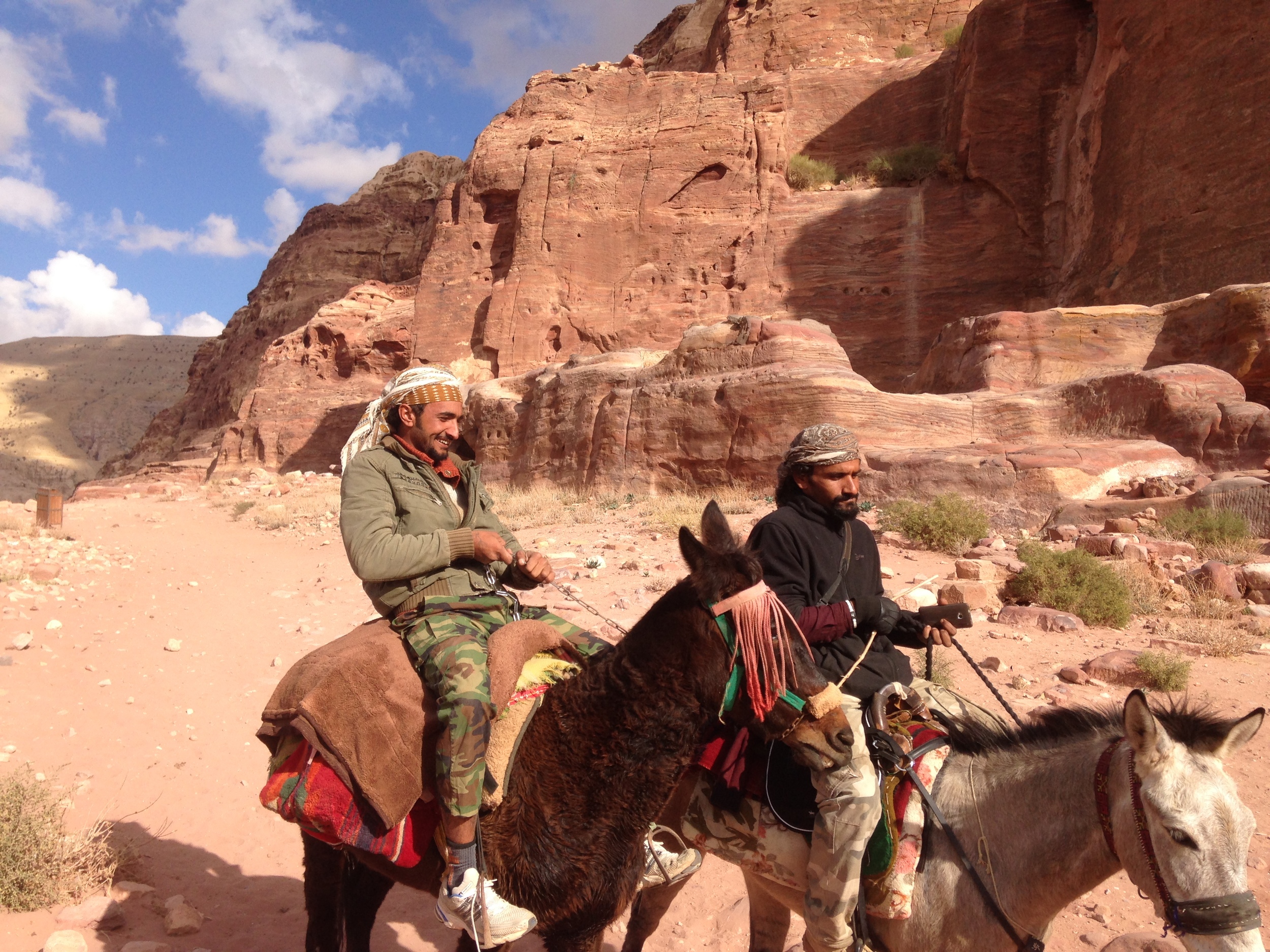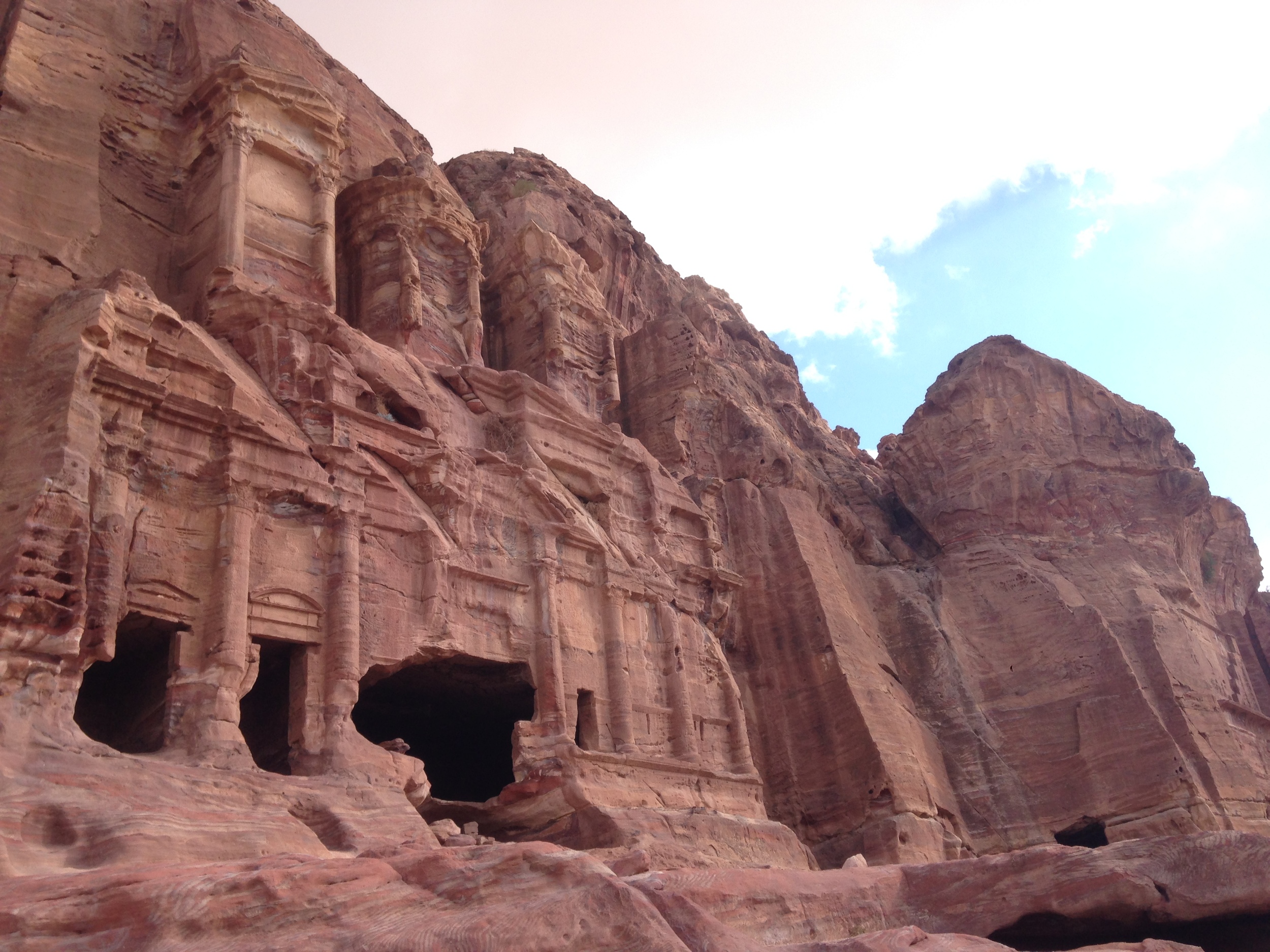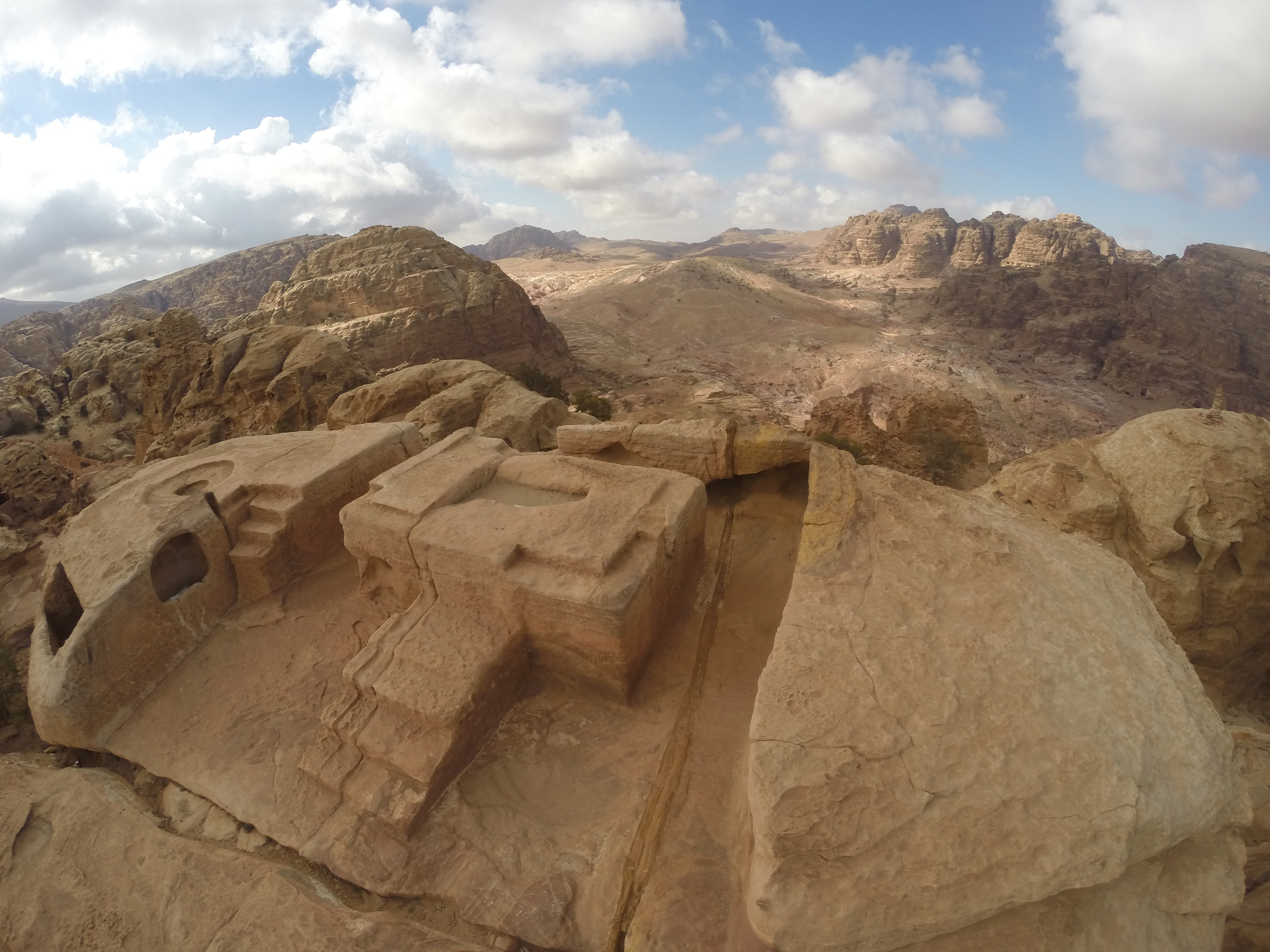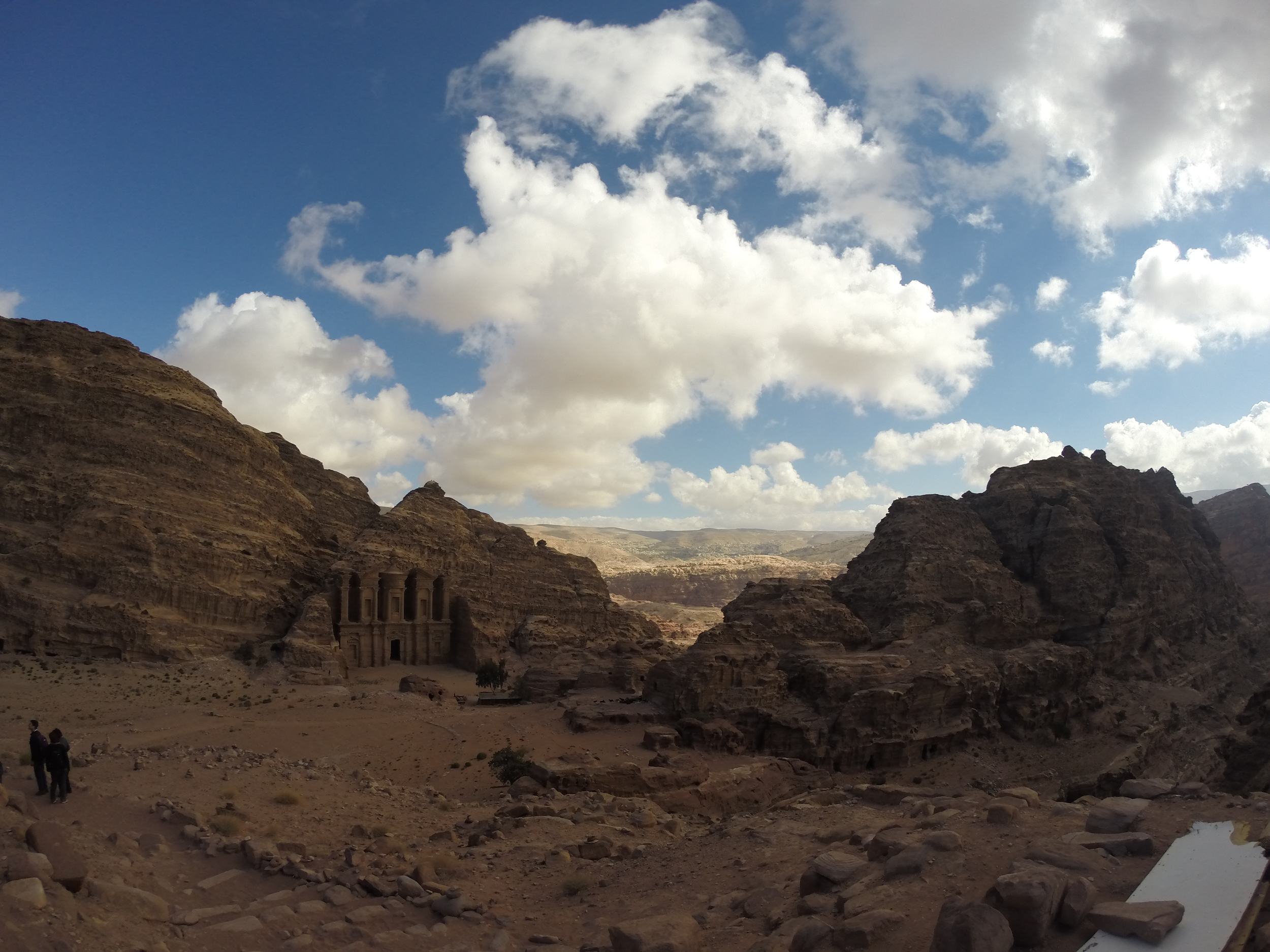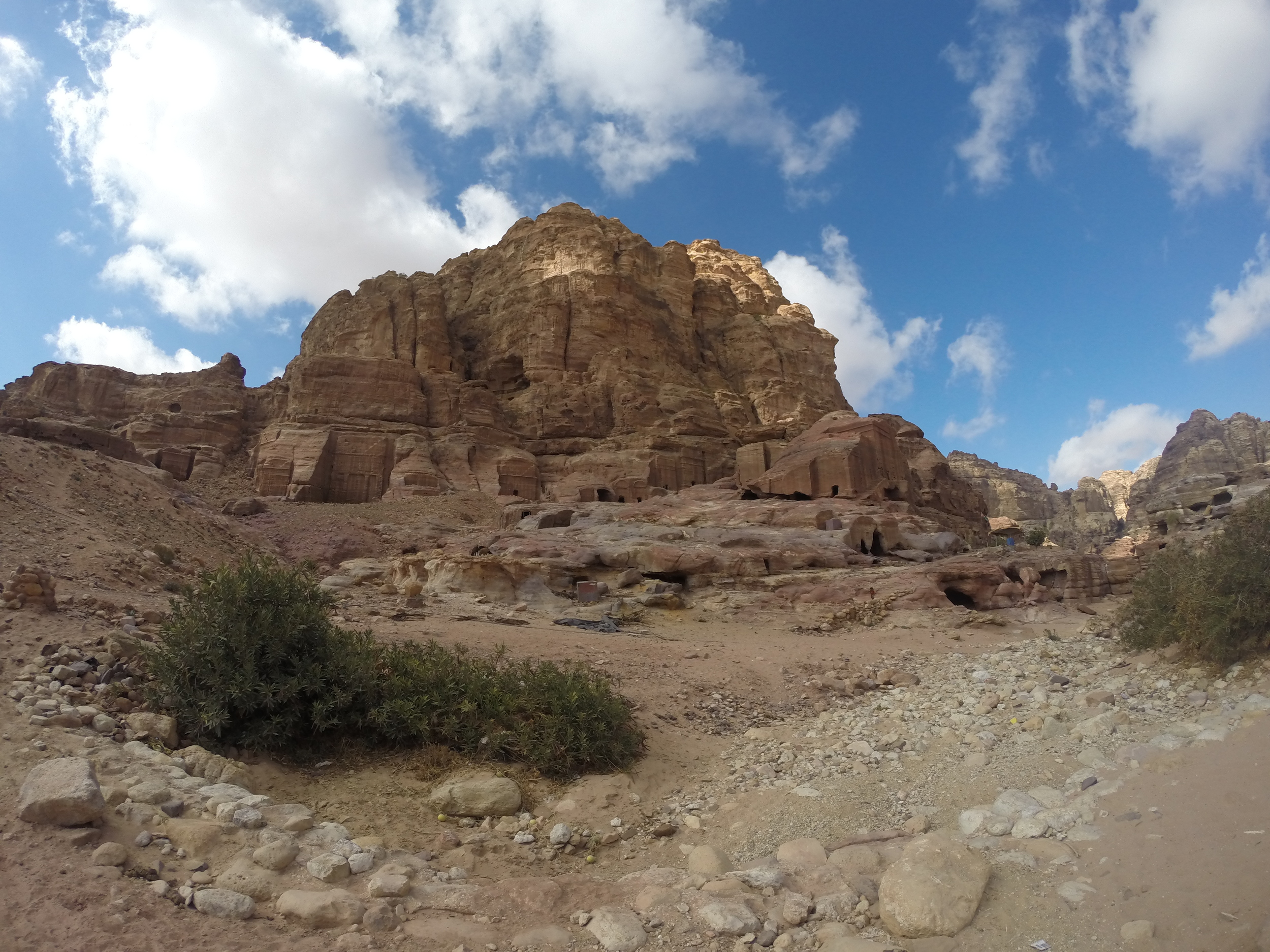Varanasi
Varanasi is a city unlike any other in India. Full of life exploding at dawn and dusk along the Ganges River, a visit to Varanasi brings fantastic evening fire ceremonies and beautiful dawn boat rides along the shore.
By the time I made it to Varanasi I had spent close to three months in India. I had already navigated the larger cities, waded through vendors on crowded tourist paths, and visited some of the holiest places in the world for Hindus and Sikhs. I felt as if I had come to an understanding with India, albeit a small one. However, when I arrived in Varanasi it was almost like stepping off the plane for the first time into India once more.
Varanasi sits on the bank of the Ganges River in north India in the state of Uttar Pradesh. It is considered the holiest of the seven sacred cities in Hinduism and Jainism and is often regarded as the religious capital of India. Between the healing powers of the Ganges River and the Hindu belief that death (with cremation) in the city brings salvation, Varanasi is the city of life and death.
Bathing in the morning along the Ganges.
Varanasi’s effect on travelers is of the polarizing sort. From conversations with fellow wanderers, Varanasi is either your favorite place in India or home to some horrid experience. After arriving I understand both perspectives and luckily find myself leaning towards the former. Varanasi takes all of India, the smells, noises, religion, vendors, beggars, cows, and wraps it all up in a highly concentrated dose for the unprepared traveler. If it is your first stop in India it is easy to understand why it may be an unwelcome shock. For me, I felt like I was receiving a true dose of real India, away from the tourist crowds of Rajasthan, Delhi, and the Taj Mahal.
Whacking laundry across stone slabs and drying them in the morning sun.
Not to say that Varanasi isn’t touristy, but it is easy to lose yourself in the evening Agni Puja (fire worship ceremonies dedicated to Lord Shiva) or a boat ride along the Ganges watching hordes of men, women, and children bath in the morning light.
Evening Puja.
My fellow boat rider with a candle inside flowers that are sent to float down the river.
Burning Ghats
In my life I have seldom been faced with death or more specifically, dead bodies. Beyond a couple of open casket funerals, I have never even seen a dead body. At home, the lives of aging individuals creeping closer towards the finish line are swept behind the curtain of nursing homes and hospitals, but in India death stares you straight in the face. In Varanasi, death is a common as ordering a banana lassi.
The riverside in Varanasi is dotted with ghats, which are the center of activity during morning bathing hours and evening ceremonies. Two of the ghats, Manikarnika and Harishchandra, are dedicated to the cremation ritual. In public, bodies wrapped in white cloth are brought out and laid on stacks of logs. Families and friends of the deceased sit along the steps and watch as the body is burned to ash. Attendants running the burning ghats walk around with giant sticks that they use to prod, roll, and flip the body to help it burn.
Coming across the burning ghats for the first time I sat in shock and reflection. Watching bodies being carried out, set aflame, and burned to ash seemed to have a profound effect on me. Death is something i have little experience with and having bodies burned in front of me stopped me short. Seeing the burning bodies handled with a surprising lack of care struck me as disrespectful, but seemed to go unnoticed by family members of the deceased.
Men carrying logs for more pyres at a burning ghat.
None of the family members seemed to exhibit signs of sadness or grief. Instead the burning is a happy occasion paying tribute to a fully lived life that will end in salvation through the cremation process on the banks of the Ganges River. After the body is finished burning, the ashes are collected and given back to family members who take a boat into the river to release them.
Bodies are constantly brought out at every hour of the day to be burned and it is common to see three to four bodies on fire on separate pyres at the same time. Between the two burning ghats over 300 bodies are burned a day.
The juxtaposition of life and death in Varanasi makes it one of the most vibrant cultural and spiritual places in the world. It is one of the most fascinating places to walk during the morning and night, and equally enjoyable to take a boat for a perspective from the water.
Leaving India for Nepal
After a delayed train and cramped local bus, I made it to the Nepal and India border at Sunauli. The border process was extremely easy. On the India side you check into a small office nestled between convenient stores and restaurants and wait a few minutes to get your exit stamp. Crossing underneath the Indian and Nepali arches you walk into a better maintained immigration office to get your Nepal visa. After filling out a short form, giving a small photo, and paying $100 I instantly received my Nepal visa. With smiles from the immigration officers and route phrases of “Welcome to Nepal,” I could already feel myself relaxing and shedding some of the mental armor I had required while traveling around India. I will admit it was refreshing to be out India
Nepal!
An eight-hour shared car ride later I arrived in Thamel, the heart of tourism in Kathmandu, at 11 in the evening. I found a guesthouse down the road and immediately crawled into bed. I was tired from the total 24 hours travel (delayed train departure and arrival made it longer than advertised). As I fell asleep my thoughts lingered on the snow capped Himalayan Mountains, excited for the days to come.
Indian Police, a Hospital, and Sikhism
My Indian friend almost got thrown in jail for walking with me around Jaipur, my ear piercings from Jaisalmer became infected leading me to a hospital in Delhi, and a brief, but glorious, visit into the heart of Sikhism at the Golden Temple in Amritsar.
The Tourist Assistance Force in Jaipur
My first night in a Jaipur hostel I became friends with an Indian guy a few years younger than me named Utsav. From Chhattisgarh, a state in the middle of India, Utsav was on the final days of his first time traveling on his own and had fallen in love with the idea of backpacking around the world. He had many questions about traveling and I was more than happy to share what I knew. On his last day before leaving Jaipur we met up to walk around, do some shopping for his family, and see a couple of sights.
Utsav and I in front of the Hawa Mahal in Jaipur.
On our way to Jantar Mantar, the famous grounds full of architectural astronomical instruments inside the Pink City, a brown clad policeman with a Tourist Assistance Force badge came up to use while we were walking. In Hindi, we were beckoned to follow him to a small police hut outside of Jantar Mantar. As we were about to enter the hut the police tried to wave me away, but I refused to be separated from Utsav and was unsure of what was going on.
Once inside the hut we were sat down and another police officer joined us. They both immediately started berating Utsav in Hindi, asking for his ID. and then his wallet. The tone was harsh as I watched them tear through every item in his wallet, discarding the contents with abandon into disarray upon the table. I waited with a questioning look on my face until Utsav finally turned to me, hands up with disbelief, and informed me that the police were trying to arrest him on charges of attempting to scam or rape a tourist (i.e. me).
The little police hut.
One of the officers.
Utsav inside the police hut.
I believe I am a fairly good judge of character. I had spent the previous evening chatting with Utsav about travel, his family, work, and life in India. It was I who invited him to explore the city and I was extremely confident that he had not concocted an elaborate ploy to get some money out of me. After hearing what the police were threatening I immediately began speaking in English to defend Utsav. I know the words themselves may not have been understood, but the meaning in my voice was clear.
Utsav told me he had to wait until they finished looking up his details. He didn’t appear worried and both him and the police said I could go. Utsav repeatedly told me he felt bad wasting my time, but seeing the police in action was far more interesting than visiting another sight. I also wanted to make sure nothing happened to Utsav.
After 10 minutes two plain clothed men came into the hut, and introduced themselves as undercover policemen. One of them spoke English well and I immediately asked him to apologize for the rudeness of the previous police officers. I think he was a little shocked at my reaction and he quickly began explaining his job to me.
The Tourist Assistance Force was created to assist tourists in Rajasthan. I am not sure if this department exists in other Indian states. Due to a rising number of reported cases of rape of foreign travelers that have brought India into an international spotlight, Rajasthan in particular is taking measures to ensure tourist safety from rape and other scams. Apparently a new law has been passed, only in Rajasthan, that states Indians are not allowed to walk around with tourists unless they’re an official guide. I don’t know whether or not this it true, but he was trying really hard to come off as the good guy who was only doing his job to protect me and other tourists.
For the next twenty minutes the undercover police officer continued to question Utsav, asking him how we met, what he was doing in Rajasthan, and apparently making his own threats to Utsav. Finally the regular uniformed officers returned with Utsav’s ID and we were allowed to leave.
While we walked around the Jantar Mantar I got the whole story from Utsav about what they were saying to him in Hindi. The undercover policemen repeatedly threatened to throw him in jail and beat him until he made a false confession. He was also subtly given the opportunity to pay a 500 or 1000 rupee bribe to be let go immediately. After the undercover policeman’s emotional tirade of how he was only attempting to protect me, I was shocked that a bribe worth $10 was enough for him to turn his head away from potential criminal activity.
The giant sundial at Jantar Mantar
It was sad to experience first hand a bit of corruption in India. I really hope that a woman or man who is in fact in danger of being raped or scammed do not have the police simply turn their heads away at a small bribe. Corruption happens everywhere in the world on large and small scales, and it was interesting to see a part of it in India. Utsav didn’t seem surprised as the interaction, only disappointed. In the end, I believe with my presence and the lack of any evidence or history of trouble on Utsav’s part there was nothing for the police to do but let us go.
Not to be brought down by the police and corruption, Utsav and I had a wonderful rest of the day walking around the old city in Jaipur. I finally learned all the rules to cricket, timely because of the Cricket World Cup, and we stopped at probably the best lassi shop in Jaipur, where they serve the lassi to you in a clay mug that you can smash into the trash can (or street if your Indian) when you're finished. We had a great day discussing the differences between the USA and India. I hope Utsav enjoyed learning about my life in the states as much I enjoyed hearing what it was like to grow up and live in India. Overall it was a fantastic day.
The Amer Fort outside of Jaipur.
Lady Harding Hospital in Delhi
Getting my ears pierced in Jaisalmer did not work out so well. You live, learn, and hope not to make the same mistake again.
The technique of rubbing saliva around my earrings in the morning wasn’t enough to ward away infection or combat how tightly they were twisted against the back of my ears. After a week my ears were clearly infected and I was doing my best to clean them with salt water and fight the infection with antibiotics (so cheap in India!).
When I reached Delhi the earrings became a lost cause. The backs of both had been sucked inside my swollen ears. I decided that the rescue mission was over and it was time to just get them out. I visited a tattoo and ear-piercing parlor down the road from my hostel to see if they could remove them.
The parlor turned out to be a small desk in a hotel lobby. With a shrug, I continued forward to explain what had happened to my ears and see if they could get them out. The guy took one look at my ears, agreed that they were indeed infected, asked me how and where I had gotten them done, and then proceeded to curse my Jaisalmer piercer in broken English as he examined my ears.
After a bit of fiddling and cutting off the fake diamond on the left earring, the piercer finally gave up amidst cursing. He didn’t feel comfortable or able to remove my earrings. Instead, he recommended some ointment to help the swelling go down. He said that after ten days of using the ointment it would be much easier to remove the earrings.
Ten days is a long time to wait and I wanted to get the earrings out as soon as possible. I talked to the guys running the hostel and they suggested I call a doctor to get it removed. After calling the doctor he said he was not equipped for any small-scale surgeries and suggested I go to a hospital. I wasn’t expecting a surgical procedure to be necessary, but if it was then fine, it’s just my earlobes.
I hopped in an auto rickshaw to go to the nearby Lady Harding Hospital. The hospital was an industrial maze, half indoors and half outdoors. The corridors were lined with patients and families huddled under blankets to keep out the cold of the rain. With guidance from a few security guards I managed to find my way to the emergency area. There were three kiosks with doctors and a room off to the right in plain view with patients lying down on gurneys, IV’s stuck into their arms. When I got to the front of the short line, I was told that my ears were not an emergency, which I agreed with, and was told to come back on Monday, when the rest of the hospital was open (it was Saturday).
Returning on Monday I found a much livelier place within the dark cement walls of the hospital. I went back to where I received help the first day and was led away by a friendly Indian man who walked me to front of every line in multiple departments, trying to find the correct place for me to go. I felt horribly guilty. My medical issue was rather insignificant compared to 99% of everyone else's and just because of the color of my skin I was being given special treatment.
After being led to the front of three lines, getting some papers stamped, I was next in line for kiosk number 6 in the O.D.P. (outpatient department something). I handed the doctor the papers I had been given and asked if she would be able to remove the metal from within my ears. She dabbed something on a cloth, cleaned my ears, and I could feel her moving the metal around with her fingers. Within ten seconds she removed the metal from my left ear. With a slightly stronger twist and tug on my right ear, the other earring came out along with some flesh. I'm guessing the ointment I bought at the suggestion of the local tattoo shop had helped quite a bit.
The chuck of metal that was entirely inside my ear on the left, and the earring that came out of my ear with some flesh on the right.
She wrote down suggestions for post treatment medications, told me not to get it wet for a few days, and sent me on my way. Back in the main hallway I realized I had just been given VIP medical care and set loose without paying a cent. I looked around to see if there was somewhere I was supposed to go to pay, but I couldn't find anything. On my way out I waved to the guys who had helped me wondering if they would stop and tell me where I would pay for the medical treatment but nothing happened.
It was quite an interesting trip to witness the medical care in a hospital, even if I just saw part of the system and I can safely say that my ears have healed since.
The Golden Temple
The state of Punjab lies against the border of Pakistan in northwest India and is the only state where the majority of the population are Sikhs. I visited Amritsar, which is about 30 kilometers from the Pakistan-India border, and experienced one of the highlights of India – The Golden Temple.
The Golden Temple is the holiest site in the Sikh religion. The pool of nectar that surrounds the Golden Temple is a holy bathing site for Sikhs. Legend states that an old man with leprosy was laid to rest by his wife against a tree on the shore of the water. While the man was waiting for his wife to return he saw crow after crow enter the water and emerge as swans. He dragged himself into the water and returned healed, becoming the first Sikh Guru. A complex that is part museum, part religious activities, and part community surrounds the Golden Temple and pool of nectar.
The Golden Temple surrounded by the Pool of Nectar, which is in turn surrounded by the complex.
You can reach the Golden Temple through the complex in any of the four directions. There are large arches that are always open welcoming visitors from every faith, gender, and background in at any time of day all year long. Every day over 100,000 meals (chapatti, dal, and something sweet) are served free of charge to visitors of any background in the temple complex. The cooking, serving, and cleaning are all done by over 400 volunteers every day. There is even space provided for visitors to sleep in the temple if they have no where else to stay. Witnessing the food production, distribution, and cleaning is an experience I will never forget. I have never been in the presence of such a welcoming and open religious community. I helped make chapattis for a short fifteen minutes, and I'm ever back, I plant on spending several hours volunteering.
One of the halls where visitors are fed.
Huge cooking pots in the kitchen where the dal is made.
A volunteer flipping chapattis rolled out by other volunteers.
The 10th Guru of Sikhism, also known as the current guru, is a holy book (after a couple assassinations of Sikh gurus the 9th Guru decided to have all the knowledge usually passed down to the next gurus placed into a book). Every night there is a ceremony where they bring the book out of the Golden Temple and lay it to rest in a bed in another building. The book is carried in a palanquin from the temple to its bed and Sikhs jostle each other for the honor of carrying it for 10-15 seconds. One of the best parts of the ceremony is the sheet on the bed where the book is laid to rest. On the evening I was there I saw pink flowery sheets and I have heard tell of zebra striped sheets as well.
Every day from ten at night and two in the morning, the entire complex goes into cleaning mode. I was able to explore the Golden Temple during this time and saw dozens of volunteers taking down golden ornaments and scrubbing them clean. Every single inch of the temple and the surrounding complex was being washed. During this time they no longer serve food, but you can still receive chai and biscuits.
As I explored the Golden Temple I came to a roof where to my dismay a symbol of America shines brightly in the night. From the roof of the temple the golden arches of McDonald’s rise clear over the complex walls and is the only thing you can see beyond the walls besides the stars. Oh America…
On the top of the roof is one more room where a Sikh man with an incredible beard sat reading a copy of the holy book. It may just have been a copy, but opened wide, the book had a wingspan larger than mine. As I peered through an open archway to watch the man, I stayed as quiet as possible in order to not cause an interruption. The man looked up and without stopping beckoned me into the room. I tucked myself into a corner, crossed my legs, and soaked up the sound of his voice.
I received only a brief introduction to the Sikh religion, but the community and inclusion I felt within the Golden Temple and its complex was unlike any religious experience I have ever had, plain awesomeness.
Fun fact – Sikhs don’t have to wear helmets in India because of the size of their turbans.
Sickness, Sand Boarding, and a Rat Temple
From Goa to the various wonders of Rajasthan, here are a couple of stories that stand out from my past few weeks in India. A sickness in Goa that laid me flat for many days, a sand boarding adventure in the Thar Desert, and a walk into the slightly revolting rat temple.
Getting Sick in Goa
Goa has always been referenced as the paradise of India, a place where you could leave behind the bustle and relax in a liberal haven away from the conservative rules of other Indian states. The novels I had read painted scenes in my imagination of glorious beaches and winding roads where freedom is expressed with hair whipping in the wind on the back of a motorcycle. Deep down I knew that the Goa I had read about had evolved with the tourism of India, becoming more of a playground for foreigners than a refuge for Indians away from the city, I just didn’t know how much.
The few bits of information that Sam and I had about Goa guided us north to the beach of Arambol, where the free spirit of Goa still lived north of the resorts and wealthy tourists. The beach was beautiful, but Arambol was as crowded with tourists as I imagine any other place could have been. Every shop along the corridor to the beach was crammed full of shops selling tourists clothing, jewelry, and various souvenir knick-knacks. The beach was a line of restaurants with tables and beach chairs.
Arambol
During our first day we scoped out nearby beaches on the back of a scooter looking for a less crowded places to lay our bags for a week. We ended up settling at Keri Beach, the furthest beach north in Goa. It still had a few restaurants with chairs along the beach, but it was quiet and had zero shops touting their wares.
Maybe it was my disappointed attitude, but my streak of staying illness free ended after my first night out in Goa. I don’t know if it was the food, refreshment, or slightly dirty hands, but I woke up the following morning and instantly headed to the bathroom to hang my head over the toilet.
The previous evening flowed in front of my eyes and as my stomach emptied I realized there was more to come out, but from a different exit. Sitting on the toilet I knew I had a case of the Delhi Belly and hoped my vomiting was just a result of a long night out. On the bright side, having a bathroom where the toilet and shower are practically on top of each other makes it incredibly easy to clean up.
Lying in the hammock outside our little hut in Keri Beach, I forced myself to drink water to rehydrate my body. After drinking half the bottle my body tensed and I leaned over the edge of the hammock and vomited again, continuing into harsh dry heaves. In the following hours I had gut-wrenching twists over and over again as my body emptied all the water I tried to drink. I was sweaty, pale, exhausted, and fairly confident I had food poisoning.
Keri Beach
Heeding Sam’s advice, I asked for some toast and bananas – a staple of the BRAT diet (banana, rice, apple sauce, and toast), how I hadn’t heard of this in college I don’t know. I received a double decker sandwich of dry toast filled with banana slices. Not exactly what I was looking for, but it ended up getting the job done and afterwards I was able to keep down everything else I ate and drank.
It took three days and many banana lassis later to feel back to normal. I enjoyed my final days in Goa soaking up the sun, and don’t get me wrong, it is a wonderful place to visit. I was just hoping for a little more solitude. After the seven days in Keri, Sam flew to Bali, and I headed north to Rajasthan to meet my friend Robert who had been traveling for 7 months through Asia and had just reached India.
Sunset in Goa
I got the chance to catch the opening parade for Carnival in Panjim, Goa. I don't know the history behind this float...
Jaisalmer
Jaisalmer sits at the western edge of India beside the Thar Desert. Commonly frequented by tourists for camel safaris, Robert and I had a different goal upon reaching Jaisalmer – sand boarding (or sand sledding). We knew the dunes in the Thar Desert near Jaisalmer may not be large enough, but we were committed to see if we could make it happen.
The Jaisalmer fort
During our time exploring the Jaisalmer Fort, also known as the Golden Fort due to the yellow bricks, we popped our heads into numerous camel safari offices to enquire about sand boarding. We were met with blank stare after blank stare. One fellow who seemed desperate to make a sale, threw his hands up in the air declaring that he could make anything happen if we went with him, though he clearly wasn’t sure what sand boarding was. After a day exploring the dusty fort, gazing out over the town, and deflecting camel safari offers from those bewildered by sand boarding we realized we would have to make this happen on our own.
View of Jaisalmer from the fort.
In Jaisalmer we were couchsurfing and our host, Dev, owned four hotels, one of which we stayed at. After we returned to the hotel we spent time explaining to Dev and his brother Jora about sand boarding. After seeing our determination to go sand boarding, Dev called his carpenter to the hotel. After thirty minutes of explanation and translation we placed an order for three boards. One made of a thin sheet of plywood with a layer of Formica to help it slide smoothly over the sand and two others made of fiberglass. Robert had spent a little time researching about sand boarding, but we honestly had no idea how things would go.
The next day we received the boards and set off on our overnight camel safari, where we slept in the desert under the stars, visited the ruins of villages that once existed in the desert, and made stops to go sand boarding. The trip went splendidly, but the sand boarding failed epically.
Returning to Jaisalmer we were looking forward to relaxing on the hotel rooftop and spending more time with Dev, Jora, and other hotel guests. After a couple midday beers I told Jora that I was interested in getting my ears pierced. It is something that I have thought about before and I decided now was as good a time as any to get it done.
Jora called his guy, the brothers have a guy for everything, and his jeweler showed up at the hotel and whisked me off on the back of his motorcycle. We raced through narrow passageways of golden cobblestones, bumping off cows as we pulled up to his home. I was a little tense walking up inside the jeweler’s house, but felt more at ease after seeing the main room covered in jewelry. Obviously jewelry and piercing was this man’s business. The few thoughts I had about sanitation vanished from my head.
We sat down on a mattress, had a cup of chai, and looked over the earring choices. After the selection another man came into the room and began filing the back of the earrings into a sharp point. When he finished he sat next me to me, grabbed my right earlobe and shoved the earring through with zero warning. After glancing at the location of the piercing on my right ear he took hold of my left earlobe and made his strike again, this time needing to reestablish his grip to get it all the way through. He then took a pair of pliers to bend the metal in the back to make sure the earrings wouldn’t fall out and ended the procedure by cutting off the sharpened tips
In order to care for my ears in the first few days I was told to take my saliva each morning and rub it around the front and back of my earlobes. As the majority of men in Jaisalmer have earrings I figured they must know what they were talking about. After another chai and a quick thank you, we left the jeweler’s home for the hotel, but Jora took us instead to a barbershop to get my beard shaved. In under an hour I went from scruffy American tourist to a pale skinned Rajasthani with earrings and a stache.










Karni Mata Temple (Rat Temple)
Outside the city of Bikaner is the small town of Deshnok, home to the Karni Mata Temple. Legend has it that when Karni Mata’s son died in the 14th century she used her power to restore his life and reincarnated him as a rat. After that she decreed that all descendants of her family would be reincarnated as rats. As a result one of the strangest sights in India was created.
Entrance to the Karni Mata Temple
Stepping off the local bus after a forty-five minute drive from Bikaner, we were at Deshnok. The path to the temple is surrounded by stalls selling souvenirs and offerings. Plenty of rat stuffed animals and plastic toys were for sale and I wondered what was in store for Robert and I.
As with most temples in India we took off our shoes to walk barefoot inside. The ground was easily one of the dirtiest areas I have walked upon due to the hundreds of rats living inside and hordes of pigeons roosting above. I had hoped that the rats would be healthy and similar to the pet rats a few friends of mine had growing up. I thought that with the massive amount of food offerings the rats would be in good condition. I was wrong.
Tails were missing, fur had been ripped out in chunks, and many had open sores and wounds around their bodies. The rats looked like they carried the plague and had just escaped from the hold of a ship crossing the ocean. Afterwards I learned that a majority of the rats have diabetes from all the sugar fed to them by visitors. This caused the abnormally large testicles that many dragged across the ground as they scurried about.
These rats are not looking good.
Taking a step back from the initial condition of the temple and its inhabitants, I tried to breathe in the holiness of the temple and respect those who touched their heads to the feces caked floor in prayer. The combination of prayer and revulsion from the condition of the rats caused me inner turmoil and the only clear thought in my head was “this is so strange.”
When I tired of watching the rats pour in and out of holes and cluster around bowls of milk I exited the temple and instantly felt relief at the cleaner air outside. There weren't thousands of rats everywhere and the temple isn't an impressive structure, yet, the mixture of holiness and uncleanliness in one place gave me a new feeling I did not know how to interpret. I’m just glad my ancestors were not reincarnated as rats, sparing me from having to pray in a temple like this one. Regardless, it was totally worth the visit and is one of my highlights of traveling India.
Sri Lanka
The island nation of Sri Lanka has stunning beaches, spectacular views, and lovely smiling faces. For two weeks I traveled the country, met up with my college pal Sam, and enjoyed the delights that Sri Lanka had to offer.
When your travel plans are flexible you can end up anywhere. I received word that my dad would be in Sri Lanka and would like to meet up with me for the final days of his vacation. It had been over three months since I last saw him and not knowing when he would see me again sparked his generous offer of a ticket from India to Sri Lanka. After only 17 days in India I was off to Sri Lanka.
Fishing Village of Negombo
Stepping out of the Bandaranaike International Airport and hopping into a tuk-tuk to my dad’s hotel, I immediately noticed the relative calm of the streets and people compared to the bustling metropolises of southern India. Meeting up with my dad for his final day, we explored the fishing village of Negombo and a few of the nearby lagoons.
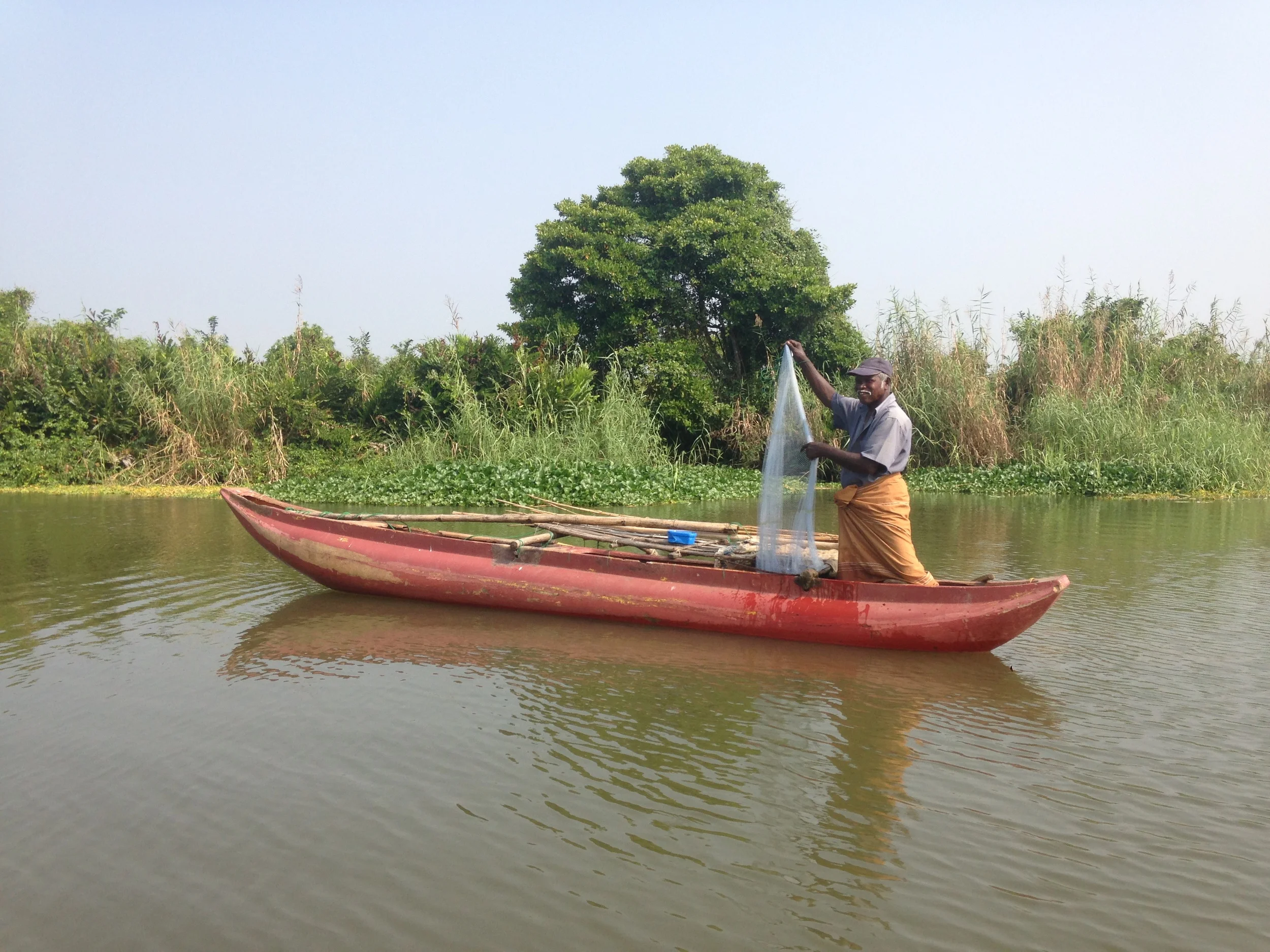
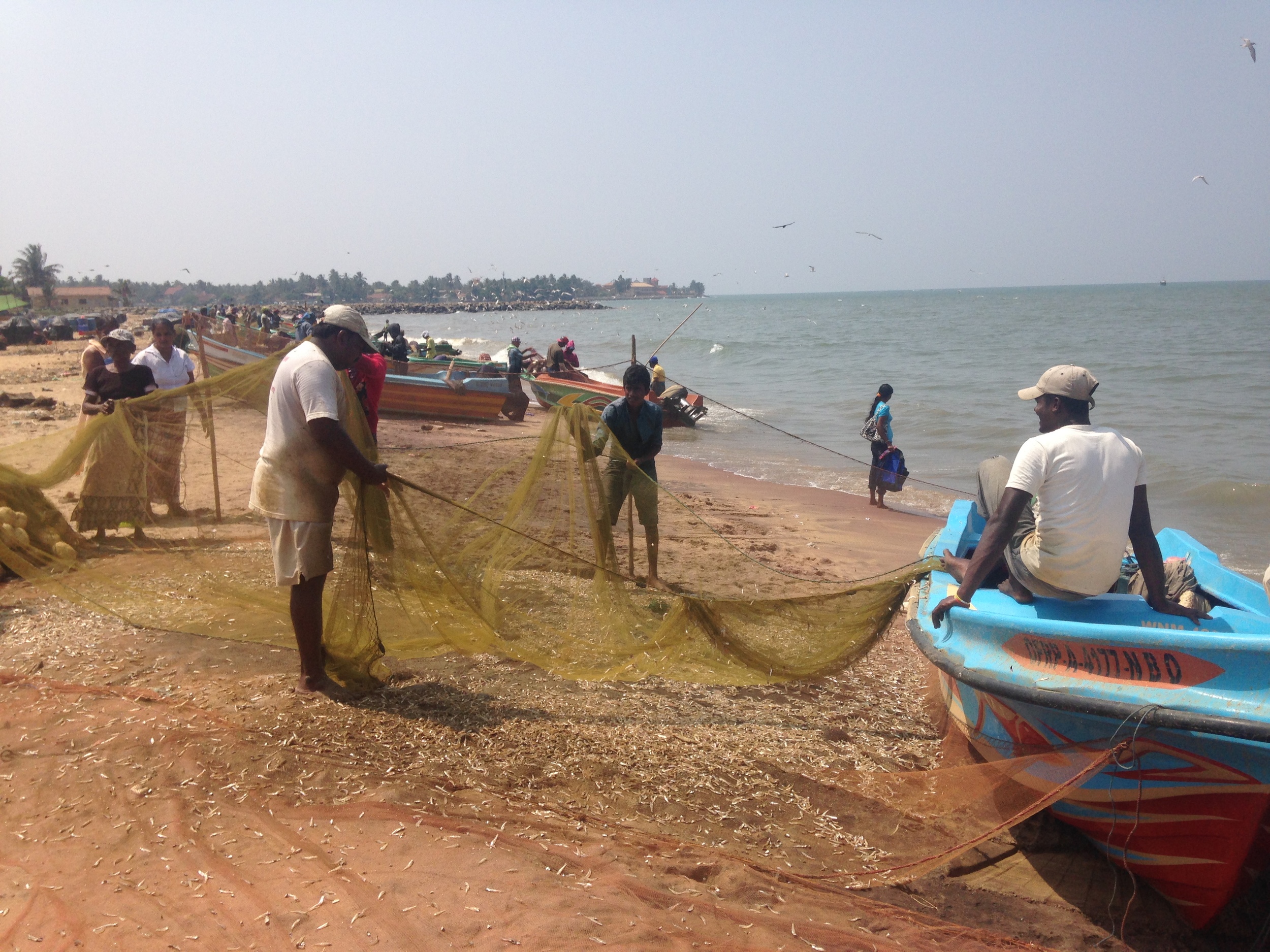

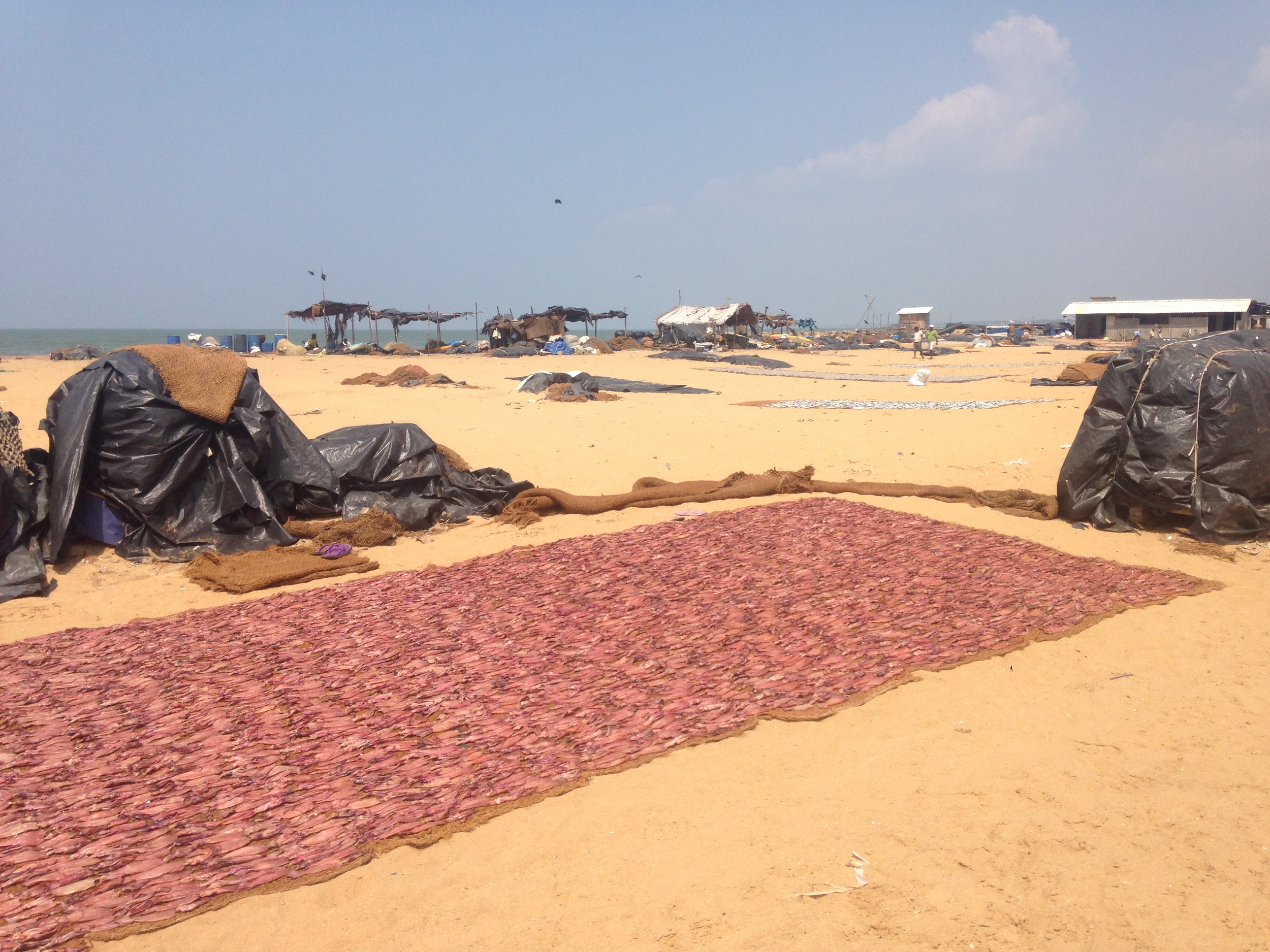
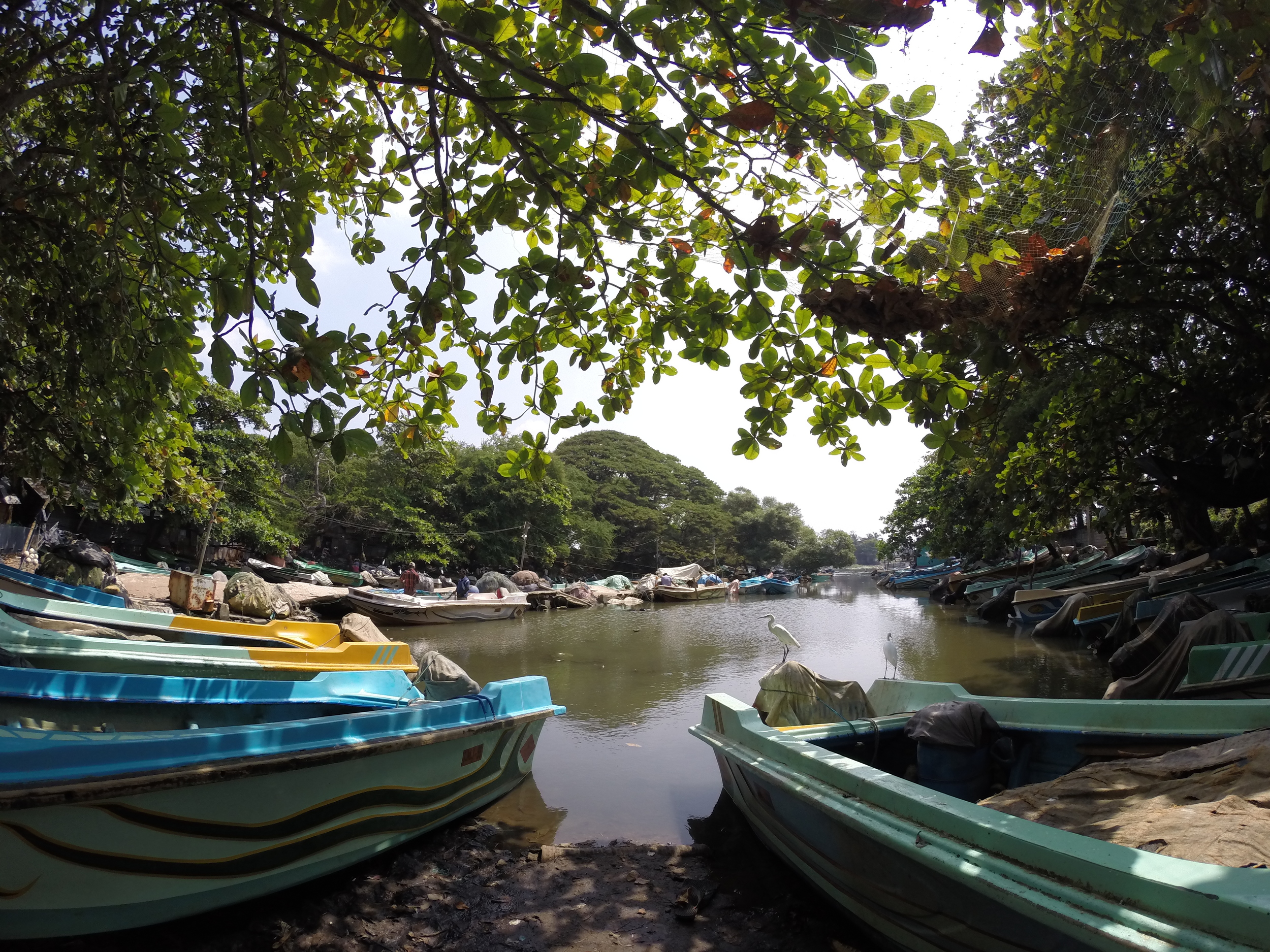

It was wonderful spending time with my dad and getting a taste of luxury travel, but after two great nights and one day I bid my dad a safe journey home and headed south to the beach.
Meeting at the Beach
My first stop was the southwestern beach town of Hikkaduwa, where I was greeted with soft sands, clear skies, and the sparkling ocean. I was happy to read in the sunshine, walk the beach, chase fish in the shallow water, and hang out with green sea turtles.
Sunset in HIkkaduwa.
Green Sea Turtle.
As I have never been to Sri Lanka before 2004 it was hard to see the damage from the tsunami that devastated the southern and eastern shores of the country. From my observations it seemed that the only hint of the damage was the narrow width of the shores and how the high tide brought water up the walls of some of the buildings. Nonetheless, it was a pristine beach with a laid back attitude. Bob Marley is very popular in Sri Lanka and it was nice to sit back with a Lion Lager and enjoy some reggae.
Two days later I headed further south to Mirissa Beach, the primary point for whale watching tours in Sri Lanka. I was less interested in the whales and more excited about meeting up with my good college friend, Sam Kustel. After a happy and joyous reunion along the main street we explored the town for a place to stay, dropped our bags, and hit the beach for two days.
Sam and I perfecting our selfie photo with Mirissa Beach in the background.
Entering the Hills
Without a doubt, the hill country of Sri Lanka is my favorite region. Beaches are wonderful, but deep down I am a mountain and hills, rivers and waterfalls kind of guy.
Leaving the south, Sam and I traveled to Ella, Horton’s Plains, and Delhousie (the village close to Adam’s Peak). Around every curve of the train tracks, the vista would open into a beautiful view. The rolling hills were covered with tea plants and down in the valleys were small farms of the villagers. Sitting with either my head out the window or in the doorway of the train, I attempted to soak in as much of the pure green landscape as I could.
Sam and I poking our heads out of the window of the train through the countryside.
In Ella, we hiked to a beautiful lookout atop of Little Adam’s Peak, rested our backs beneath the 80 foot high Rawana Ella Falls, and scrambled through the country side towards an unknown waterfall we could see in the distance. Halfway there, a father and son joined our walk and guided us through a series of twists and turns we would never have managed on our own to the waterfall. At night we rested in a room connected to a local families house and our neighbor ended up being a tour guide spending the night at a cheaper accommodations than his clients. It was a nice feeling to stay where the local guides would when in town.
The view from Little Adam's Peak.
Our local guides with the waterfall right behind them.
After a few days we moved west through the hills by train to the 100-person town of Ohiya, which sits at the base of Horton’s Plains National Park. Horton’s Plains provided an enjoyable 2-hour stroll with the often written about World’s End view, but my favorite part of our time was learning Omi (a Sri Lankan card game similar to Euchre) from the child of our host, Sean, and his friend Dar.
Next we headed to Delhousie, which sits at the base of Adam’s Peak. Adam’s Peak is an important pilgrimage site for many faiths. The holy site is home to the ‘sacred footprint.’ Depending on whether you are Buddhist, Hindu, Christian, or Muslim the footprint can belong to the Buddha, Shiva, Adam (as in Adam and Eve), or St. Thomas.
The spectacular view on the way down from Adam's Peak.
The approximately 5200 steps to the top take about two hours to climb without any rest stops. During the popular months of the pilgrimage, December to May, the path is lit up all the way to the top. We began the ascent at about 2:30 in the morning and made it to the top with plenty of time to kill before sunrise. It was a great workout that left our calves sore for days, but more importantly, imprinted a spectacular view of the countryside. Adam’s Peak was my favorite place in Sri Lanka.
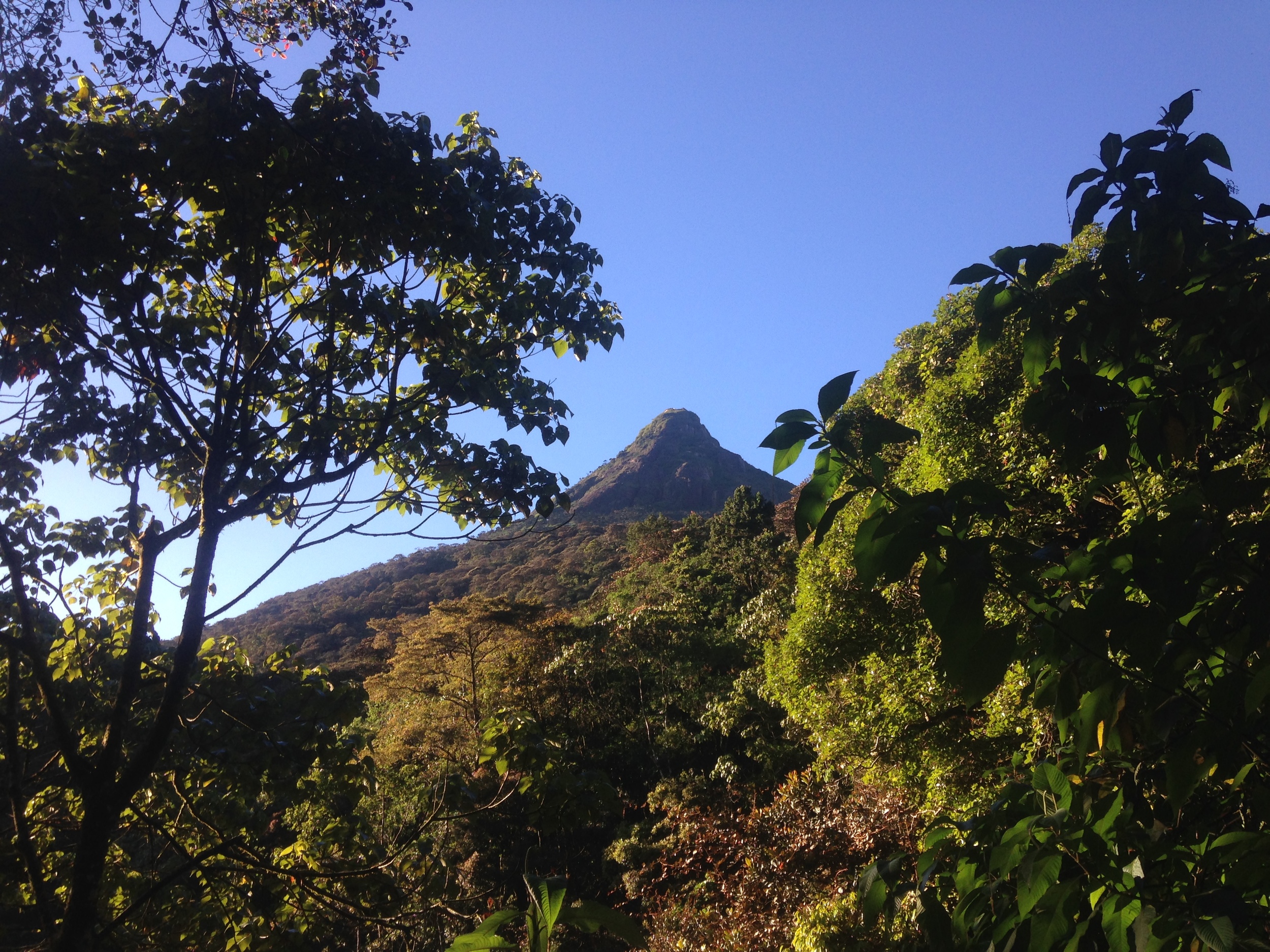
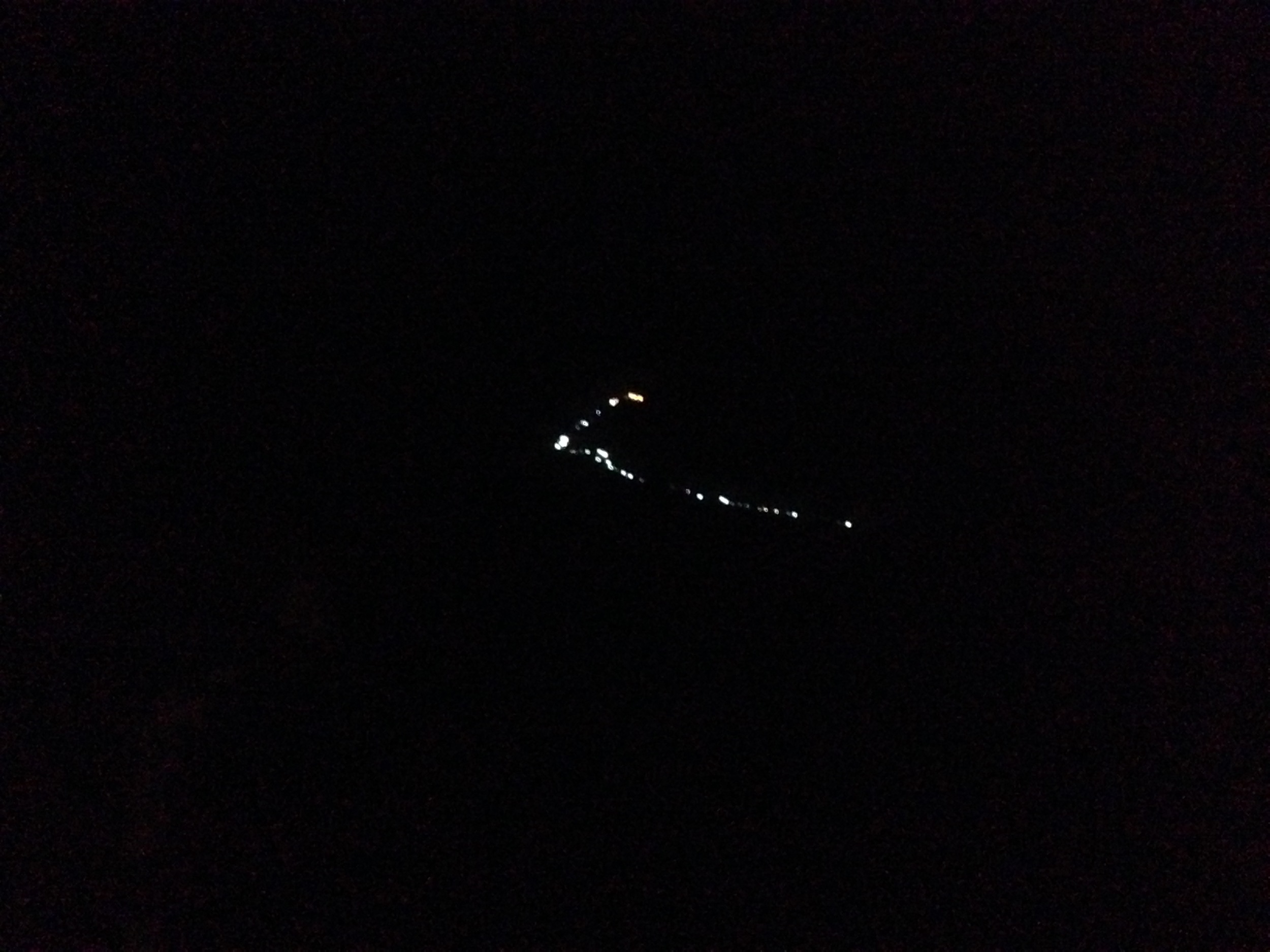
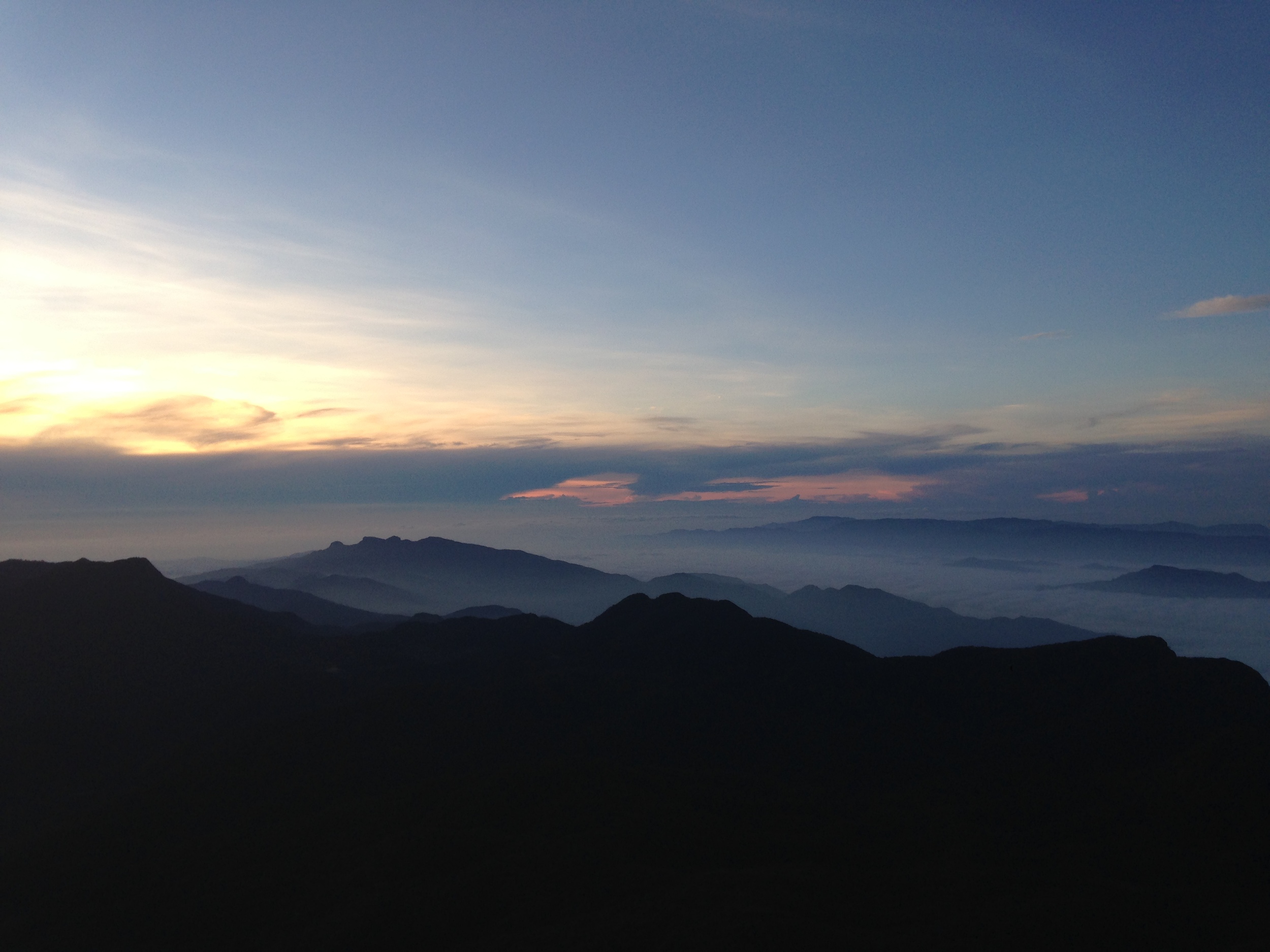

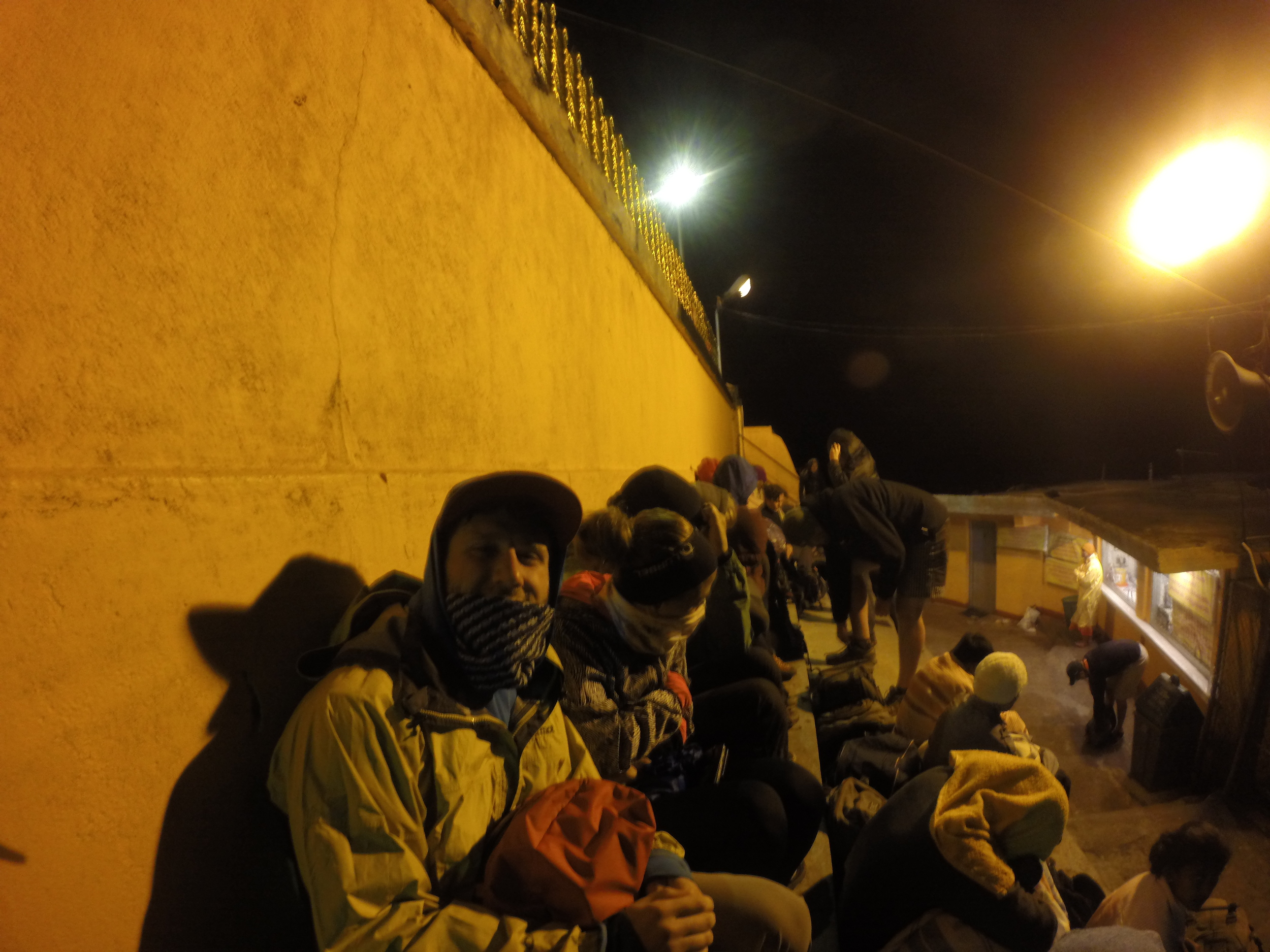
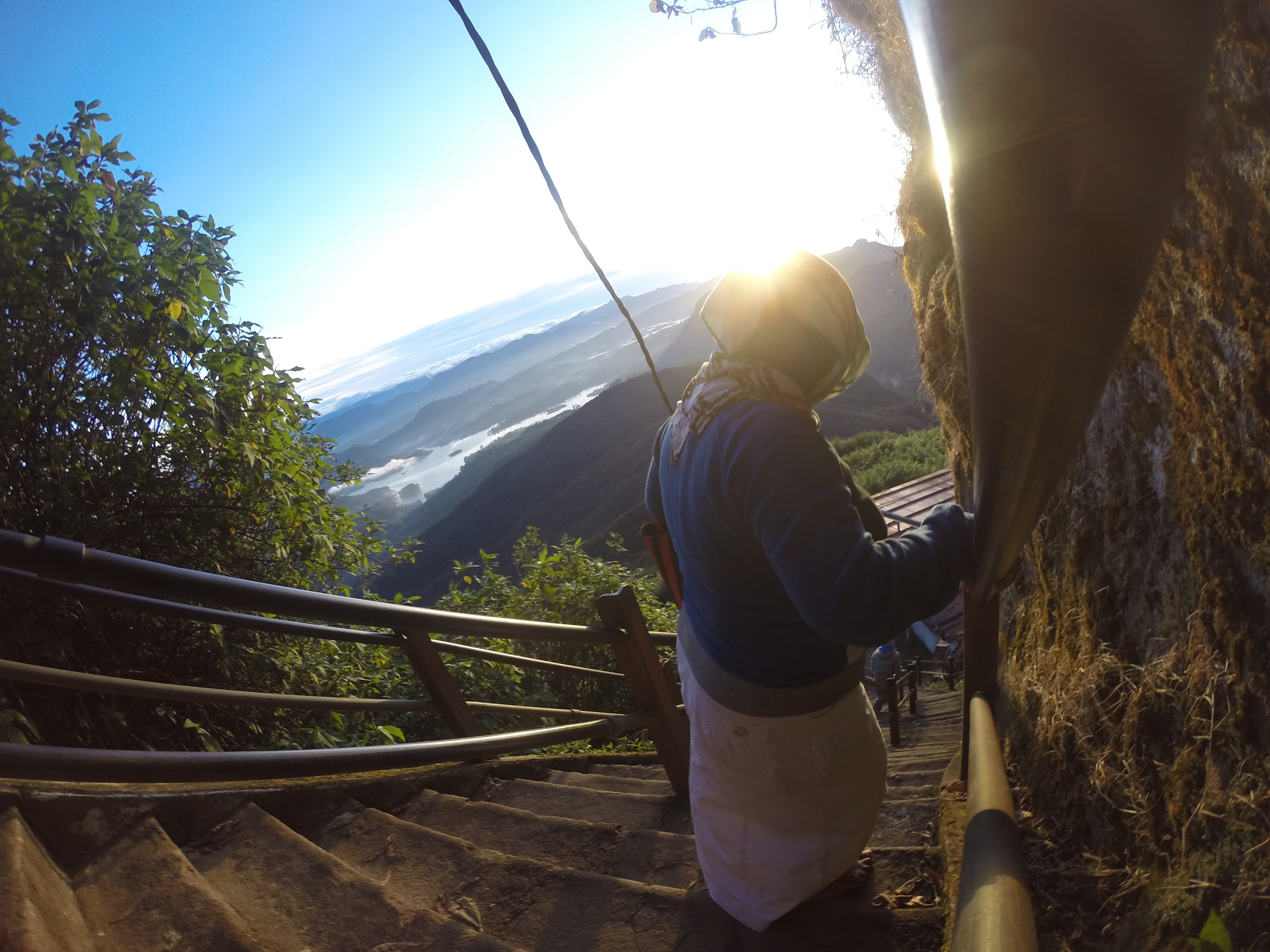
The Smiling Faces of Sri Lanka
The people of Sri Lanka are an absolute joy to be around. They almost always return a smile with a bigger brighter one of their own. The smiles can be behind a mouth full of sparkling white teeth, red teeth, one tooth, or no teeth, but the happiness behind each smile is all the same. I sometimes felt like I was walking around a Coca-Cola commercial because of how much smiling was going on.
It was a great two weeks in Sri Lanka. I wish I had a lot more time to leisurely enjoy the country, drink more Lion Lager, and rock out to more non-stop Sinhalese pop music that is often blasted for hours at a time on the bus. I highly recommend anyone remotely interested in Sri Lanka to go visit. While there is still much more to do, see, and enjoy in Sri Lanka, it is time for round 2 in India.

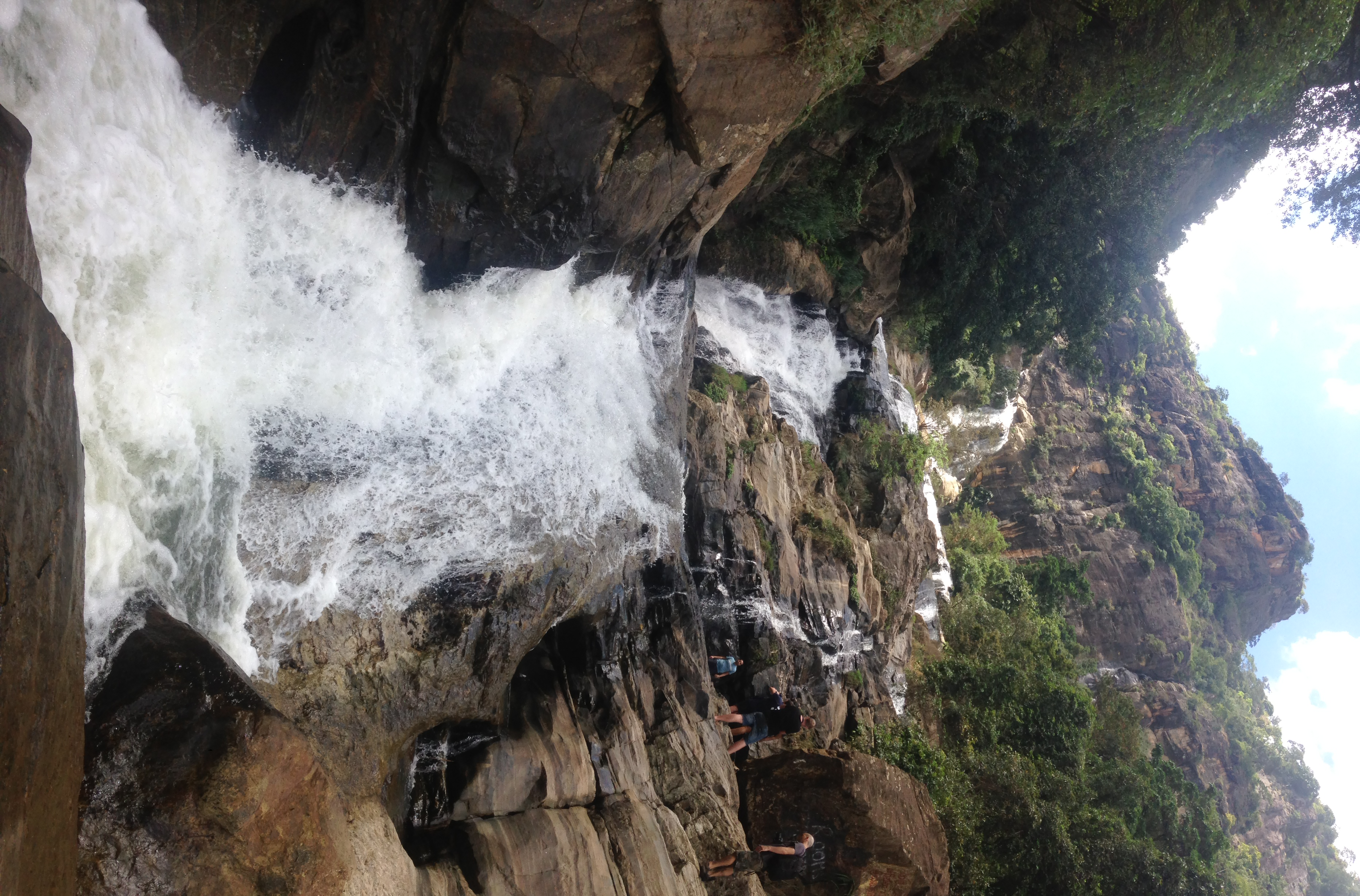
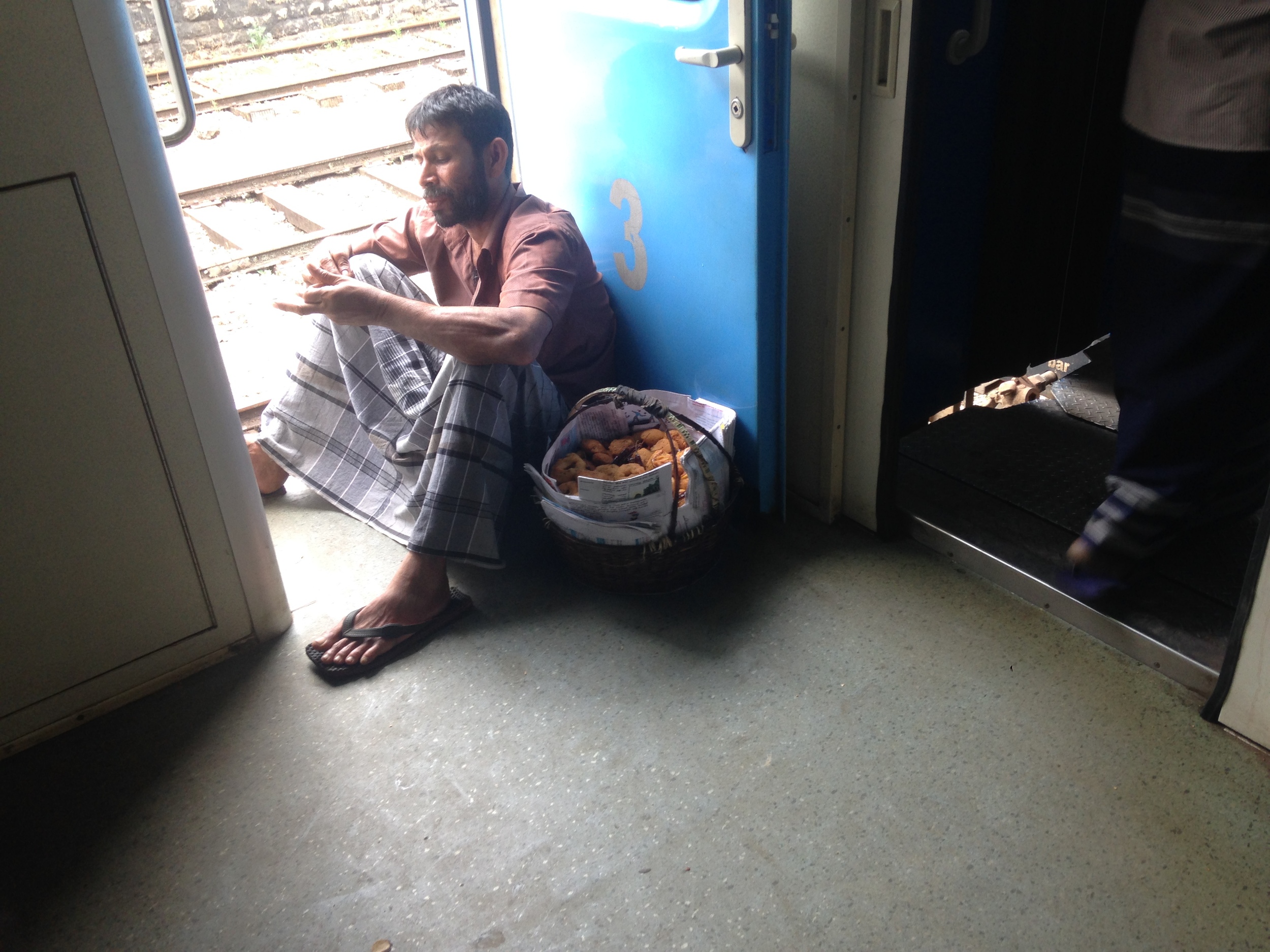
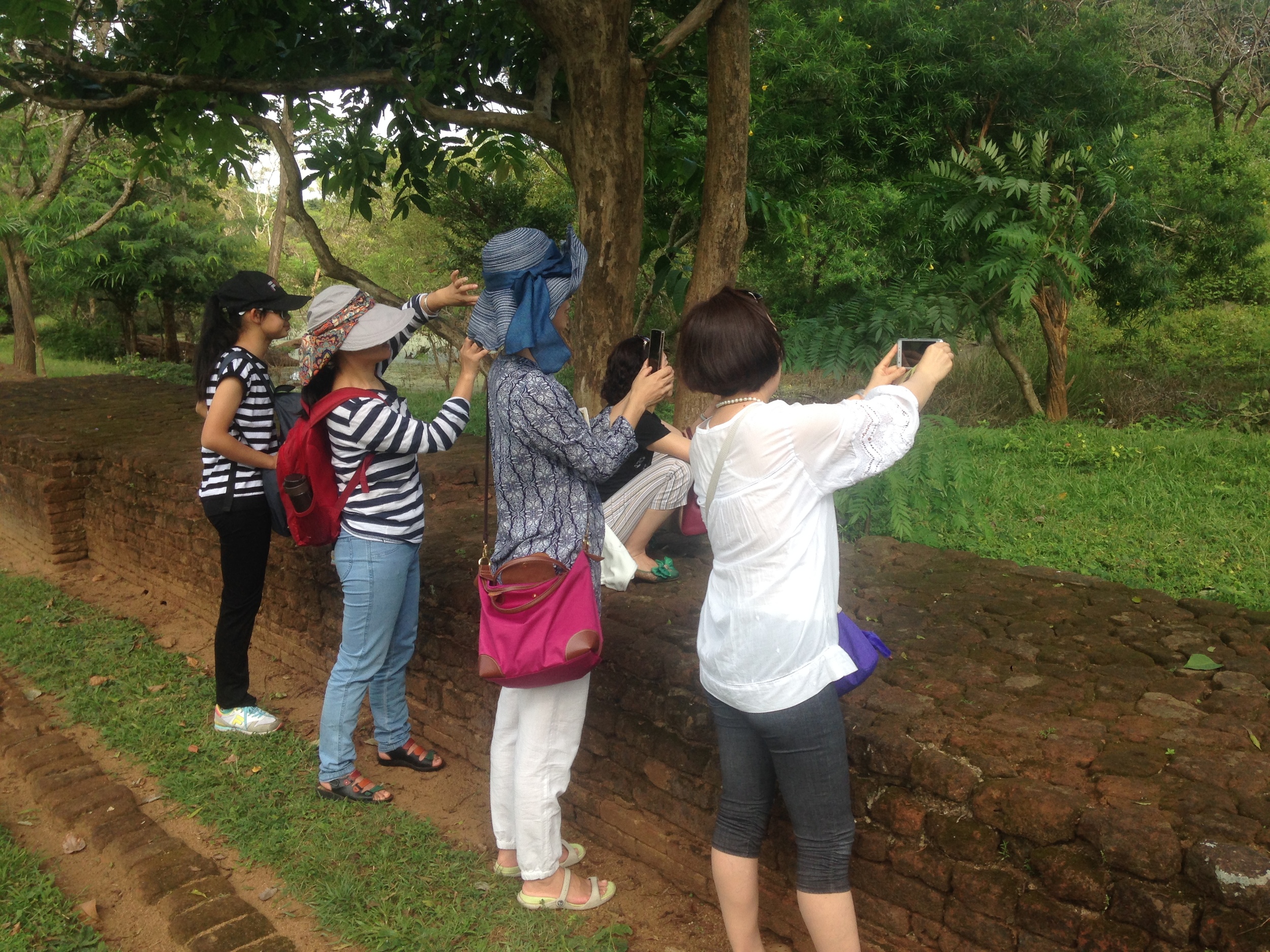


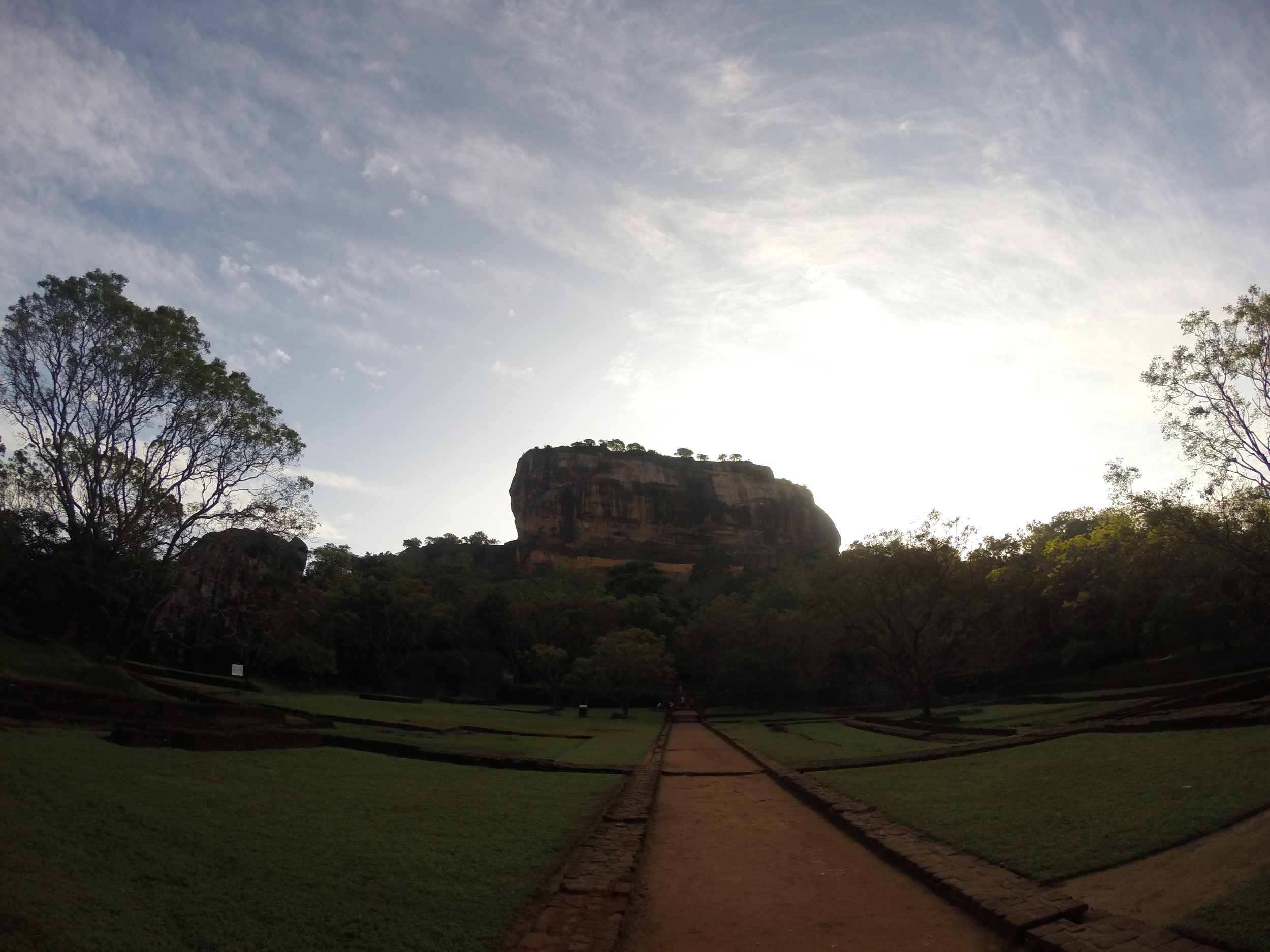
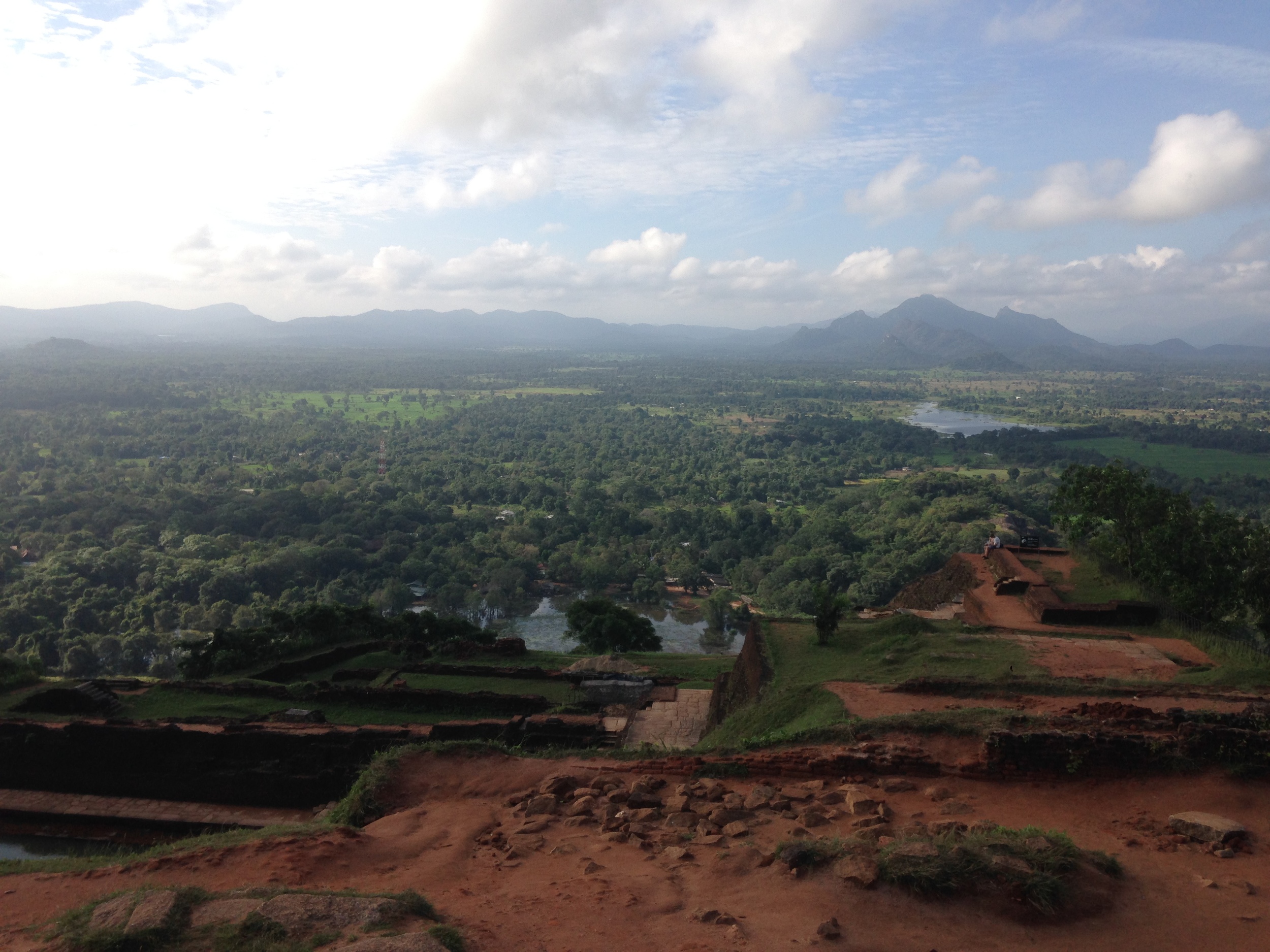

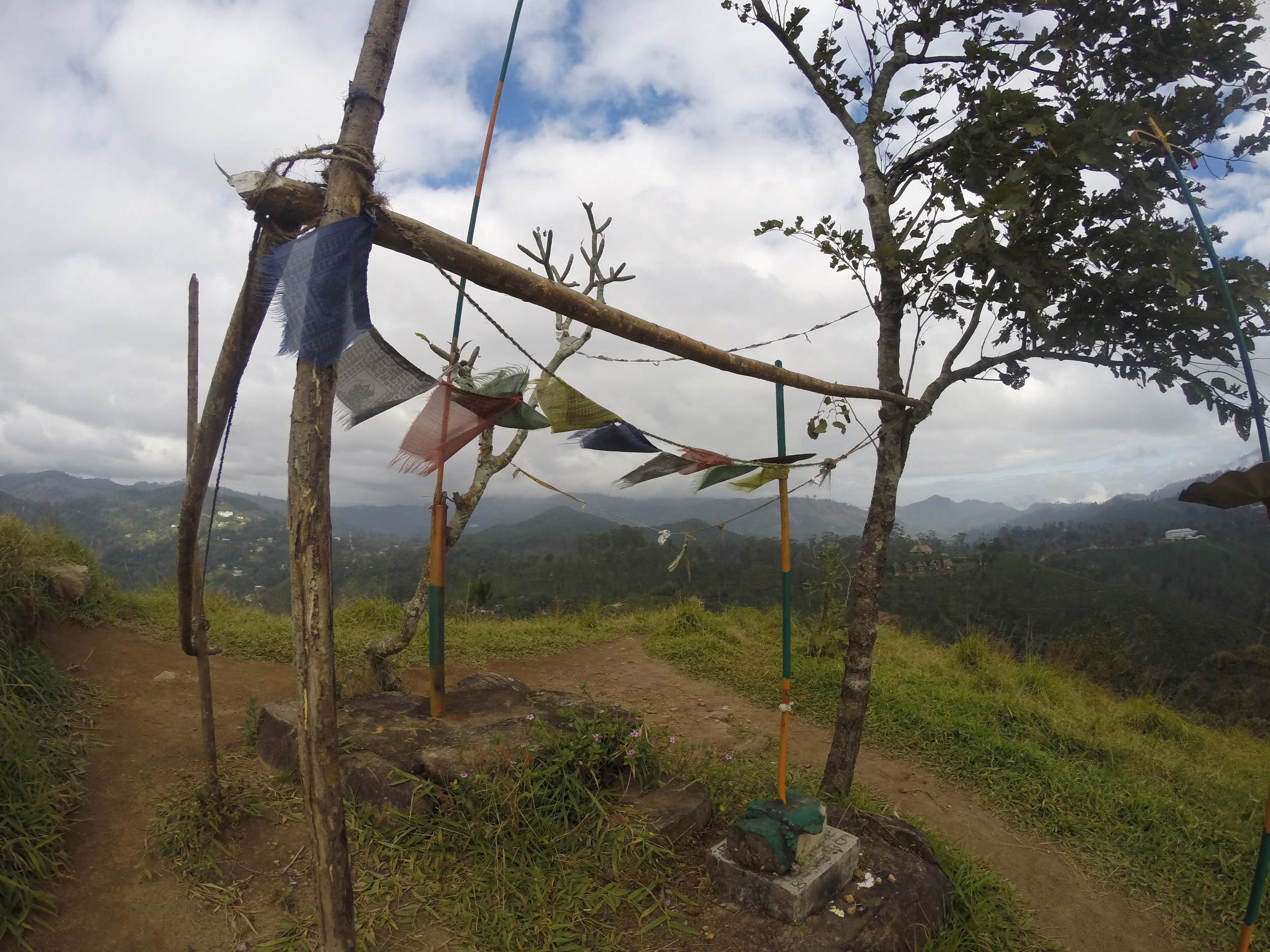
Traveling India - First Impressions
Arriving in India unprepared can leave a traveler woefully overwhelmed. The smells, tastes, sights, and noises are unlike anywhere else in the world. From Kochi to Chennai, here are my first experiences traveling in India.
Transportation
The traffic in India is a mess. Buses, motorcycles, scooters, cars, rickshaws, horse-drawn carts, human pulled carts, and cows, of course, all share the road. There is only one rule of the road, do whatever you want. Most junctions don’t have streetlights, roundabouts, or stop signs. Vehicles just barrel straight ahead, try to avoid each other, stop when necessary, and continue on.
A cow taking a break from harassing traffic.
Once on the highway there was an accident of some kind in front of me. All the cars proceeded to slowly turn around and go backwards to the closest exit. By the time everyone managed to get turned around and wind through oncoming traffic the jam in front caused by the accident had already dissipated.
The horn usage is constant, but necessary to warn others where you are. Accidents happen constantly, but due to traffic and speed bumps the severity of accidents is usually low.
Thanks to England, India drives on the wrong side of the road. Yet, in Bangalore, there is one road where they drive on the right side (literally). Now, I could understand if a whole region in India, an entire town, or even a section of a town drove on the opposite side as the rest of the country, but just one road? One road makes entirely no sense. I asked many people from Bangalore about this and the only answers I received were “I don’t know” or “this is India.” I've decided it is just one of those mysteries of life.
The colorful trucks of India.
Local Buses
My first day in India had me immediately navigating the public transportation system on my own. In Kochi, the cheap non-AC red buses are the main mode of public transport. They’re the fastest way to get from one point to another and nobody gets in the way when a red bus is coming through. The buses often have multicolor lights flashing on the inside and blast Hindi music.
Red buses (and one green) of Kochi.
Catching the right bus can be difficult as it is almost impossible for a foreigner to understand the routes that the bus attendant is shouting out. Even if they are shouting out your particular destination, the speed at which they talk makes it impossible to comprehend. My advice, just ask. I walk up to the bus station, wait until I see a bus coming, turn to the closest person next to me, point at the bus, and ask “Insert Destination.” Or I yell up to the bus attendant my destination and they either wave me on or wiggle their head. I hate when the response is a wiggle as I still can't decode what the various wiggles mean.
So far everyone has been extremely friendly and have many times gone out of their way to make sure I get on the right bus and off at the right stop. It’s often hot and crowded, but the red buses never failed to be entertaining and should definitely be your mode of transportation whenever possible.
Long Distance Buses
I took a 10 hour bus ride from Kochi to Bangalore. The bus was as nice if not nicer than Greyhound, Megabus, or Boltbus. Bottles of water and snacks were handed to every passenger. The screens folded down to show two Bollywood films to pass the time and blankets were handed out at night.
While I appreciated the hospitality of the blankets, I think they caused an otherwise great ride to turn into an uncomfortable experience. Upon snuggling under the blanket my legs immediately began to feel itchy. Opening the blankets unleashed bed bugs that proceeded to bite me, and from the looks of it several other passengers, for the final two hours of the ride.
My second long trip, about 7 hours, was from Bangalore to Chennai. This time the entire trip was good. I received water and a snack again and got to enjoy the beautiful scenery along the way.
Motorcycles and Helmets
As is common in many Asian countries, the amount of people and baggage that can fit on a motorbike goes far beyond what average westerners can imagine. Entire families sit on the bike and the children can often be seen sleeping with their heads against the gas tank, as if the vibrating metal surface is a lullaby.
In India there is a helmet law that is occasionally enforced. The law requires all drivers to wear helmets, but does not necessitate their passengers to where them. I don’t understand the logic of this law, but at least one person wearing a helmet is better than none.
There are a large variety of helmets worn on the road. There are of course the common half shells and full-face helmets. I have also seen horseback riding helmets, bike helmets, and construction helmets (my personal favorite).
The best looking helmet in India.
Food
When I’m off sightseeing on my own I rarely sit down for a meal in a restaurant, preferring to keep moving in order to see as much as I can. Before coming to India I was warned to be careful of eating the street food, but when I see a bunch of locals gathered around a food stall I can't resist myself. During my walks In Kochi there were many stands that had these wonderful fried peppers with a delicious sauce. I ate many of them.
All the food has been delicious. Dosas, samosas, curries, various breads, rice dishes, and so much more. I have to admit that I don’t do a good job cataloguing what I eat as I am too focused on the eating.
In Bangalore, I spent about two weeks helping out in a multi-cuisine restaurant on the north side of town. In return for my help, I got a free place to stay and free food from the restaurant. Almost every dish seemed to have either hot peppers cut up or a boatload of chili powder.
The cook would consistently increase the level of spiciness in my food and I ate it all without a problem. I can officially say that I can handle the spice of Indian food without breaking a sweat. I also learned a great recipe for Chicken Curry, including the ingredients to India’s secret spice that makes their cuisine taste so good.
Spices of India.
The only problem I have eating Indian food is the lack of utensils. Indian food is traditionally eaten with your hands. I don’t mind digging straight into the food, but with my lack of hand eating skills it can be difficult to get a full mouthful of food and nothing bothers me more than having delicious food that I can’t get properly into my mouth.
Side note: I am happy to report that I am illness free 15+ days in.
Dom and Eric about to eat some delicious chicken curry.
People
In Bangalore, I spent 12 days helping at a restaurant in exchange for food and a place to stay. The owners, Dom and Eric, were two great guys who were lovely to hang out with. During some free time they gave me cooking lessons, took me to some great food stands, and guided me to a few touristy locations in Bangalore. The best was when we had free time in the restaurant and I would get to hear stories about growing up and living in India. The staff in the restaurant was great as well. Even though they didn’t speak English we got along with plenty of smiles, hand gestures, and arm wrestling.
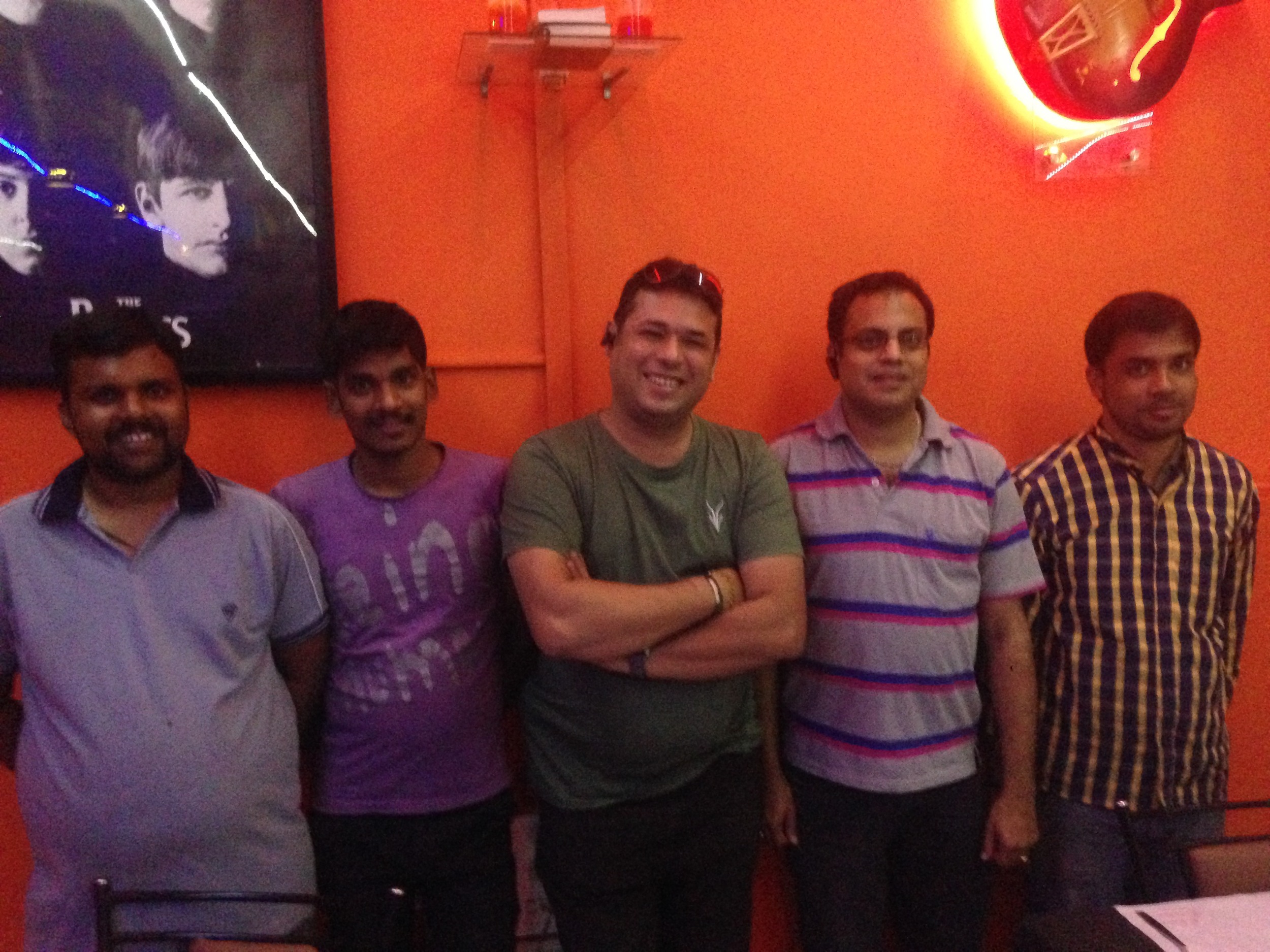


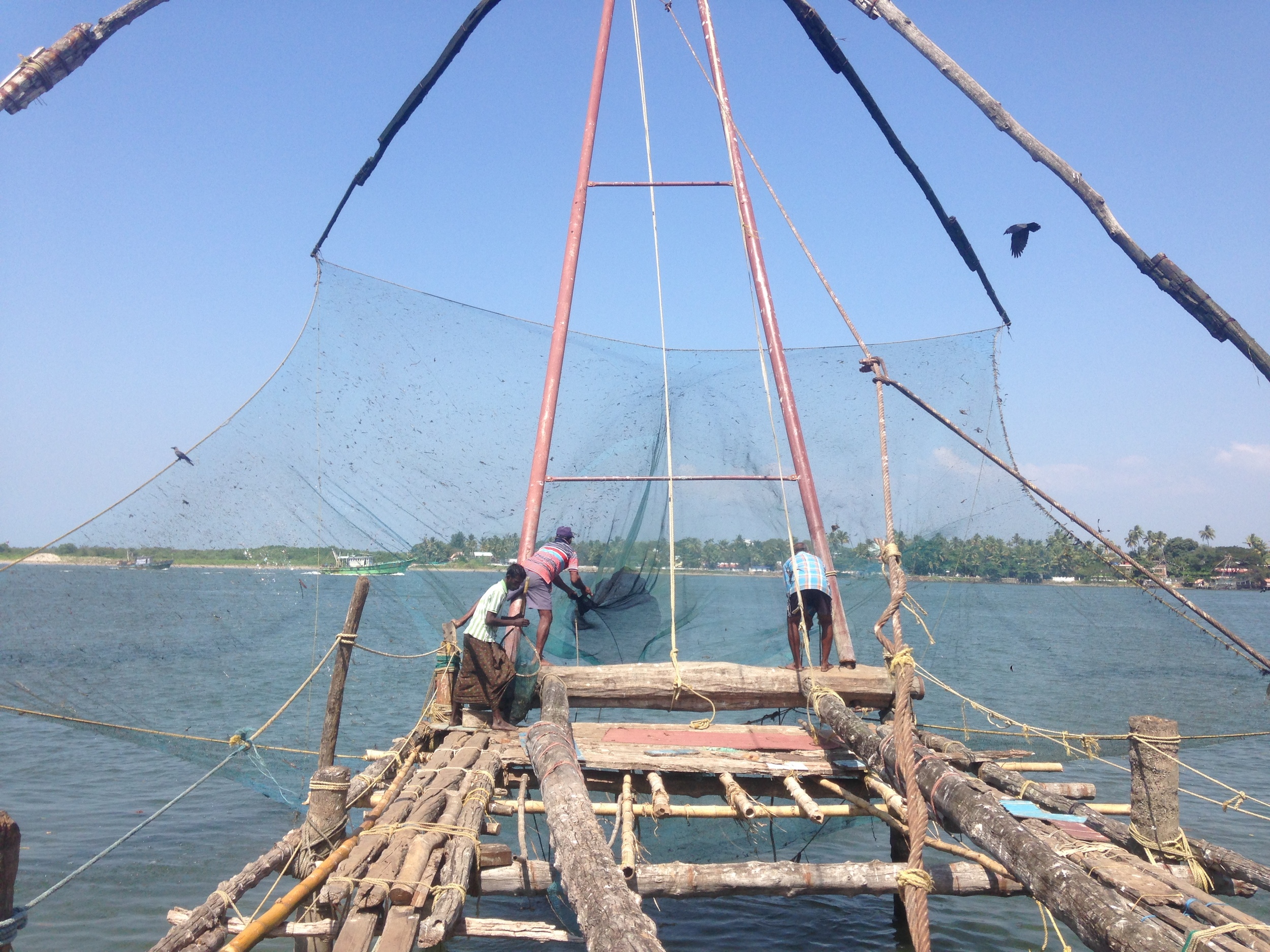
In Chennai I spent a day helping out at the final tryouts for the under 23 India ultimate frisbee team. It will be the first time India is represented at an U23 or U19 world tournament. It was great to watch the young players, hang out with the older players, and see part of the ultimate scene in India. My only regret was not getting the chance to play with anyone.
Overall, everyone I have interacted with in India has been extremely friendly, helpful, and generous.
Daily Life
There are no certainties living in India. Power outages happen daily. The internet can come and go for no reason. That store you were going to stop by at can be closed for a holiday you didn’t know about (even if you’re Indian). Hot water can be rare and toilet paper is usually unavailable. Instead of toilet paper, every bathroom has a spray hose, which was a little foreign to me at first, but now is totally comfortable.
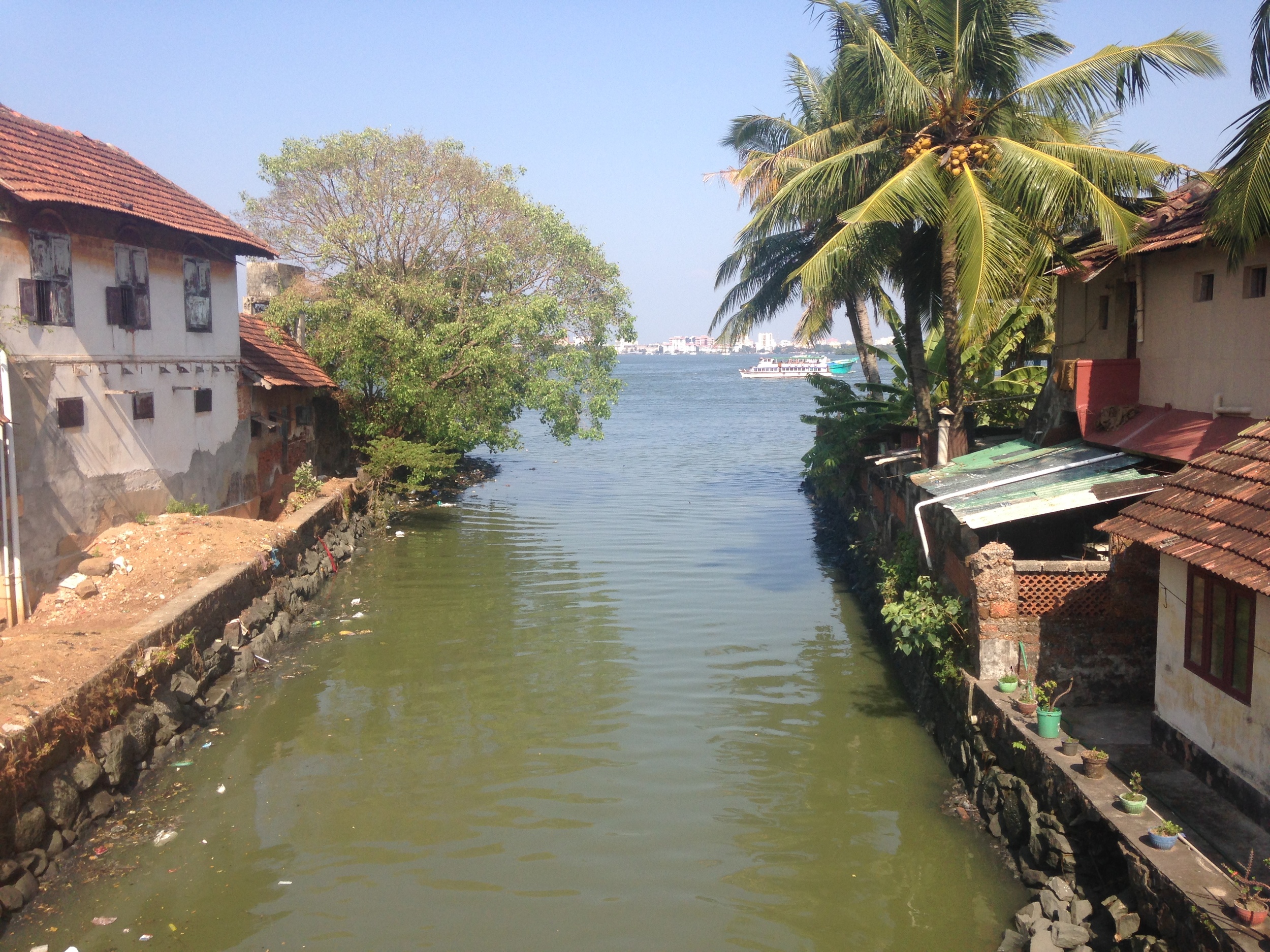


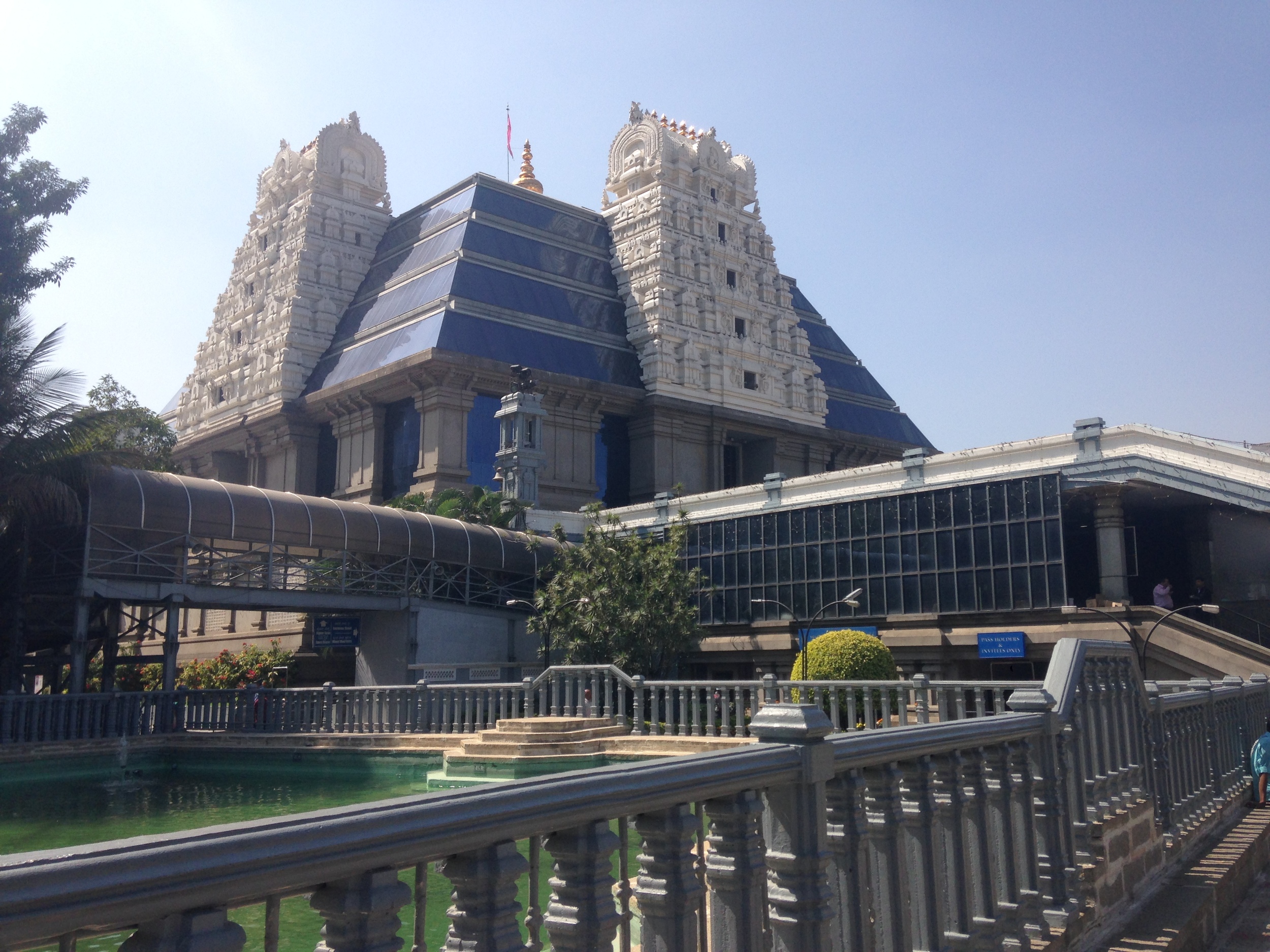
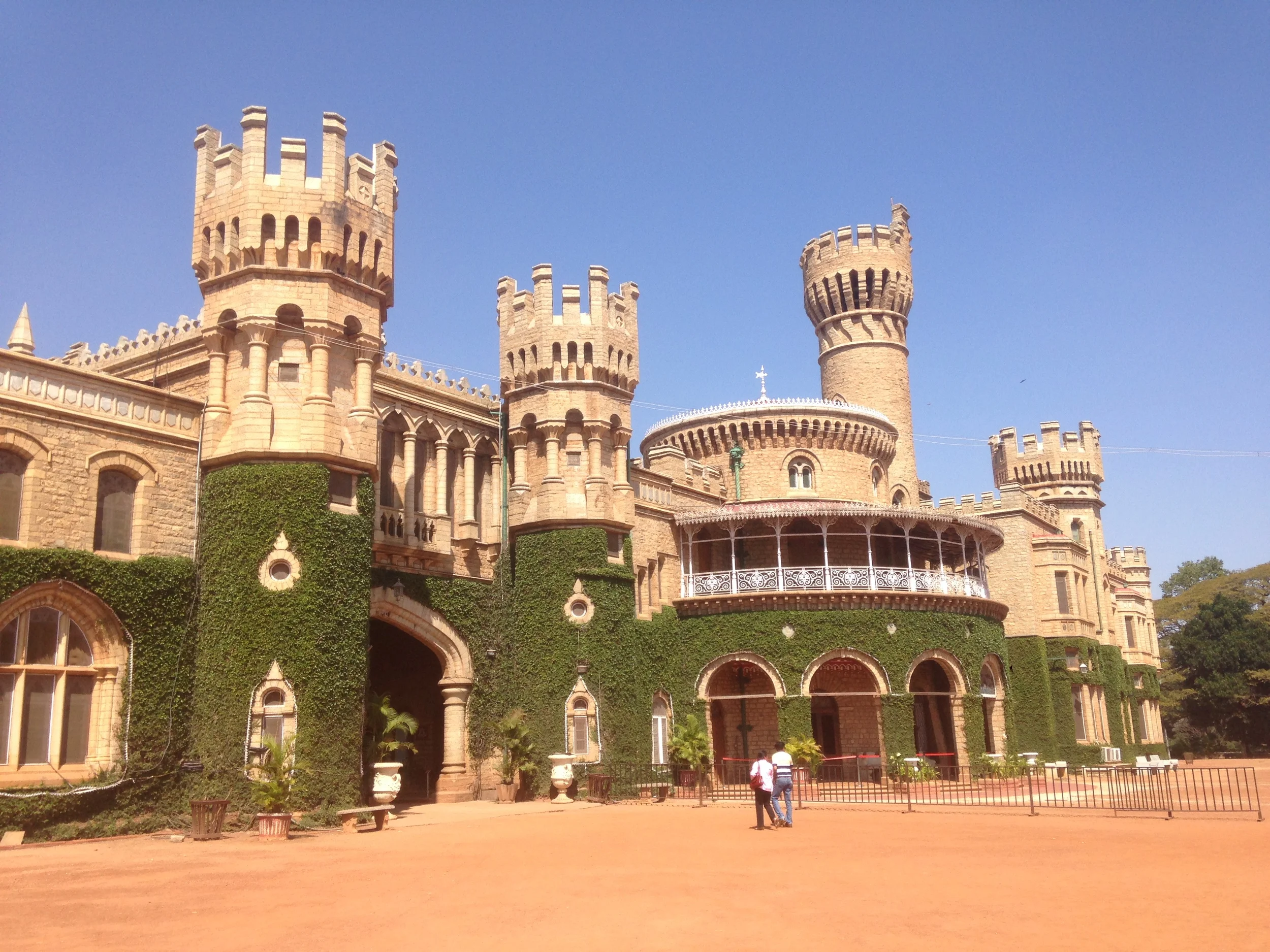
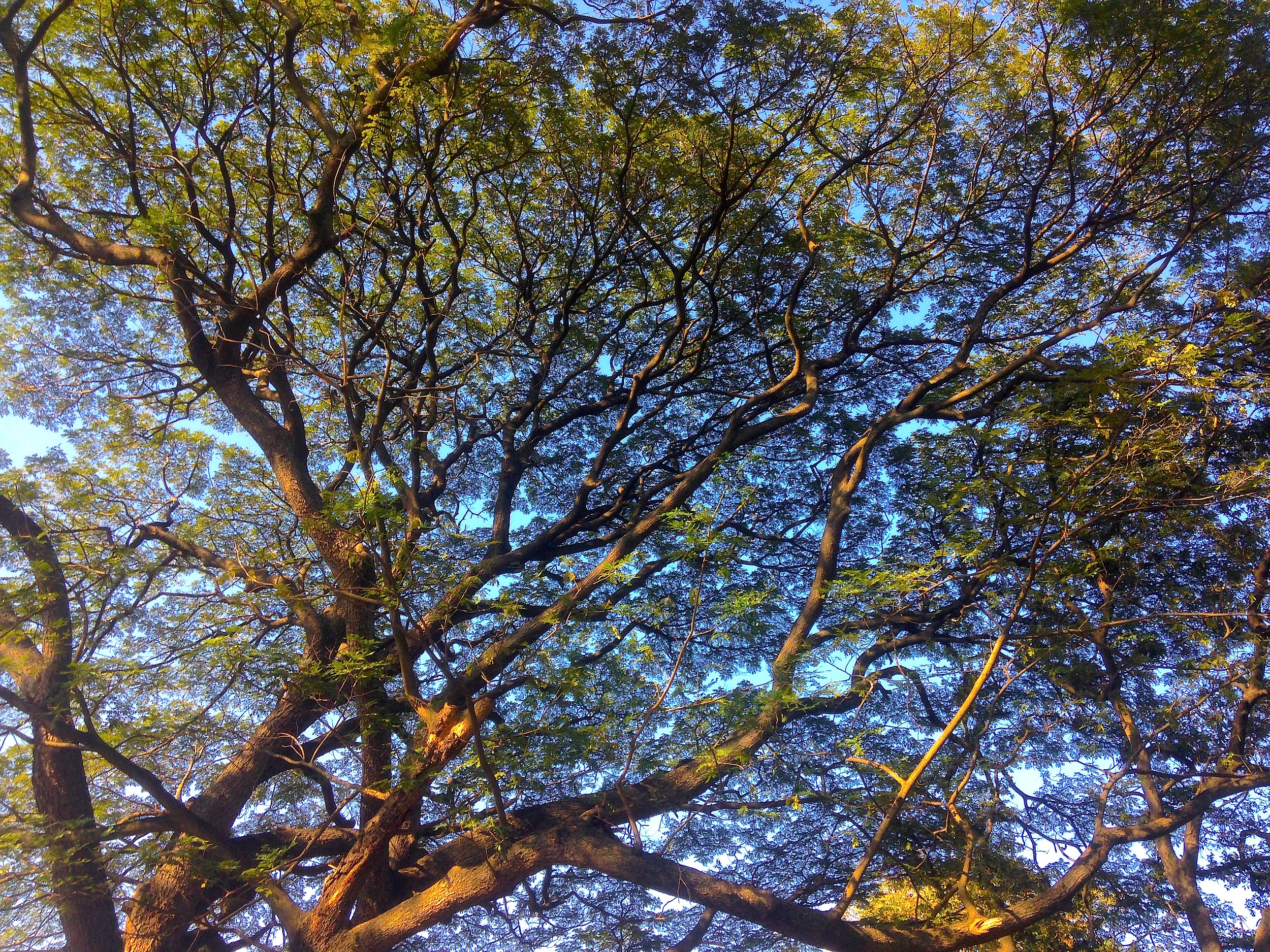
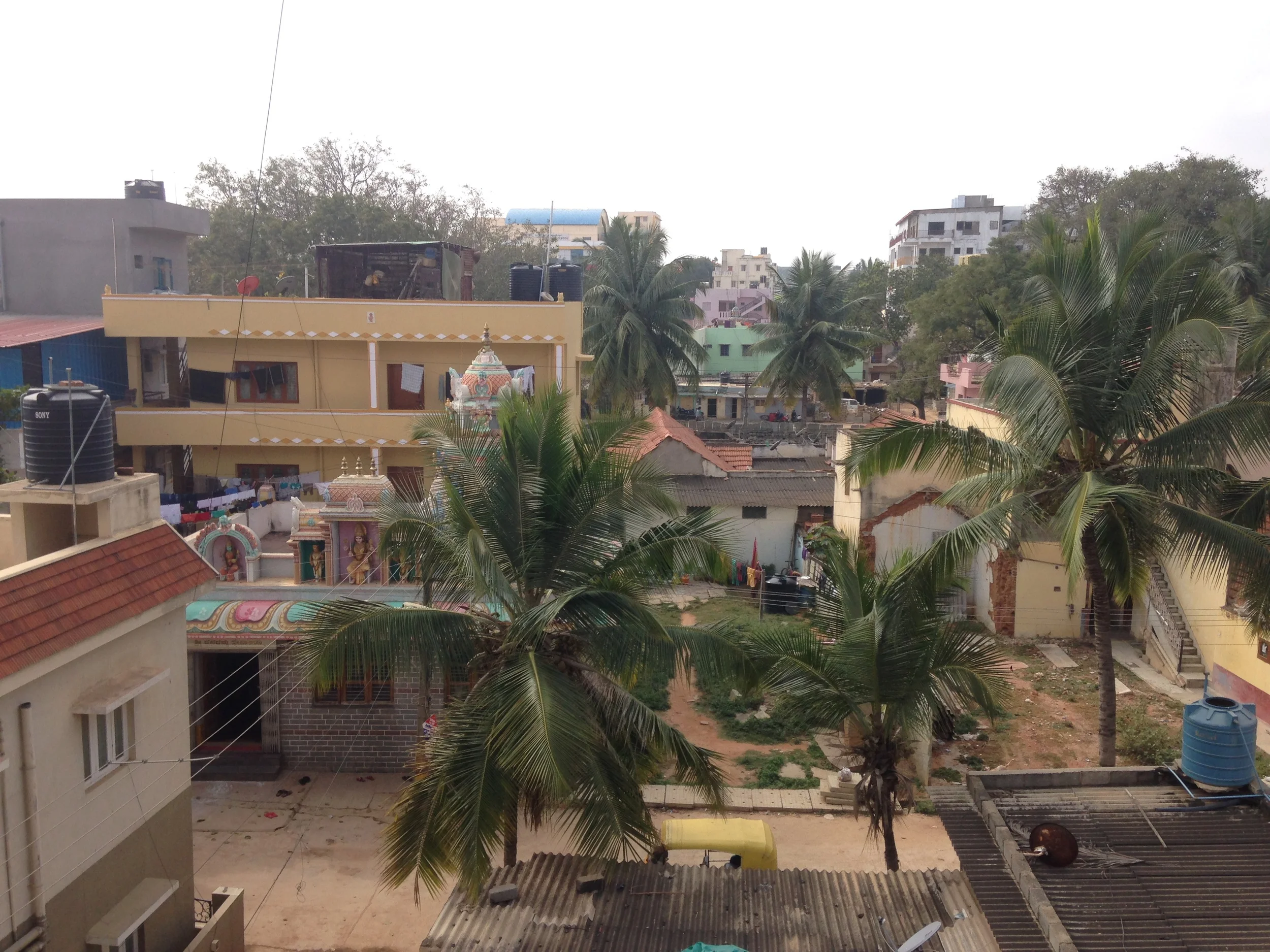
After spending my days riding in auto rickshaws, negotiating prices, and tasting the spice of Indian food I feel very comfortable navigating this great country. I can't wait for whatever comes next!
Budget Flights and Layovers to India
A direct flight from Israel to India usually takes about 5 hours. My travels between the two countries took forty. I have a limitless amount of time and a finite amount of money for my travels so I usually take the cheapest option. Flying last minute and with budget airlines left me sitting on the ground for more than twice as long as I was in the air.
A direct flight from Israel to India usually takes 5 hours. My travels between the two countries took 40 hours. As a backpacker on the long haul I have a limitless amount of time, but a finite amount of money. When you're booking a flight only two days away, the gap between budget and regular airlines can feel like swift kick between the legs. The cheapest option I could find came out to $490. I covered the majority of it with the miles I had saved up over the past two years (I would have had to wait two more weeks for any significant change in price).
To prepare for my journey that would have me sitting in airports 2.5x longer than I would be on a plane, I downloaded tv shows, charged my kindle, and stocked up on food supplies of cashews, granola bars, and chocolate.
Israel to Istanbul, Turkey. 16 hour layover.
Istanbul to Dubai, 12.5 hour layover, Dubai to Cochin, India.
Before I could check-in at Ben Gurion airport, I was stopped (along with everyone else) to answer questions. Besides the usual questions about your baggage, I was asked:
Why are you in Israel? I participated in Birthright and stayed to volunteer at a kibbutz.
Are you a part of a religious organization? No.
How did you hear about Birthright if you're not religious? Everyone knows about Birthright...
Where is all of your stuff? You can't have been here with so few clothes? I pack light, it's not my first time traveling.
The entire questioning process was repeated twice as another person was called over to question me again. They were polite, but acted skeptical with disbelieving smirks on their faces. Without any other questions to ask I was let through with a little wave.
Layover in Istanbul
After arriving in Istanbul with Pegasus airlines, I had my first layover was for 15 hours. "Now, Ezra, why don't you just go and explore Istanbul?" Valid question, but I choose against this option for a couple of reasons. I didn't want to pay for the visa. I have visited Istanbul before. It was raining when I arrived and continued to rain the entire time I was there.
I didn't have my boarding pass for my next flight because I was flying with a separate airline, FlyDubai. My choices were either to pay for the visa, go through customs, and wait at the ticketing counter for 13 hours until I could check in. Or, I could wait in the nowhere land that sits between getting off an international flight and going through customs or transit security.
Since I'd be waiting in either case, I chose to wait in nowhere land, save some money, and hoped that when the time came the Pegasus representatives would help me get my boarding pass to go through the transit security. Armed with my snacks, entertainment, and a bathroom nearby I had everything I needed. I was also lucky to have been able to bring both my bags on the plane allowing me to stay in nowhere land and not worry about where my other bag might be. *Travel tip - always carry-on your bags when you have connecting flights, especially international.
My spot for 13 hours.
My view most of the time.
My view part of the time.
New Year's 2015
Two hours before my flight to Dubai I received my boarding passes and went through transit security. I sat at my gate listening to music and watching the clock countdown to midnight. I was alone, tired, and more excited than ever for my upcoming travels to India. A part of me wished to be with my friends and family to bring in the new year, but being in an airport was a fitting end to 2014 and the right way to begin 2015. I think I was only one who noticed when the clock struck midnight. I ate a Mars bar in celebration and an hour later I was on my way to Dubai.
12 Hours in Dubai
For U.S. citizens you can receive a free visa for up to 30 days on arrival to the United Arab Emirates. After getting my visa and going through customs I stashed my larger bag in storage and jumped on the metro. I had 12 hours before my flight to India and there was no way I would spend that time on my butt in another airport.
I headed towards the tallest building in the world, the Burj Khalifa, which stands at 2,722 feet high. It made my hometown skyscraper, the Sears Tower, look like a thumb next to a pointer finger.
The Burj Khalifa - I had to use the panoramic mode in order to fit the whole thing in the picture.
After walking around in awe of the Burj, I headed next door to the Dubai Mall, which is the access point to getting to the top. I was hoping to get a view from the tallest man made structure in the world, but the tickets were entirely sold out.
I’m not a fan of malls, but I decided I could take on the oppressive lighting and crowds of people to explore what the largest mall in the world had to offer. Inside the mall there is an aquarium, ice rink, amusement park, and even an indoor sky slope (Mall of Emirates). There are over 1,200 stores and after a while of walking around even I was getting the temptation to buy something.
Dubai Mall.
A skyline of Dubai.
Me in front of the Burj Khalifa
I settled for two meals that contained beef and chicken as I plan on staying away from the majority of meat in India. After receiving a full dose of commercialism and meat, I was more prepared than ever to arrive in India.
Getting to India
I returned to the airport, grabbed my bag, headed to my gate, and boarded the plane to India. On the flight it seemed like I had to constantly protect the space entitled to me against the man in the middle seat. The moment I would lift an arm up, his arm would settle down on the whole armrest. If I let my legs slide together his legs would spread wider into my area.
I ended up having armrest and leg battles with the Indian guy in the middle seat for most of the flight. Apparently fighting for space on buses and trains is something I would need to get used to while traveling in India so I appreciated the practice.
Another curious thing about the flight occurred when the fasten your seatbelt sign was turned off. The moment it happened there was a 30 second long cascade of clinks echoing around the cabin as every other passenger undid their seatbelt. Can anyone explain this?
I arrived at 1:30 in the morning and went straight to customs. I love not having to wait for any bags. I handed the customs agent my passport and after she gave me a stamp she proceeded to preform the traditional headshake that leaves all foreigners utterly confused at what it means. I call it the “wiggle headshake nod.” I remember hearing tales of this fascinating motion and even reading how to decode the gesture, but at the moment I was lost (and still am). It wasn’t until she smiled and used her hand to beckon me past that I understood. I had made it to India!
I exchanged some money and paid for a pre-paid taxi to the downtown district of the city of Kochi. After receiving a bit of help from the locals on the street we made it to the address of my couchsurfing host. At 3:00, I walked in the door, greeted my host, noticed how hot it was in the dead of night, and promptly fell asleep. The next morning I woke up to the honking sounds of rickshaws, mopeds, and motorcycles, ready to experience India.
I plan on being in India for a few month as the very least. If you have any suggestions about where to go, what to eat, or anything at all in India, please let me know in the comments below.
The Land of Olives and Hummus
For the past month I have lived and worked on a kibbutz called Gezer. I was working 5 days a week in the olive orchard picking olives and later pruning the trees. Israel may be called land of milk and honey, but calling it the land of olives and hummus is a more fitting description of my final days in Israel.
Israel is often called the land of milk and honey, but calling it the land of olives and hummus is a more accurate description of my time here. I have eaten more hummus in the past month than I have eaten in my entire life, and over the past four weeks my daily life has revolved around olives.
Returning from Jordan I wanted to spend more time in Israel. I searched for a kibbutz to volunteer at, but was largely unsuccessful as every kibbutz wanted a 2+ month volunteer and didn’t have spots available until 2015. I gave up and went to apply for a visa to India only to learn that it may take a few weeks for my visa to be ready instead of the 3-4 days I read about.
Faced with a few weeks I tried to again to find somewhere to spend my time. My friend Noam, one of the Israeli soldiers from my birthright trip, reached out and helped me get the number for a kibbutz near her home. After having a brief phone call with Dani, the man in charge of the olive operations at the kibbutz, I was invited to come volunteer.
Kibbutz Gezer
Halfway between Tel Aviv and Jerusalem sits the kibbutz called Gezer. The kibbutz was originally established in 1945 and was named after Tel Gezer, an old Canaanite city-state that is situated behind the kibbutz. During Israel’s war of independence in 1948, the kibbutz was sacked. It wasn’t until 1974 on July 4th that the current Kibbutz Gezer was formed.
Gezer in the distance, seen from the top of Tel Gezer.
A kibbutz is a communal settlement in Israel that typically includes a farm. In the past, members of a kibbutz worked equally and received an equal share of housing, food etc. Everyone would eat together in a dining hall and children would spend the night together in the children's house instead of at their parents. Over the years the majority of kibbutz have become less communal and have a adopted a more private lifestyle. Here is more information on the
The Kibbutz
The morning after the first phone call I arrived at Gezer. I met Dani and the crew in the orchard, set down my bag, and immediately began picking olives off the trees. We lay out two long tarps along both sides of a row of trees to catch the olives we pick. After the trees have been picked clean we gather the olives up by lifting the sides of the tarp to pool the olives together. After picking out more of the leaves and twigs we pour the olives into boxes that will be brought to the olive press to be made into oil.
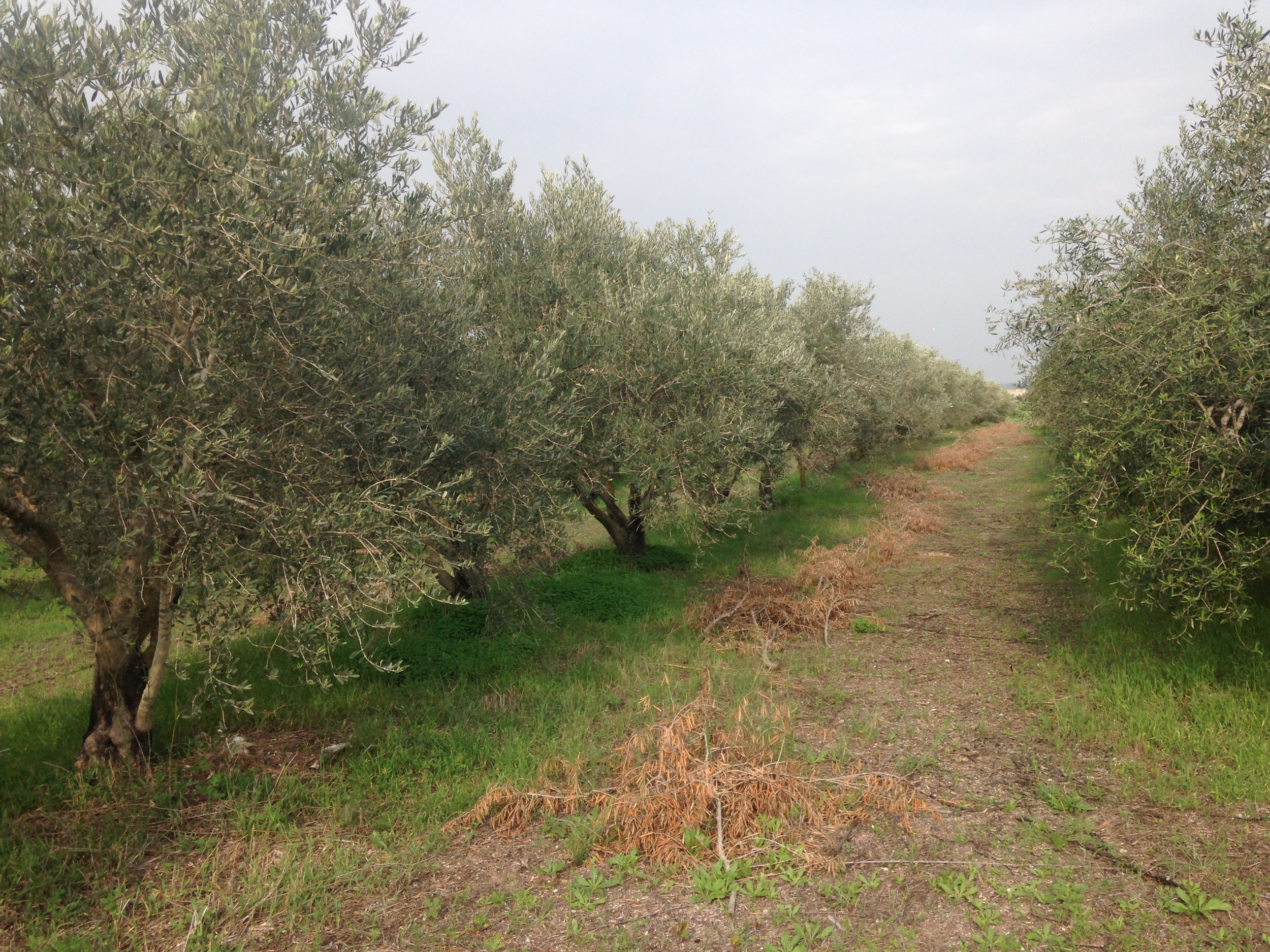

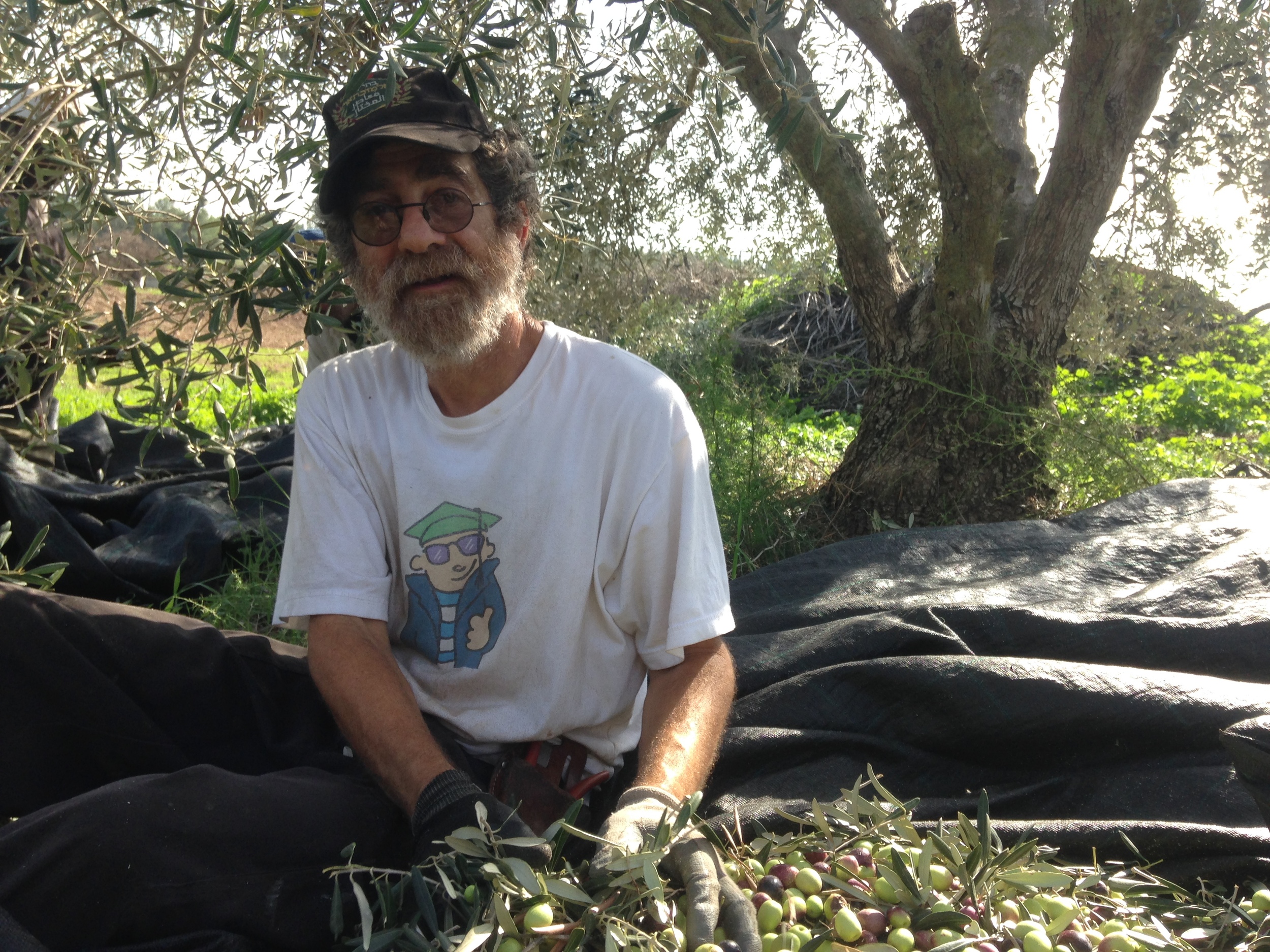
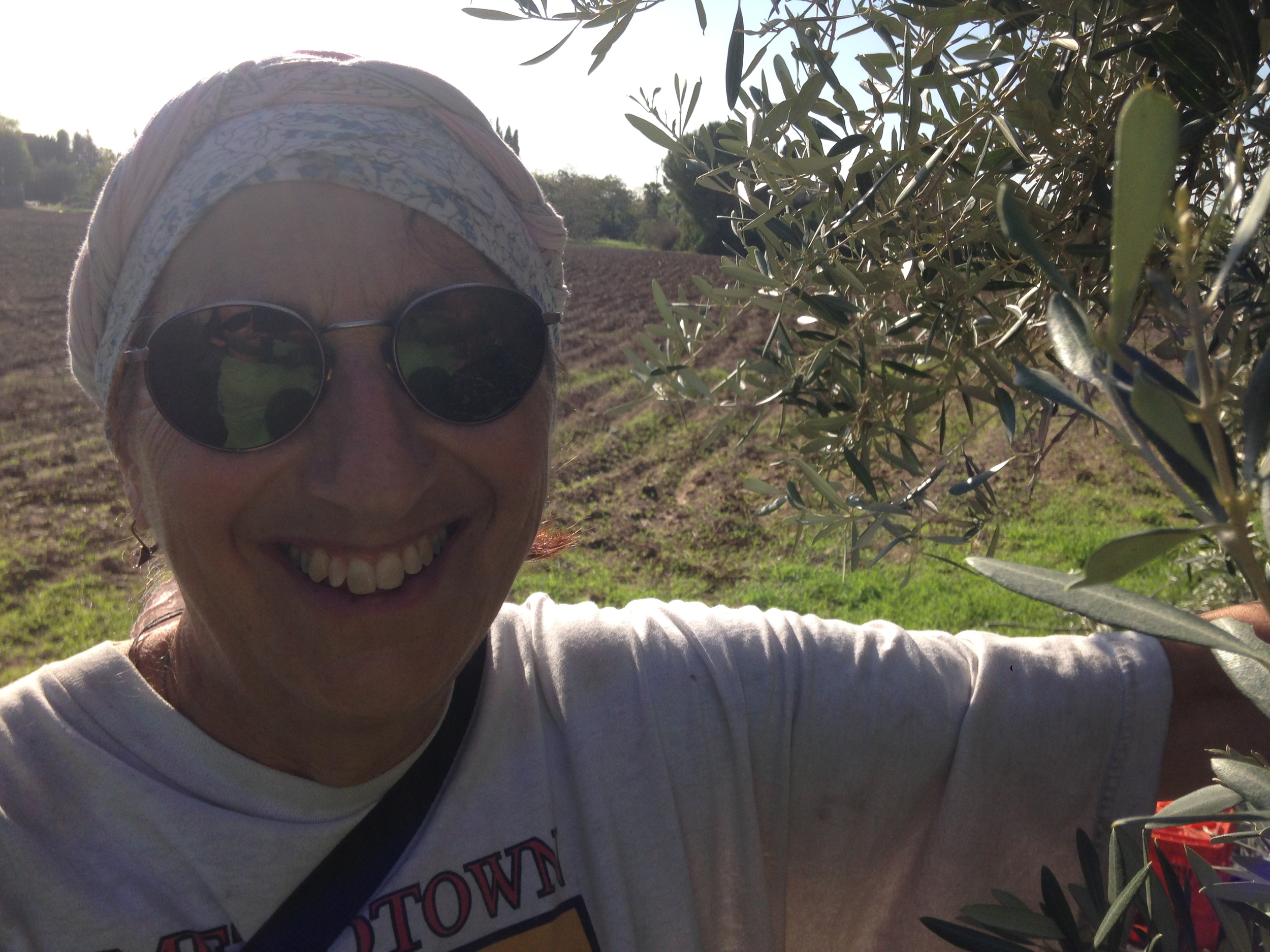
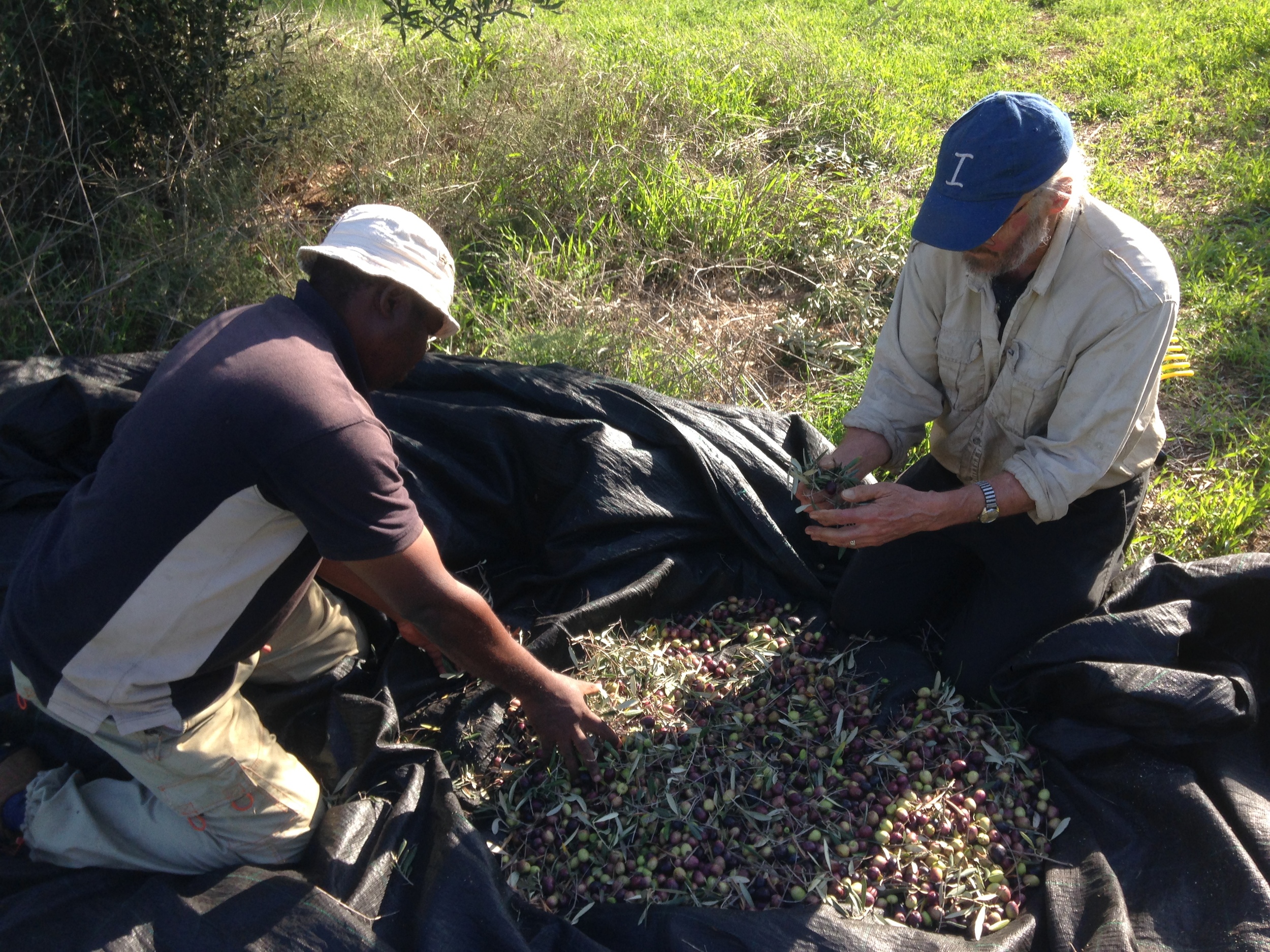
I only caught the final week and a half of olive picking, but the season yielded 12,400 kilos of olives, which produced 2.5 tons or approximately 2,500 liters of olive oil. It took about 5 kilos of olives for every liter of oil produce. Spending six hours a day working outside with my hands, surrounded by good people, was rewarding work. I don't know too much about olive oil, but I ate it everyday and thought it was great.
*If you want some Gezer olive oil for yourself you can pay $25 to receive a bottle and shipping is included. You can check out the Gezer olives website and order by contacting Dani through the website.
Our bountiful breakfast consisting of: bread, hummus, cottage cheese, olives, peppers, cucumbers, tomatoes, onions, hot peppers, oranges, and apples.
The olives returned to us in oil form.
Gezer olive oil ready for cooking and eating.
Picking the olives is actually only half of the work. To make sure you have a good yield of olives the following year you need to prune the trees. This means getting rid of dead branches, clearing out branches and growth in the middle of the tree, thinning the outside branches, and cutting down limbs growing straight up and out of reach of where they can be picked.
I spent three weeks pruning the trees and helped finished all but about 5 rows of trees in the orchard. Picking olives was extremely rewarding, especially when the casks of oil would come back from the press, but pruning the trees quickly became my favorite activity. There is something very calming and meditative about approaching a tree, cutting away the dead limbs, and shaping it to promote growth and olive production for the following year. It was easy to clear my mind and only focus on myself and the tree and each day time just flew by while pruning the trees. The work made me want to get a little bonsai tree.
Throughout all of the work, picking and pruning, there were always great conversations going on between everyone working. I received sound marital advice (though I'm not sure when I will ever need to use it). I learned more about life on a kibbutz and how things have changed over time. The most enjoyable parts were when I learned about the people I was working with, sharing jokes, and exchanging tales of our lives.
Biyiha, Dani, Mickey, Ruth, and Jan. The core olive crew during my time at Gezer.

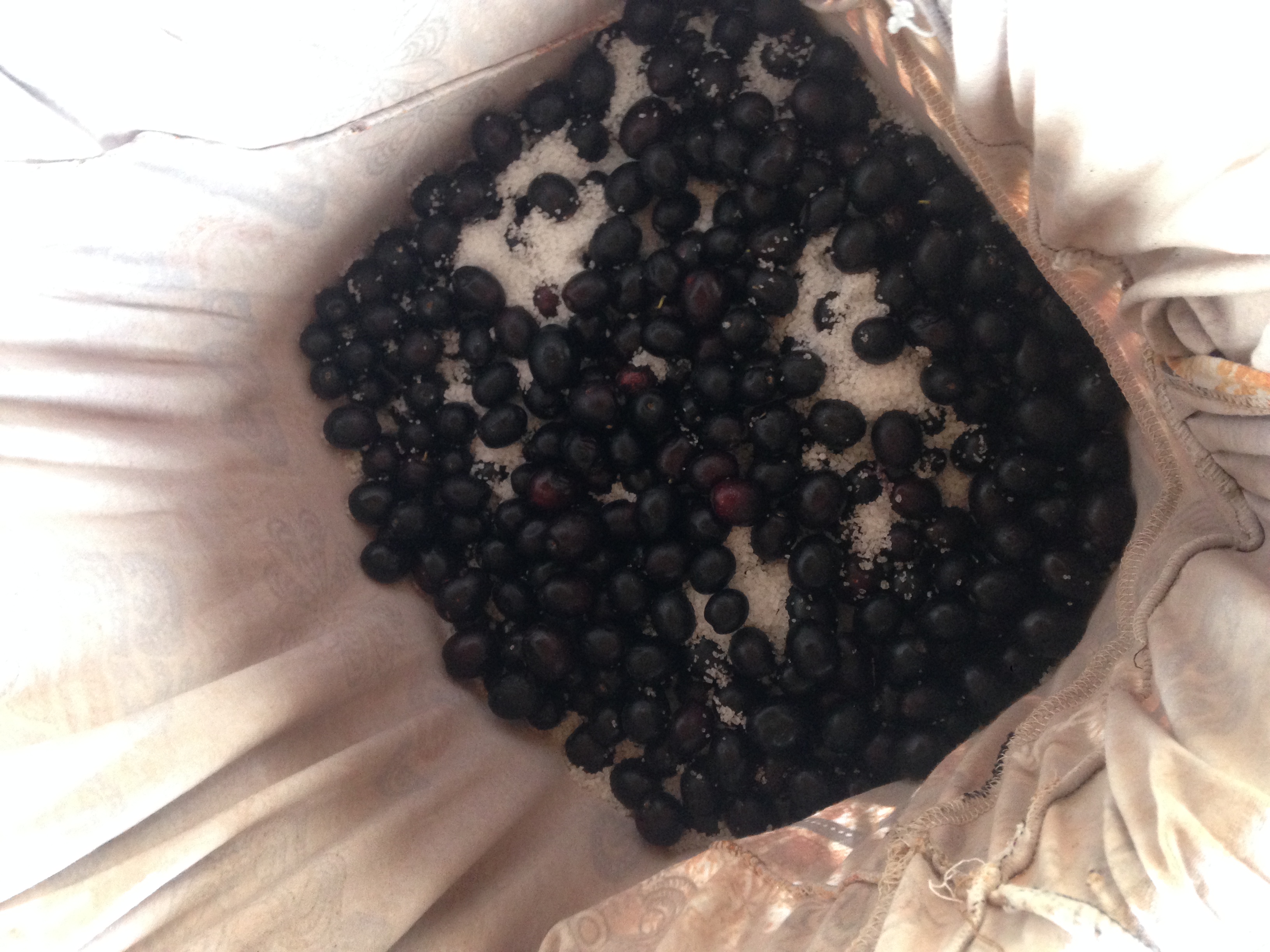
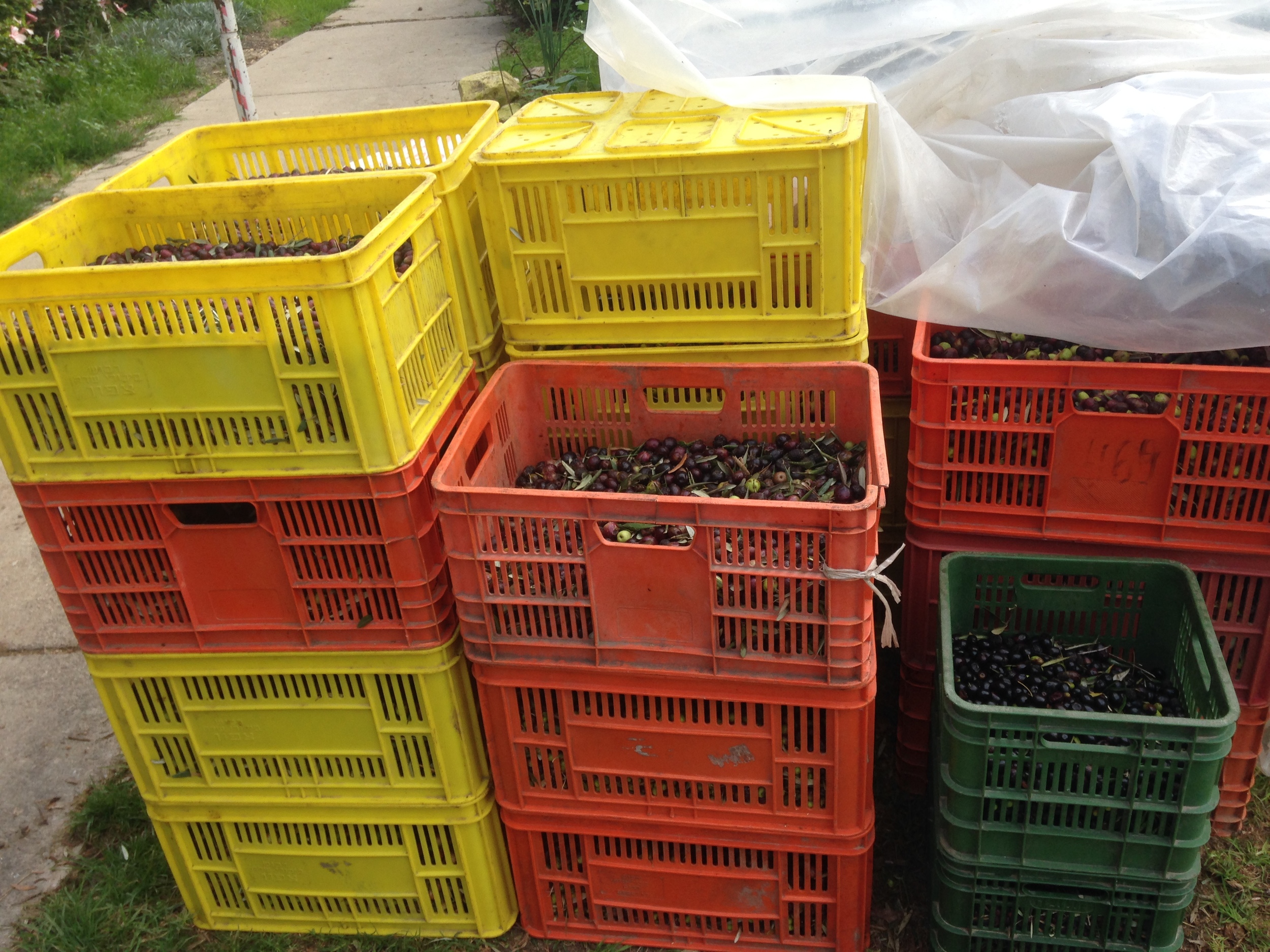

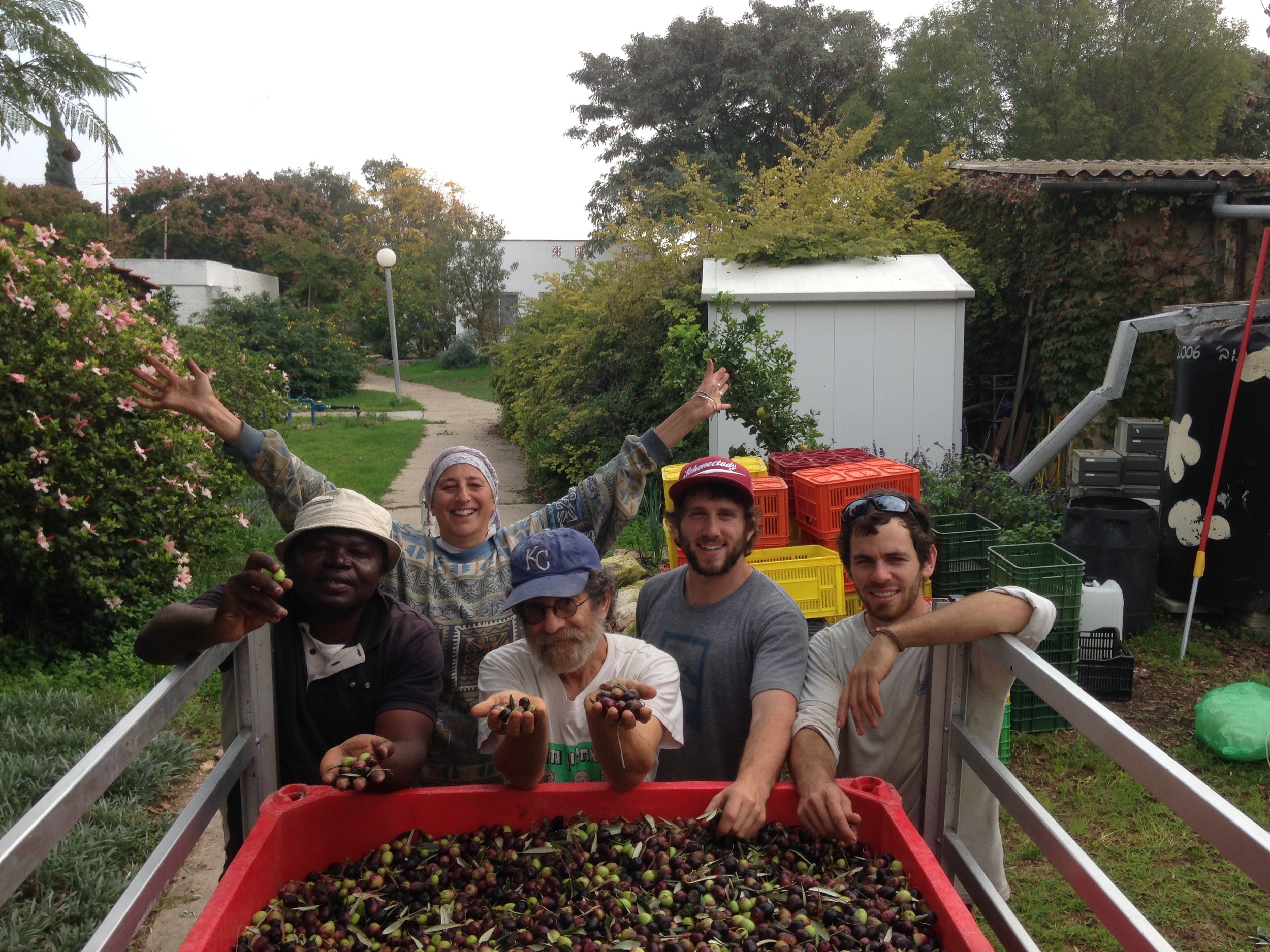
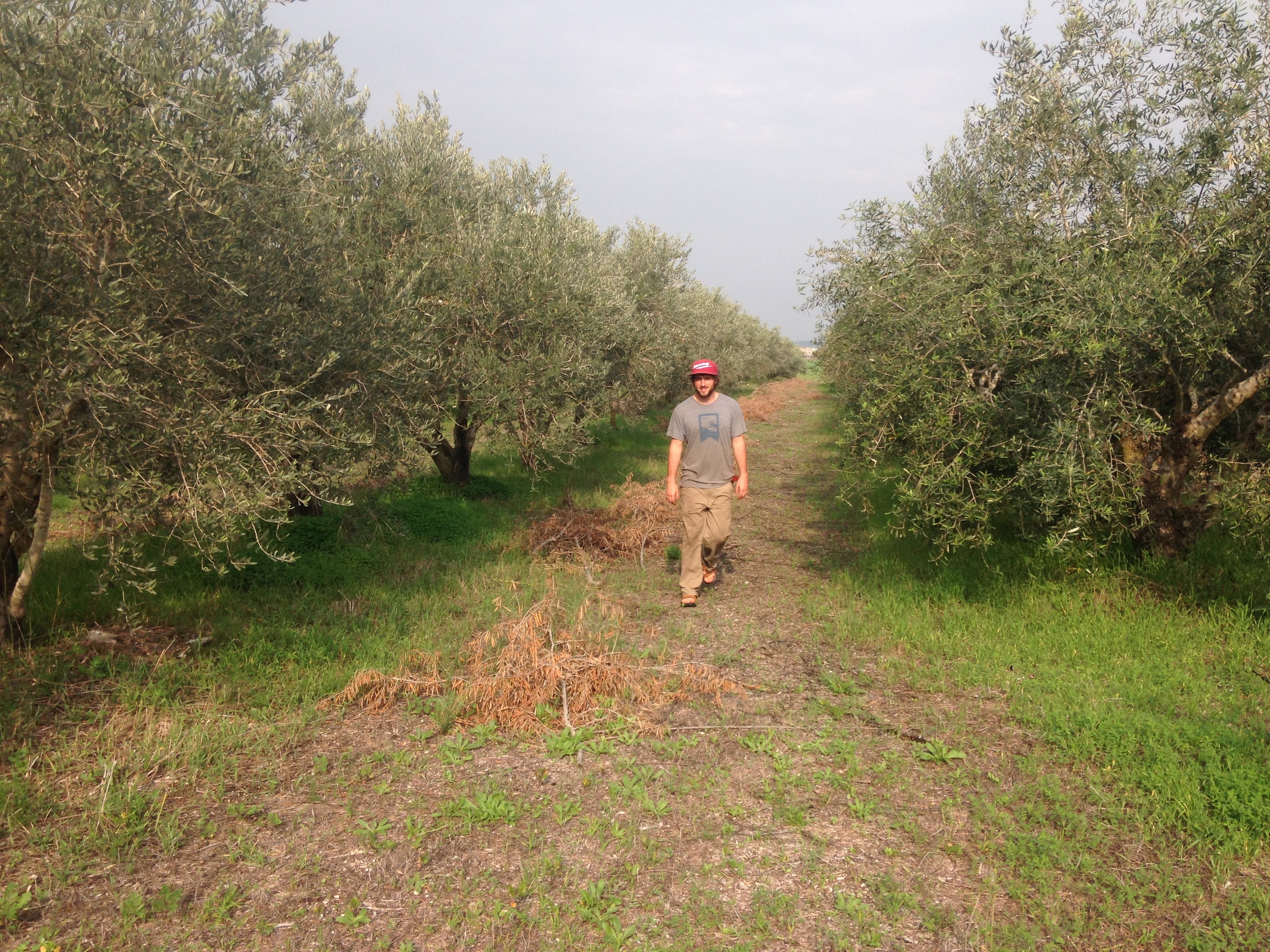
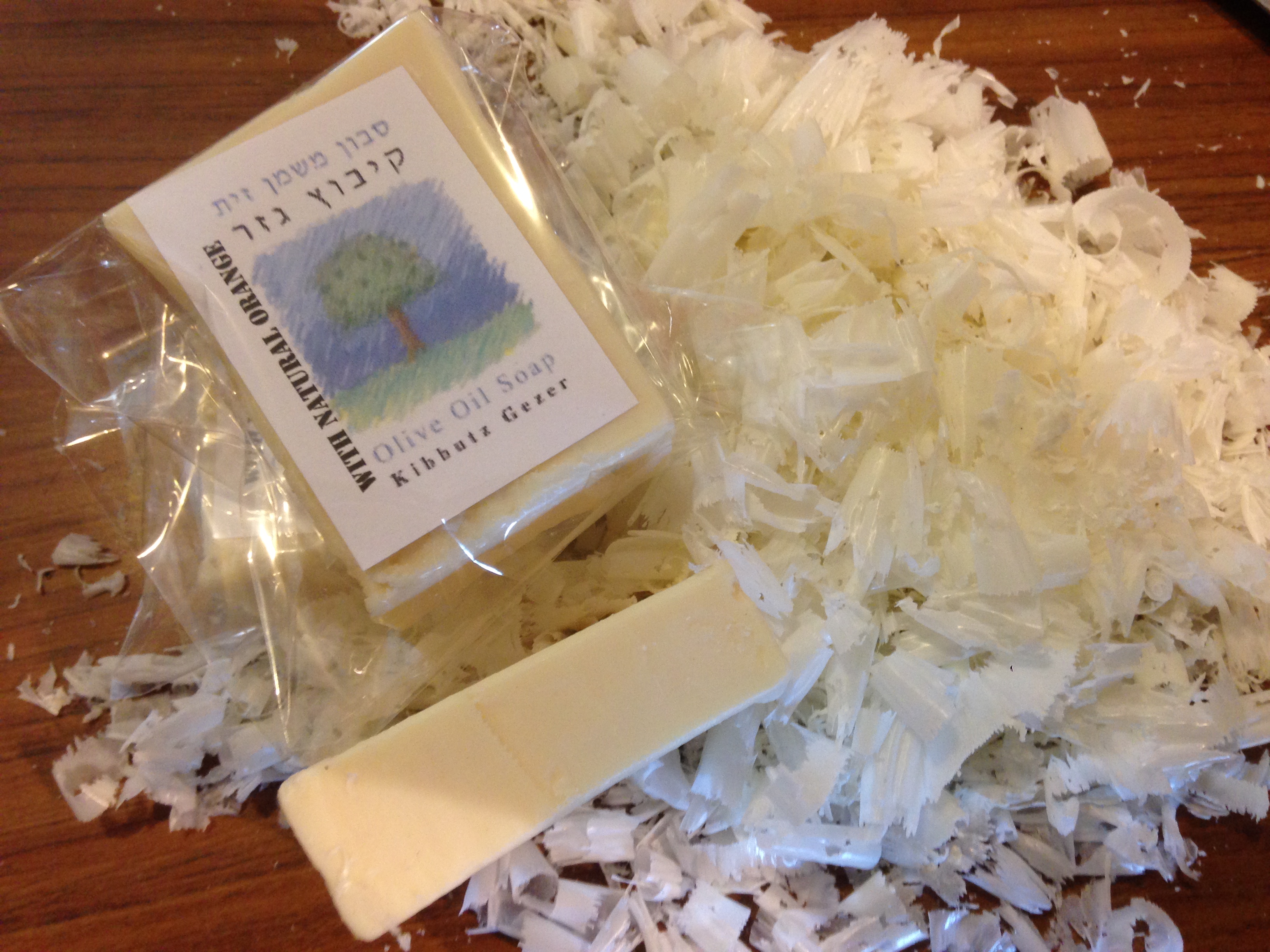
Living on the Kibbutz
For the first week and a half I shared a little apartment with an agricultural engineer, Biyiha, from Cameroon. He is currently working on a program to start the production of wheat in Cameroon and hopefully plant olive trees as well. He came to Israel to learn about olives and make connections with Israeli wheat breeders. His passion and love for his country would shine through his words as he spoke about Cameroon producing its own wheat instead of expensively importing it from abroad. After our time together Cameroon is definitely on my travel list, maybe I'll even be able to go help out on one of Biyiha's wheat farms.
The same night that Biyiha left to return to Africa I also had to leave the apartment because the original resident of the apartment was returning from traveling abroad. At this point I had already stayed longer than the one week I had discussed with Dani. Yet, it didn't look like my visa would be processed anytime soon. Dani had invited me to stay longer but couldn't provide housing due to the lack of space available. Luckily, one of my neighbor's, Nate, offered to share his apartment with me.
Nate was one of many people close to my age that I would spend time with on the kibbutz. He is currently in school studying international relations and also working for a security company in the nearby town of Ramla. When he wasn't working or studying we would jam together on his guitars, talk about differences between the US and Israel, and discuss religion and the many conflicts that face Israel. His hospitality was amazing and he always made sure I had everything that I needed.
Me and most of the crew. Itai, Nate, Golan, Lia, Yonatan, and Mickey.
Trip to Makhtesh Ramon
During one of the weekends I made a trip to the Makhtesh Ramon crater in the middle of the Negev Desert in the south of Israel. Not formed from the a meteorite impact, a makhtesh is formed over a course of hundreds of millions of years by water and other climatic forces. The crater is the world's largest makhtesh at 40 km long, 2-10 km wide, and up to 500 meters deep. It is a beautiful place with many scenic hikes through the area.
Looking down into Makhtesh Ramon
A Home in Israel
I never planned on staying at kibbutz Gezer longer than 1-2 weeks, but my visa ended up taking over four weeks to be processed. I am extremely grateful that I had the opportunity to stay in Gezer the entire time. The extra time I spent waiting for my visa has made me more excited than ever to get to India. The extra time has also given me the chance to better get to know many of the members of Gezer. Returning to this place in the future to spend time with the amazing group of people here and work again in the olives is a definite possibility. I encourage anyone who is interested in volunteering in Israel to consider Gezer.
Next stop, India.
Crossing Borders to Petra
My free trip through Israel ended and it was time to go exploring on my own. I initially had no plans to go to Jordan but after seeing a single photo of Petra I knew I had to go. I convinced a friend to join me for the adventure and we took off to see this wondrous city carved straight from the earth.
Leaving Israel
After Birthright ended it was time go exploring. After spending a few more nights in Israel, I headed to Jordan with Lionel (a friend from Birthright) to see one of the most beautiful man made places in the world, Petra.
After doing a bit of research, the border crossings seem to be the biggest challenge in making the trip to Petra. Jordan and Israel have been at peace for over 15 years, but one of the main crossings, the Allenby Bridge (King Hussein Bridge), goes directly through the west bank. Not wanting to put ourselves at risk or potentially face a 5 hour border crossing, we opted to cross the border in the south of Israel at Eilat. On the Jordanian side is the up and coming town of Aqaba. Aqaba is a perfect refuge for sun seekers, snorkelers, and scuba divers. From Aqaba we would journey to and from Petra and back to Israel.
With our route decided we left early in the morning from our friend Shimon’s home in Ashqelon, which is a mere 15 kilometers from Gaza and where we got to see one of Israel's Iron Dome systems. Our first bus went to Be’er Sheva, the most rapidly growing city in Israel, and from there we caught the second bus to Eilat for a total of 84 NIS (shekels) each. *A full account of our expenses minus food/gifts can be found at the bottom of the post.
After arriving in Eilat there were three options to getting to the border crossing – walk, hitchhike, or catch a cab. We were hoping to make it all the way to Petra, but the last bus leaves at 1 (or like all buses in Jordan, it leaves when it gets full so you never know). We decided to go for it and split a cab to the border for 30 NIS.
Arriving at the border crossing
Walking between Jordan and Israel
Leaving Israel we each paid a 104 NIS exit fee and before I could protest we had our passports stamped (to my dismay). At the time I didn’t want to receive any type of stamp in case I visited an Arab country not friendly towards Israel. I later learned that you can tell I visited Israel by my entrance stamp to Jordan so it didn’t matter.
The best thing about using the southern border crossing is that you don’t have to pay for a Jordanian visa. Jordan does this in order to promote commerce and travel to Aqaba. After the breezy walk across the border we were in Jordan. We got our passports stamped, exchanged a bit of money, and had a fun conversation with some guards who spoke no English. I think one has a brother in LA and another an uncle in New York. After going through my routine of “I’m from Chicago, you know Michael Jordan,” we listened to the guards ramble on and joke with smiles on our faces until we decided it was time to go.
Outside the gate was a sign showing the prices for rides to Petra, Amman, and Aqaba. We were running late and I was preparing myself to take spending the night in Aqaba instead of Petra in stride. The first cab driver approached us and asked us where we were going. I responded saying Aqaba, but as the driver probably faces several tourists a day his instincts said we were going to Petra. He countered with an offer to take us on the 1.5 hour drive for 45 JD (Jordan Dinars – worth a bit more than the Euro).
It was 10 JD cheaper than posted on the sign, but if someone starts to offer me a deal I usually try to get it for less. I countered with 40 and stood firm. The driver turned to the other drivers and after some conversing in Arabic we had a different taxi agree to take us for 40 JD. In the end we just wanted to get there, the buses may have stopped running, and the price was okay combined with the cheaper cost of the hostel near Petra. So we were off!
Our first view of Jordan from within its borders.
Wadi Musa & Little Petra
Outside Petra is the town called Wadi Musa. Many places around Jordan include the term “Wadi” meaning valley. There are multitudes of beautiful hikes through the valleys in Jordan and they are on my list if I make it back to Jordan. After almost 2 hours in the cab we arrived at the Saba’a Hotel (9 JD a night) in Wadi Musa, a 15 minute uphill walk from the entrance to Petra.
After exiting the car and refusing to pay a deposit to ensure a cheaper return ride to Aqaba (a deposit for a cab in a foreign country, I’ll keep my 10 JD thank you), we entered into the hostel to be greeted by a lovely elderly woman from the UK. Her daughter, Gail, and son-in law, Ibraham who is from Wadi Musa, own the hotel. After two cups of tea and a sack lunch we took Ibraham up on his offer to visit Little Petra for the remaining hour of daylight.
Taking off in his little car, Ibraham sped us through the curvy roads of Wadi Musa to Little Petra. Upon arriving, we decided to pay a young man for a quick tour through the area. I don’t remember much of anything he said. In all honesty I couldn’t really understand anything he said, but the scenery was unlike anything I had ever seen. Nothing could have made me more excited for Petra the next day.
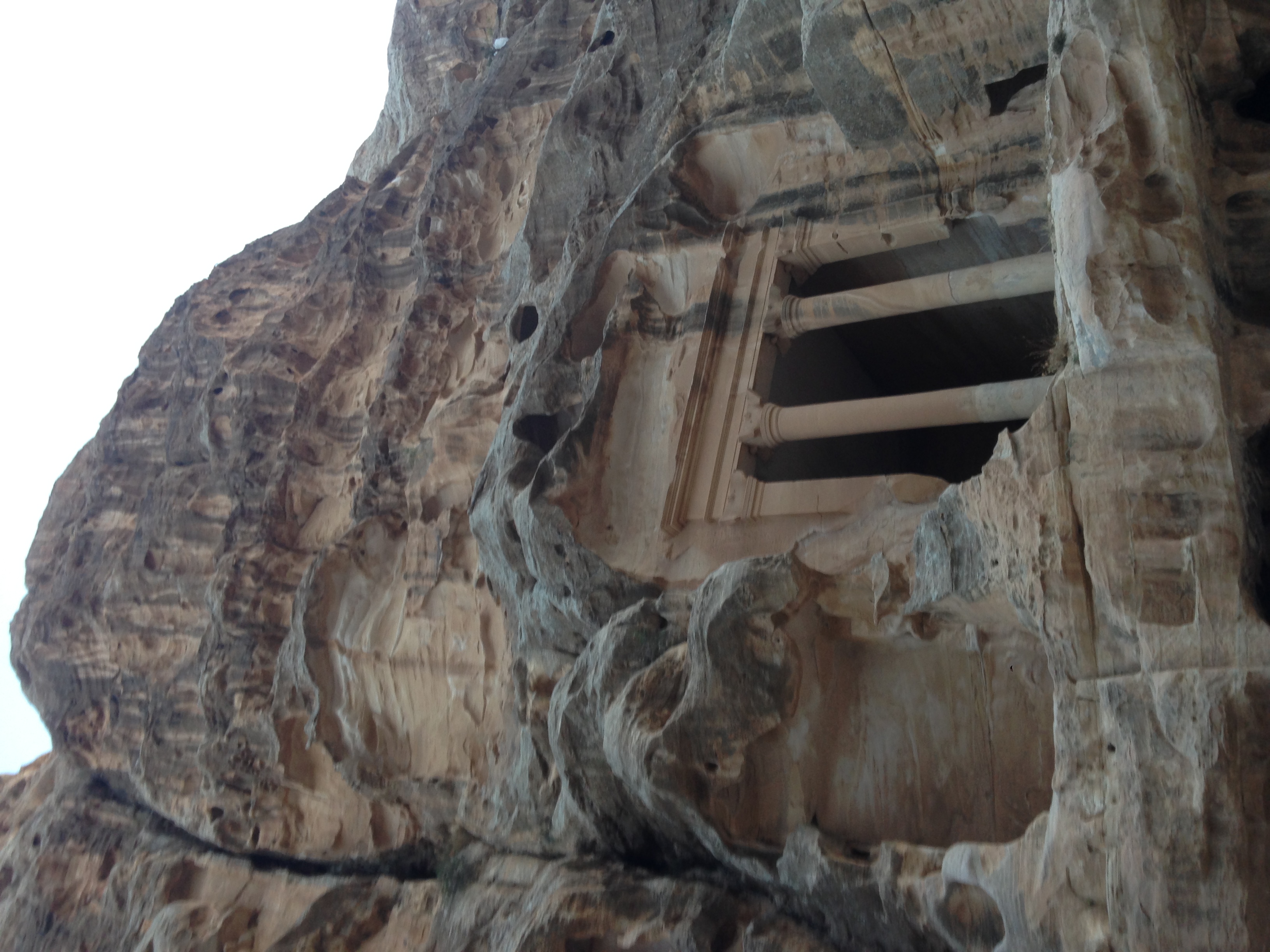
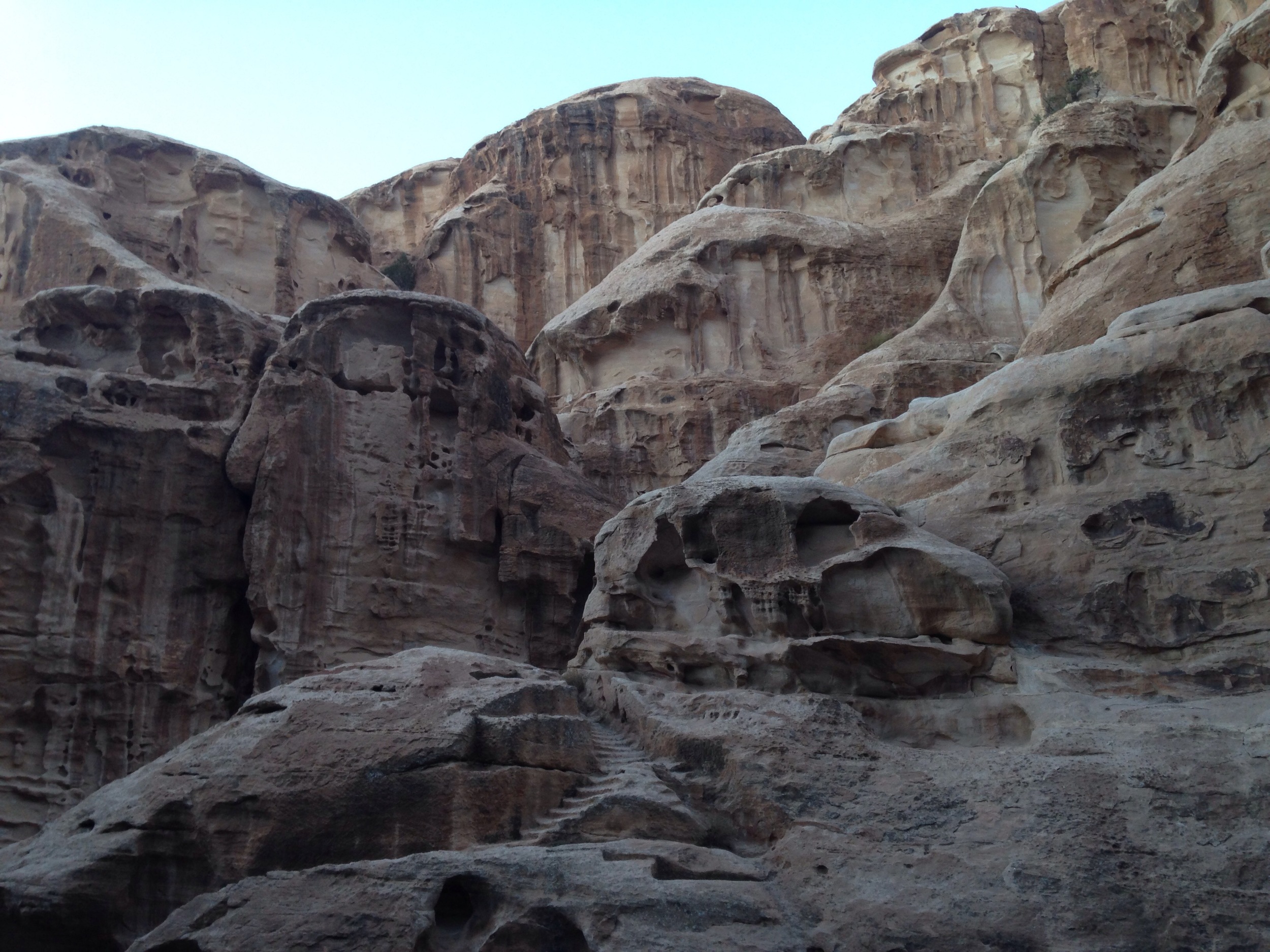

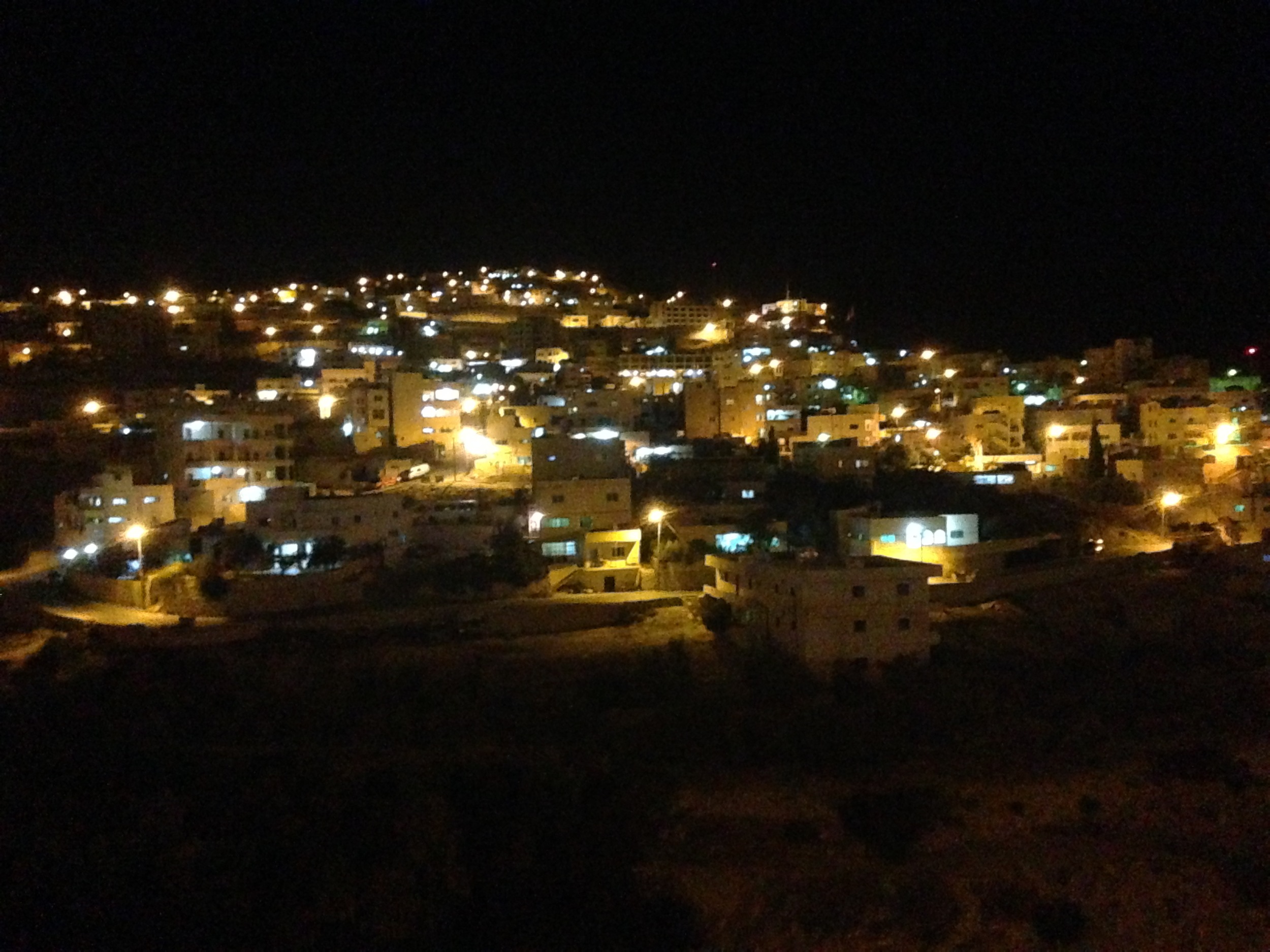
After a meal of mansaff at a restaurant back in Wadi Musa we were off to bed in preparation of an all day extravaganza in Petra. We were told that it takes most people two days to see everything, so we were gearing up to see if we could do it one.
Petra
Walking through the entrance gate of Petra (paying the 50 JD, wow!) I had no idea what I was in store for. After the gate we walked about 25 minutes down a dirt road. First we passed several Jordanians with horses and donkeys trying to convince us to take rides into Petra. Moving past them we walked on a cobbled lime stone path through walls of rock, a passageway called the Siq, until we were shot into an open area right in front of the treasury.
Walking the Siq
Lionel and I in front of the treasury
I was disappointed when we didn't walk through the open treasury door to enter into the rest of Petra. Instead, we journeyed around towards the right to begin the rest of our approximately 17 mile walk/hike through Petra. The idea of carving a city out of rock faces is astounding. Walking through the ruins I was in often left standing in awe, trying to soak up the breathtaking sights.
Our route through Petra
Here are a few of my highlights through the 8 hours day in Petra.
Getting lost on a side trail only to be saved by an old woman climbing down from Wadi Musa to her shop in Petra where she sells trinkets to tourists.
Climbing the 800 steps (it really didn’t feel like that much) to Ad-Deir (the monastery) and seeing the view over Jordan.
Taking a hike along a pass over the royal tombs that brought us to an overlook above the treasury. We spent a long time trying to find a way down and to our disappointment had to return the way we came. After returning we had a chance to look at the map once more and see that the path doesn't actually go all the way down. I'm glad we didn't try to find our own descent.
Walking out I was drained after such a long day of awesome exploration. Luckily on the way back Ibraham spotted us on the side of the road and gave us a ride up the hill back to the hostel.
Back to Israel
The next morning we caught the first bus (7 JD) out of Wadi Musa to Amman in the morning. We decided it was worth it to see the capital city and experience the border crossing through the west bank on the way back to Israel. When we arrived we got a cab from the station into the city to our hostel (5 JD). After dropping our bags off we looked up touristy things to do in Amman and left to find some lunch.
Amman
Best lunch options are down this alley in Amman
Our joint lunch of two falafel sandwiches came with an extra bag of falafel and cost 1.20 JD (under 2 bucks!). After refilling and walking around, both Lionel and I were a bit underwhelmed and felt an inexplicable need to see if we could make it back to Israel that day.
Returning to the hostel we still had to pay the fee for the night (5 JD) and then made contact with our Israeli friend Yonatan who would be picking us up at the bus station to stay at his kibbutz. Since it was after 2pm the only way to the border was by taxi (35 JD). 50 minutes into the ride we started seeing signs for the border, but before we reached it our cab driver pulled over next to 6 waiting cabs. I think there is an understood rule of who can drive to the border between cab drivers. We got out and got into a new cab, while our first driver paid the second a couple of dinars. 7 minutes later we were at the border.
With high walls, barbed wire, multiple checkpoints, and various patrolling guards with guns, the Allenby Bridge/King Hussein Bridge border crossing was a stark contrast to its sunny southern counterpart. We paid the 10 JD exit fee and jumped on the bus to take us across (8.5 JD).
Upon arriving at the Israeli checkpoint we went through customs with zero problems. I expected the bus to take us further towards Jerusalem, but it stopped just across into the west bank and we had to catch a group taxi into Jerusalem (47 NIS). We got dropped off quite suddenly and apparently in a random location next to another cab. As he was the only one around he made us pay a hefty price to be taken to the central bus station in Jerusalem (100 NIS for a 7 minute ride).
Back in civilization we took the bus to Kiryat Gat (26 NIS) and were met by our friend Yonatan, one of the Israeli soldiers who we met on Birthright. He took us to his kibbutz, Beit Nir, where we were fed by his wonderful mother and met many of his great friends. Falling asleep we were both happy we made the effort to return to Israel.
The green scenery around Beit Nir.
*What I paid to visit Petra:
It was an amazing experience and worth the money, even on such a short venture. I shall have to return to Jordan one day to explore the countryside that is riddled with beautiful valleys. Now, back in Israel it is time to figure out what comes next.
Arriving in Israel for my Birthright
My world travels began with a trip of undetermined length in Israel. I don't know how long I will stay here, but the first 10 days were magical with my Taglit Birthright trip. I traveled from north to south learning about Israel, meeting Israeli soldiers, and eating amazing food.
Israel
On November 9th (my birthday), I flew to Israel to begin traveling the world. Unlike most travelers, my flight and first ten days abroad was paid for by an organization called Taglit Birthright. Taglit is an organization that gives Jews outside of Israel the opportunity to travel the country, learn the history, and hear about current issues that are at the focal point of every day life. Participants are encouraged to reflect on their own Jewish identity and connect to Jewish history and culture.
Now, before I go further I’d like to say that I am not religious. I had a Bar Mitvah when I was 13, but that is where all religious activities ended in my life. I avoided Hillel groups in high school and college as being Jewish really had nothing to with anything outside my family. I decided to do Birthright simply for the free trip that would get me halfway around the world to begin my travels. I went with no expectations, simply content with a free trip. I received much, much more.
The 40+ members of my group in the Negev desert of Israel.
The trip was packed from dawn to dusk, with many of us averaging little more than 5 hours of sleep a night. We only had 10 days together and our group was more than happy to sacrifice sleep to spend time together.
We started north in the Golan Heights and explored areas near the Sea of Galilee. From there we traveled south visiting Tzfat, Tel Aviv, Jerusalem, Masada, Yad Vesham, Mt. Herzl, and Eilat. We floated in the Dead Sea, swam in the Red Sea, and rode camels after sleeping in a Bedouin tent.
Touring Israel and seeing the sights was fun, but the meaningful part of the trip came when we had the opportunity to talk. We discussed conflicts between Israel and its borders to the north with Lebanon and Syria, the Gaza strip, and the West Bank. I knew relatively little about Israel's history and many of the conflicts (internal and external). Generally, if news doesn't make it to ESPN I don't know about it. I am to an extent happily ignorant on these topics. I believe that the majority of media outlets never give the full story and I don't like hearing only one side of what is going on.
Israeli Soldiers
Three days into the trip we were joined by eight Israeli soldiers. For the five days they were with us the floodgate holding my questions back was released. I realize that the Israeli soldiers represent only one side of many conflicts in Israel, but hearing their experiences was a form of pure information, unfiltered by the media, that I relished.
The eight amazing soldiers who joined our group. From left to right: Noga, Shimon, Yuval, Alon, Tair, Roi, Noam, and Yonatan. Thank you so much for joining our group and sharing your experiences!
There is no better way to learn about a country than to talk to the people living there. Getting the chance to spend time with Israelis who were serving in the military taught me much more about Israel than I thought I would learn. Lying in bed at night asking whatever questions come to mind to your room mate or discussions that take as many twists and turns as the bus you are riding gave me a better understanding of what it is like to grow up and live in Israel. I am incredibly grateful to the Israeli soldiers who spent time with us and opened up their homes to many of us after the trip.
The Tour Guide
Our tour guide was Maxi Katzir, a former Israeli commando, who was part of the famous raid at Entebbe where he helped free hostages held by Palenstinian hijackers over 35 years ago in Uganda. While Maxi’s military feats are incredibly impressive, even to Israeli’s who all spend time in the military, his wealth of knowledge was like having the internet with you in the middle of the desert or on top of a mountain.
What is special is that Maxi rarely guides Birthright trips. He usually makes in 4 hours what he made in 10 days guiding us. He speaks seven languages and primarily guides private groups or politicians from all over the world. I felt like we had been given a gift having him guide our trip. You could point to any rock, plant, or tree and he could tell you if it is edible or if it has any historical or cultural significance. Having him share his stories with us about history, religion, and life really made the trip.
Maxi telling the group about the Carob tree.
Beginning my world travels with this trip was a great decision. I was skeptical about traveling around in a large group and "finding my Jewish self." My group ended up being great. I could sit down with anyone and have a great conversation about anything. I don't think my perception of myself changed over the course of this trip, but I have come away with a few things about Judaism that I think deserve to be mentioned and remembered.
Make the world a better place - During the trip Maxi said that being Jewish can be boiled down to a single idea, living your life to make the world better. It may be cliche, but this is a concept that I am proud is part of this faith.
Never, ever, stop asking questions - Apparently Jews have been questioning God (and everything else) throughout history. I highly recommend everyone to always ask questions, even about issues that seem beyond questioning. There is so much to learn and so much that can be improved. I believe asking questions is essential to making the world a better place. Even traditions that have been in place for thousands of years should not be exempt from questioning.
Always attend Shabbat dinner if you have the chance - I don't need to avoid participating in Jewish holidays/activities (especially Shabbat) because I am not with my family. Having a Friday evening meal is like celebrating Thanksgiving every week, I don't know what could be better than this.
Birthright gave me a wonderful opportunity to see Israel and craft many friendships with Americans and Israelis. I already know that many of these friendships will last a long time and that means it was a 10 days well spent.
Here are more photos from my Birthright trip in Israel. Enjoy!
Oh and I forgot! The food here is amazing. Falafel, shawarma, hummus, and so much more. I think I've eaten more hummus in the past two weeks than I have in my entire life and it's awesome. My sister would be so proud at how many vegetables I have been eating every day.
Exploring the World with One Bag
In one week I’m off to travel the world. I don’t how long I’ll be gone or everywhere I will go. I have a one-way ticket to Israel and plan to travel east from there. I don’t know if I will be gone for only six months or for over two years. What I do know is that I like to travel light and moving light means bringing only what I need.
In one week I’m off to travel the world. I don’t how long I’ll be gone or everywhere I will go. I have a one-way ticket to Israel and plan to travel east from there. I don’t know if I will be gone for only six months or for over two years. What I do know is that I like to travel light and moving light means bringing only what I need.
Over the past month I have traveled across the country visiting friends and family. Every time one of them sees my single bag they’re astonished at how little I seem to bring. I’m not an expert at packing for travel or even folding well to save space, but I thought I would shed some light on all I’m bringing for the indefinite future.
Osprey Talon 44 Backpack
I like to be mobile and that means being able to put everything I have on my back. Rolling suitcases and over-sized duffels are perfect for packing everything you own when you are moving between the taxi to the hotel. However, you can’t hoist them for miles through the woods or carry them all day in a city. I picked the Talon for a couple of reasons. It fits me well, I can carry it on an airplane, and it forces me to keep my load under 30 pounds.
What’s Inside the Bag.
Clothing:
1 pair of Jeans
1 pair of Lightweight Hiking Pants
-Also serves as khakis for the potential nicer occasion
2 pairs of Shorts
-Two pairs of hybrid shorts that dry as quick as a bathing suit but are comfortable for every day wear.
4 T-shirts
2 Collared Shirts
-It's always good to be able to put on a collared shirt for a nice evening in town.
4 Long Sleeve Shirts
-One regular. One capilene shirt as it is good to have clothing that will keep you warm when wet. Two slightly heavier shirts with hoods that add warmth if I need to layer.
Chacos
-Chacos are ideal for almost any activity. They are comfortable on easy hikes and perfect for the water. I will most likely end up wearing these the majority of the time.
Rain jacket
Jacket
-One final layer for protection from wind and the colder elements. If I layer correctly I will still be warm even in snow.
Shoes
-A pair of lightweight running shoes that I can use to work out, go hiking, or wear out to a nicer dinner.
Socks and Underwear
-Includes two pairs of Smartwool hiking socks and one pair of long underwear.
Sunglasses and Baseball cap
Electronics:
Laptop
-I debated not bringing my laptop as it is the single heaviest item I have, but one of my goals while traveling is to capture and share my story. Processing pictures, editing video, and writing a blog require a computer and I think it will be worth having it. It is always nice to relax with a movie from time to time as well.
Kindle
-Real books are great, but while traveling nothing beats a Kindle. I love to read and being able to load up on books and carry them with me everywhere I go is a must.
iPhone
-I primarily plan to use my phone to take photos and videos. I don't plan on buying an international service plan, but instead will use wi-fi when I can find it. If I am in a country long enough a may get a local sim card.
GoPro Camera + Pole
-A tiny camera perfect for anything from action shots to beautiful time-lapses. I'm not a pro but I hope to capture many great travel experiences with this camera.
Travel Adapter
-I am only carrying the adapter for Europe and Asia. When I get somewhere else I'll pick up the adapter for that region.
GoalZero Portable Solar Charger
-I want to be able to take photos and videos even on multi-week trips through nature. As long as it's not cloudy every day this will allow me to charge my smaller devices.
2 Headphones
External Hard Drive
-There is nothing worse than losing all of your photos, videos, music, and documents that you have on your computer. I left one hard drive at home with everything that was currently stored on my computer and will continually back up my computer on the one I carry with me throughout the trip.
Toiletries / Medical:
I bring all of the normal toiletries in small enough containers to carry onto an airplane. Once I run out I just refill with whatever I can get wherever I am. As often as possible I like to find products like Dr. Bronner's, which you can use for shampoo, soap, laundry detergent, and more.
In case I get sick I have a bottle full of various medicine to help with sinus issues, headaches, pain, and even severe stomach sickness.
The Rest:
Arcteryx Cierzo 18 – Day Pack
-Thanks to a friend of mine for introducing me to this bag. It holds everything I need for a day or even an over night trip. Best part of all is that it is compressible and fits inside my main pack when I am not using it.
Notebook and Pen
-It's important to be able to jot down travel plans, addresses, and ideas when you need to. You can't always rely on a computer or a phone to store information.
Deck of Cards
-One of the best ways to make friends or keep yourself amused.
P-Cord
-P-cord is one of the most helpful things to have while traveling. You can use it as a laundry line, to tie things down or to your backpack, and to make a rope. The uses are only limited by what you can think of.
Water Bottle
-Hydration is key to being a happy traveler.
The rest of the rest - Combo lock, Carabiners, Bottle Opener, Passport (don't go abroad without it), Extra copies of passport and important documents, Extra Passport Photos, Headlamp, Plastic Bags, Harmonica, Frisbee, Chopsticks.
Everything I need to travel the world.
And there you have it. Everything I've listed fits into my backpack with plenty of space to store food and souvenirs along the way. My current pack list is aimed towards Israel and spending time in that region of the world. When I get to colder climates I'll figure out if I need to pick something up to stay warm. I have plenty of room to fit more stuff in my pack or at the very least strap it to the outside.
Lastly, I do my best to be open to trying new things, being flexible, and staying positive in every situation. There will be problems, but that is just part of the adventure and I can't wait for it to begin.
If you think I forgot anything important that I should bring on my travels let me know in the comments. Also, if you would like to receive an email when I publish a new post, subscribe to my blog below:
























































